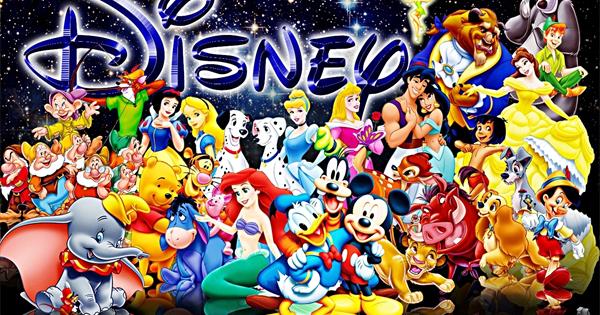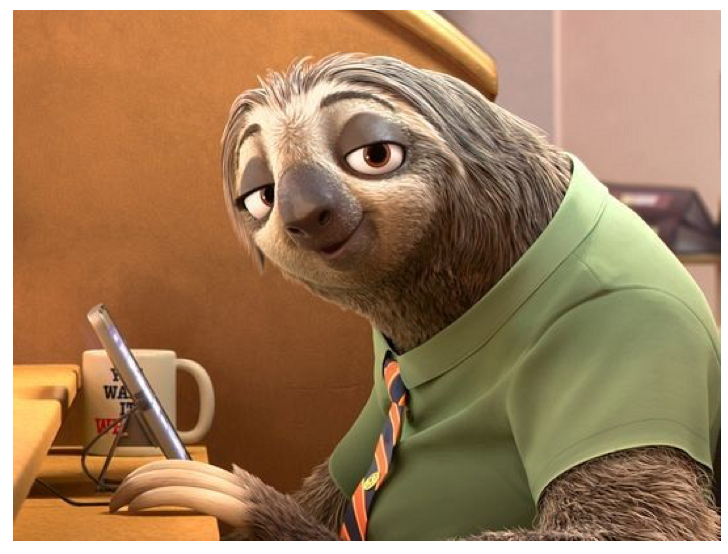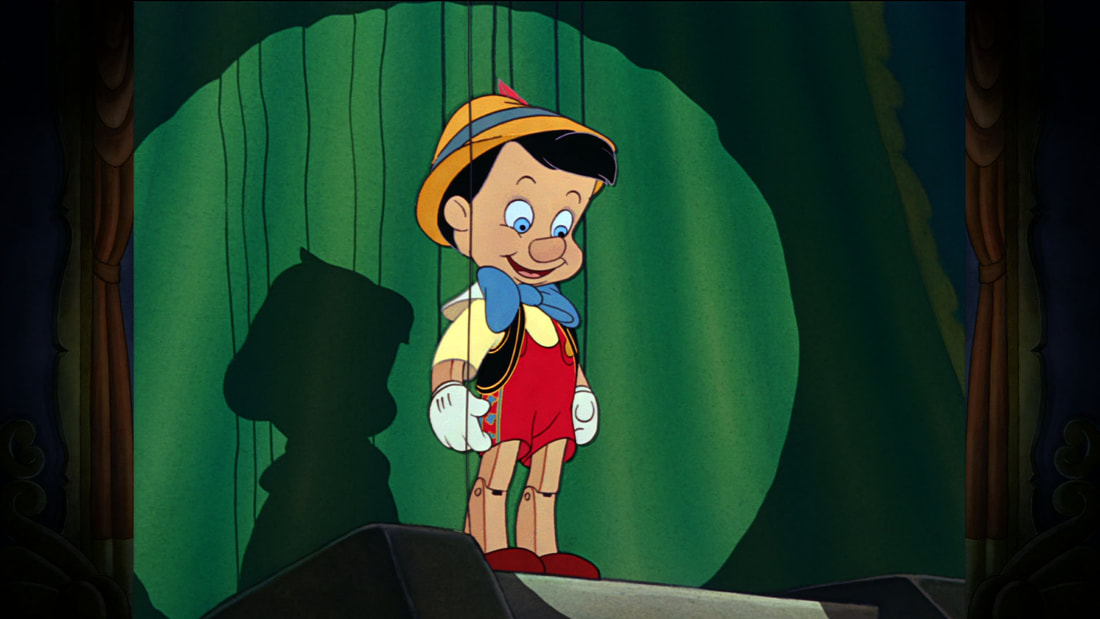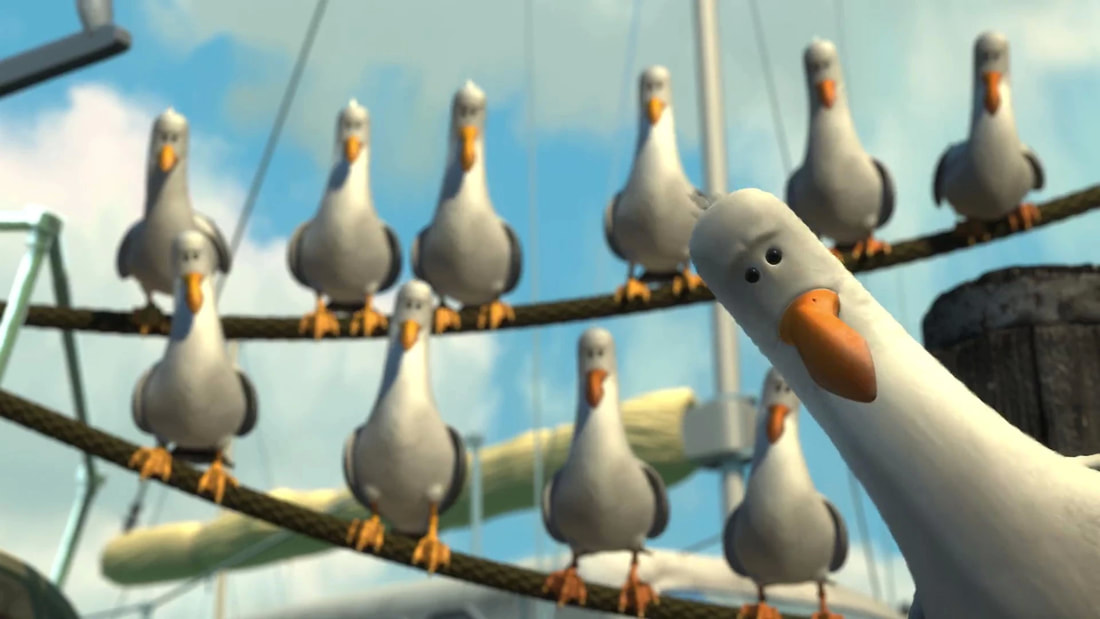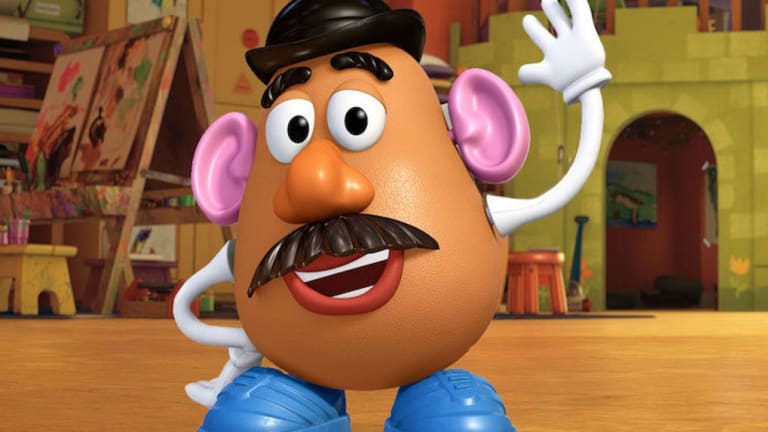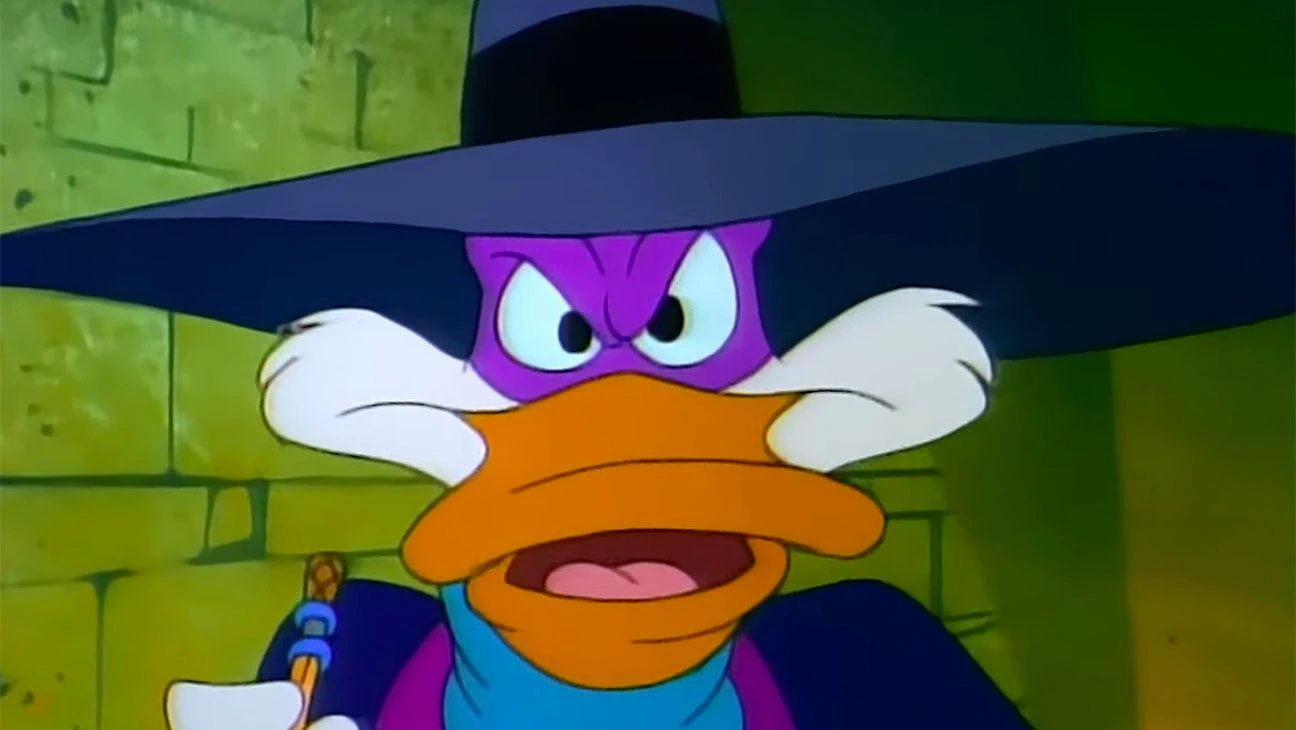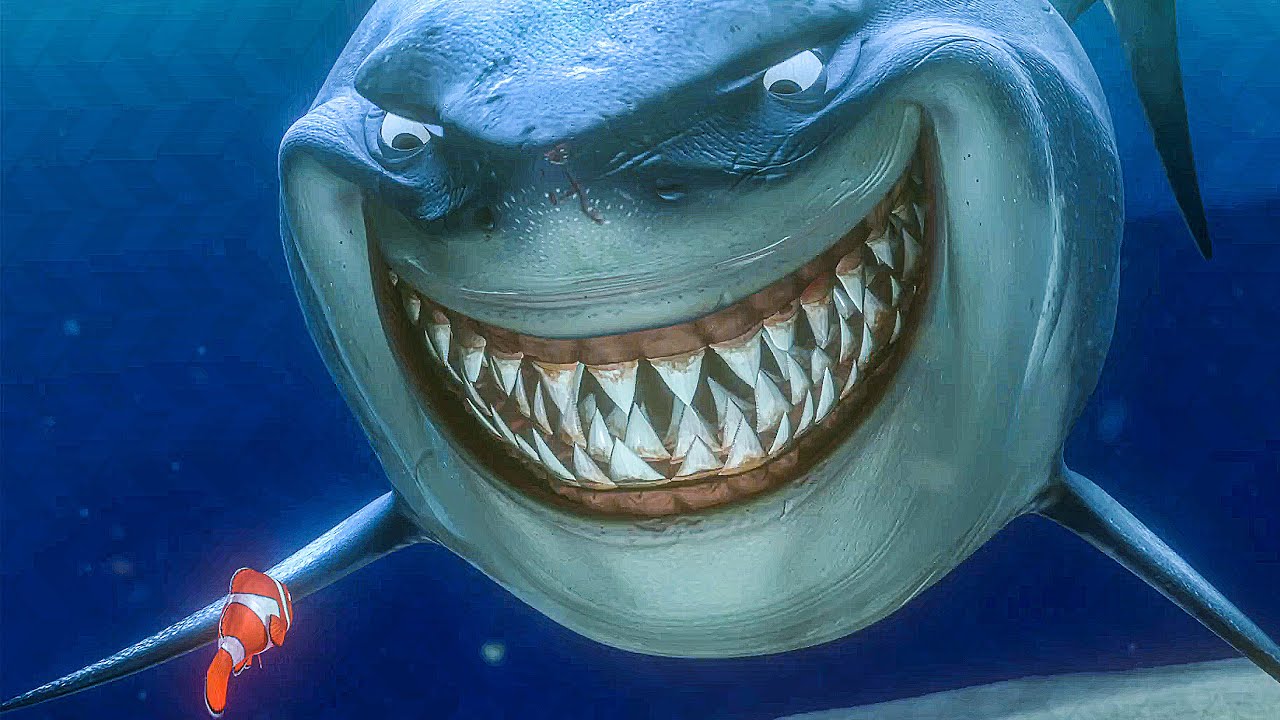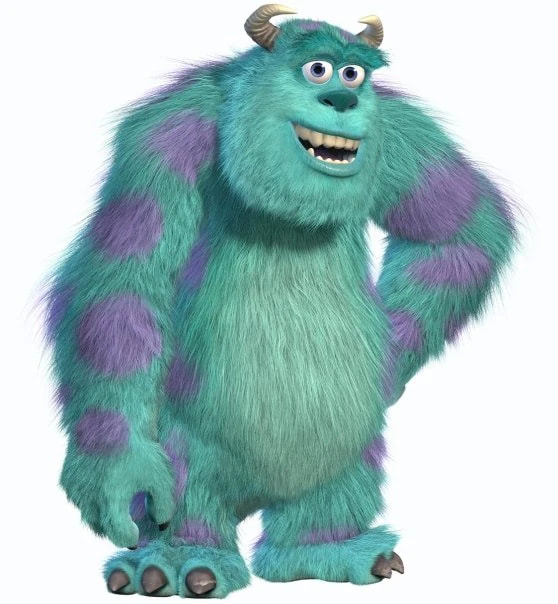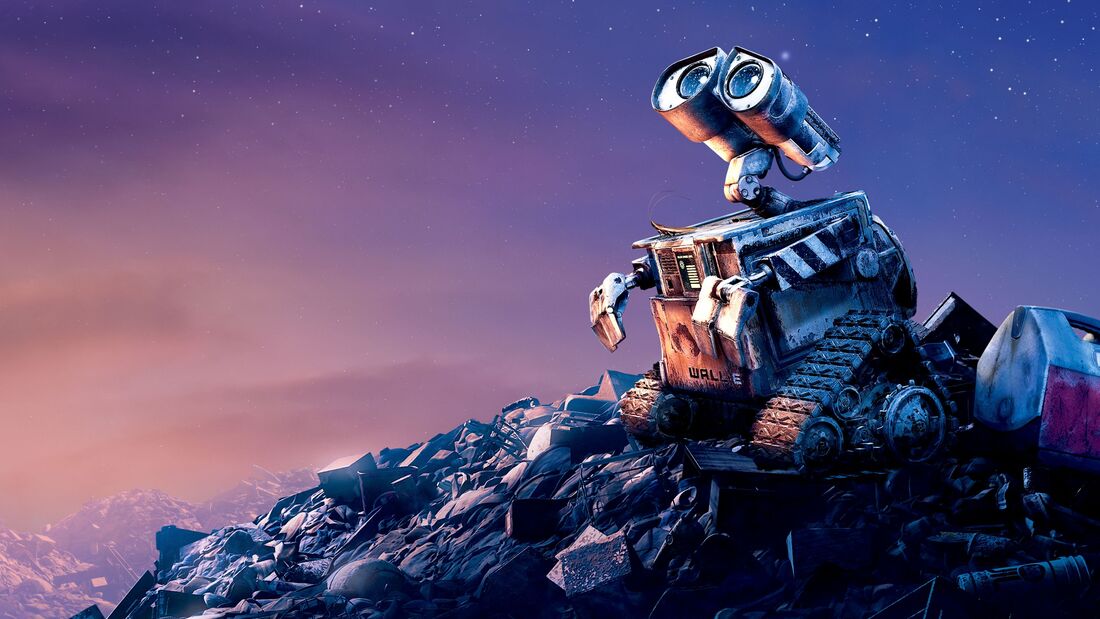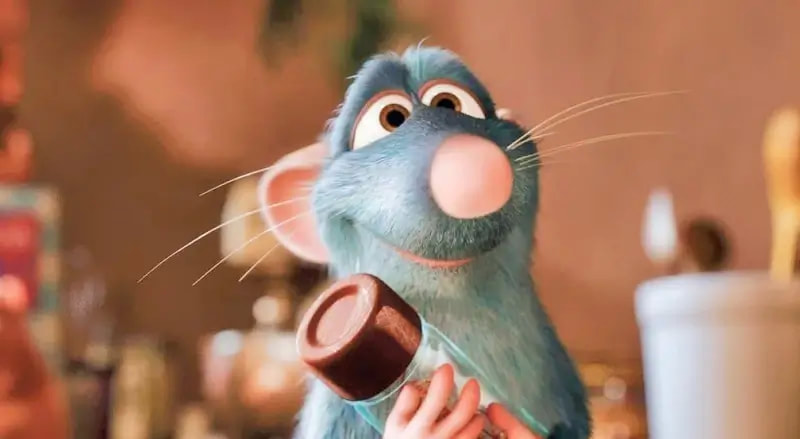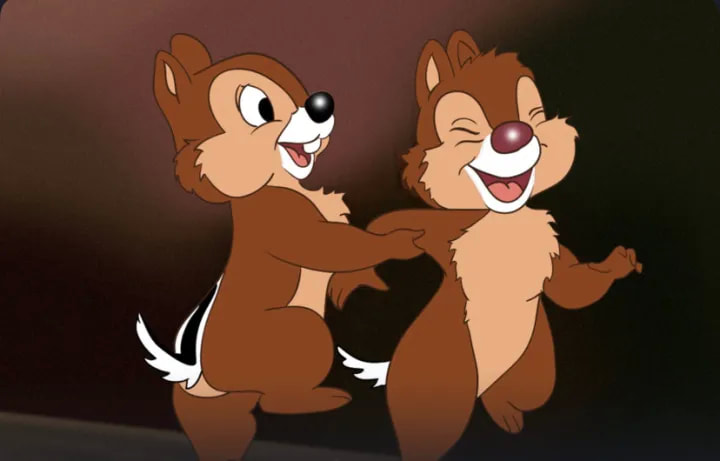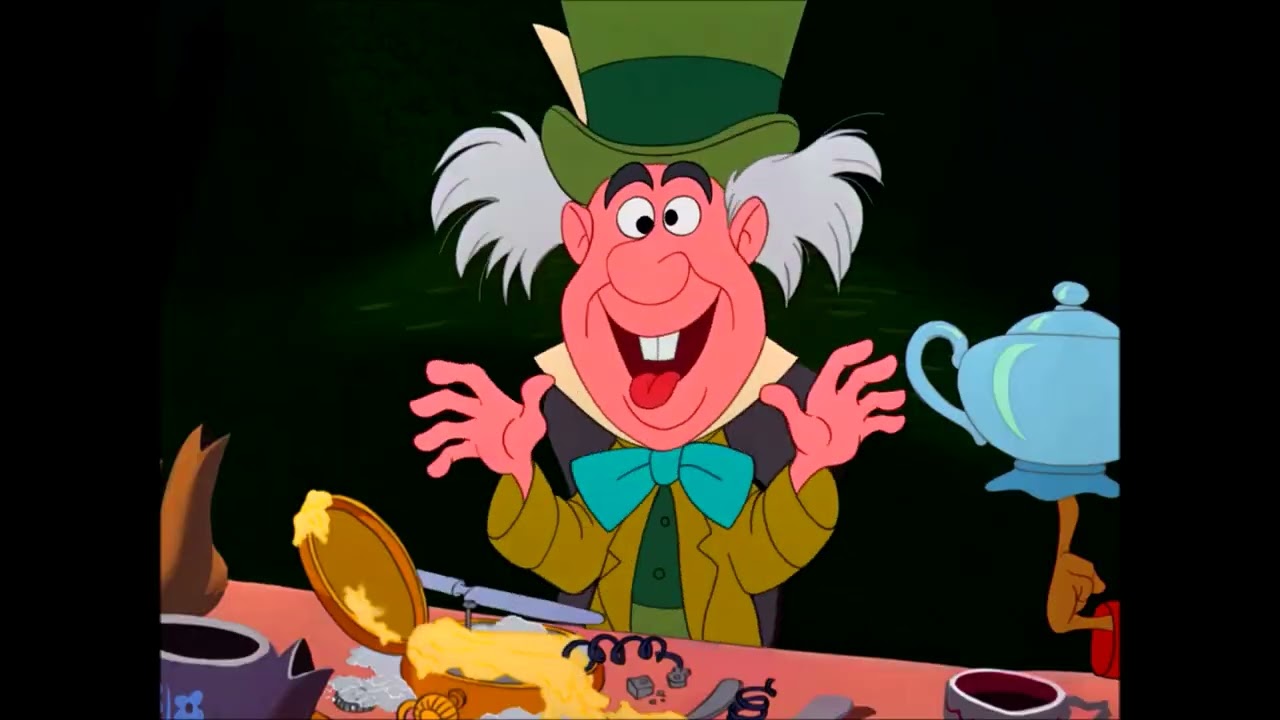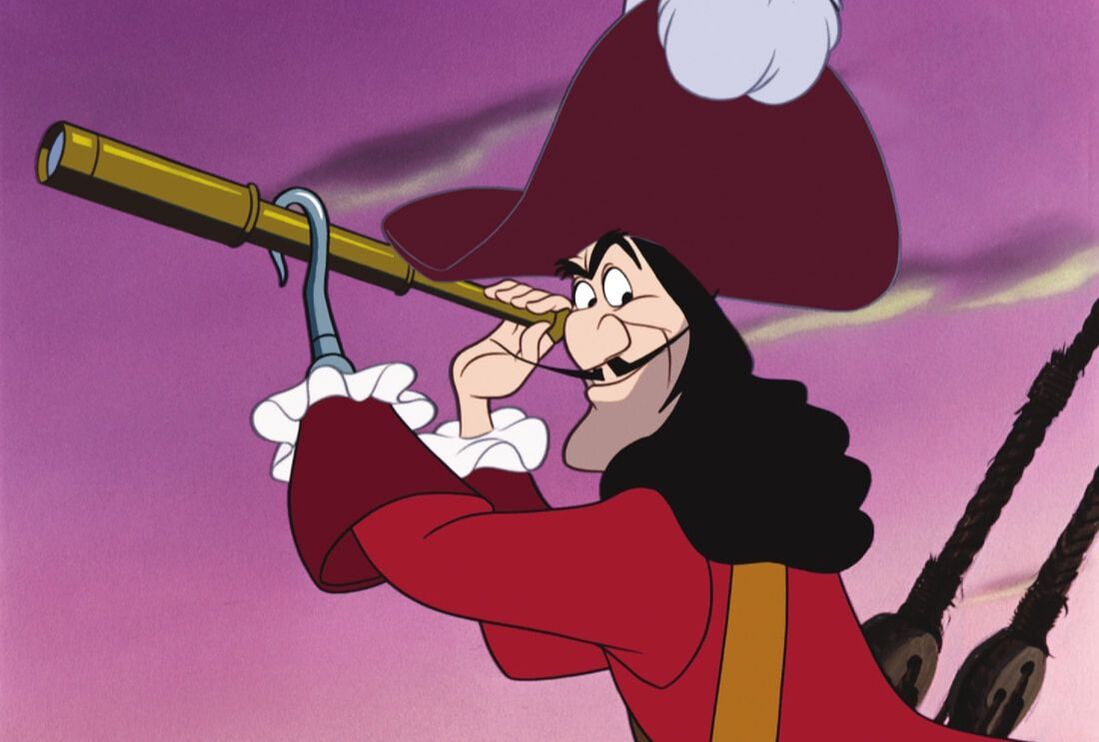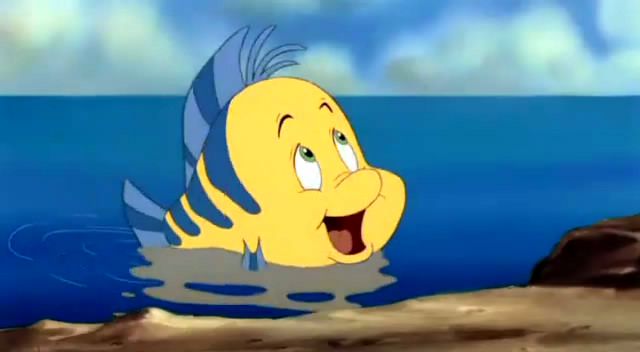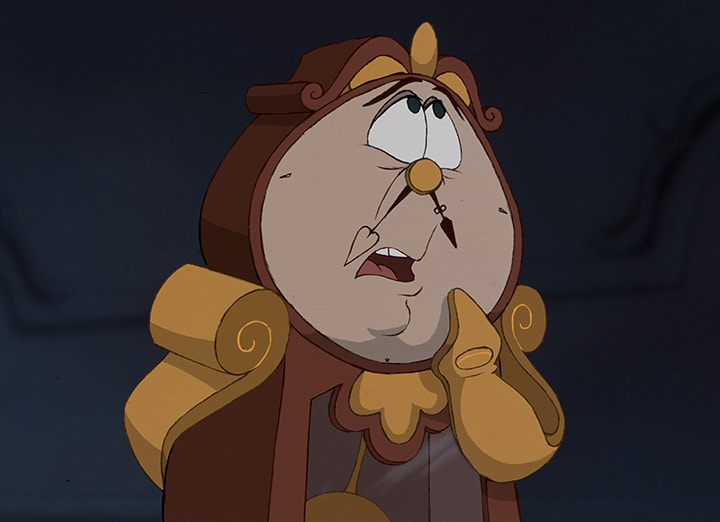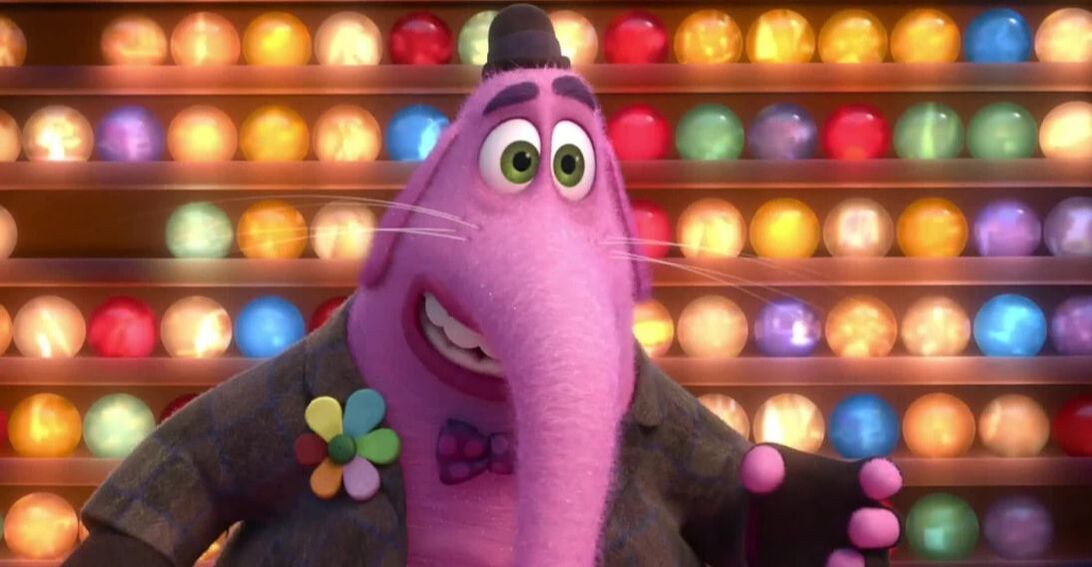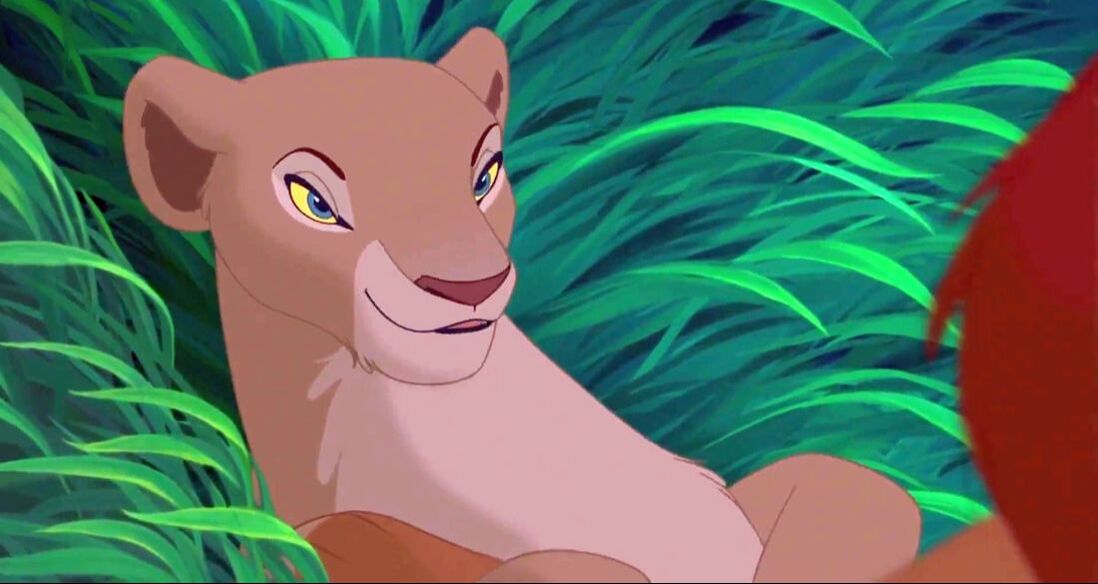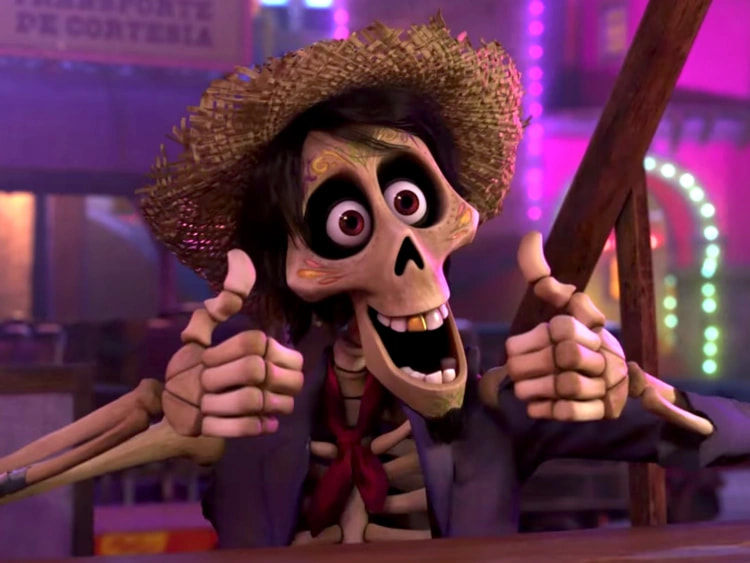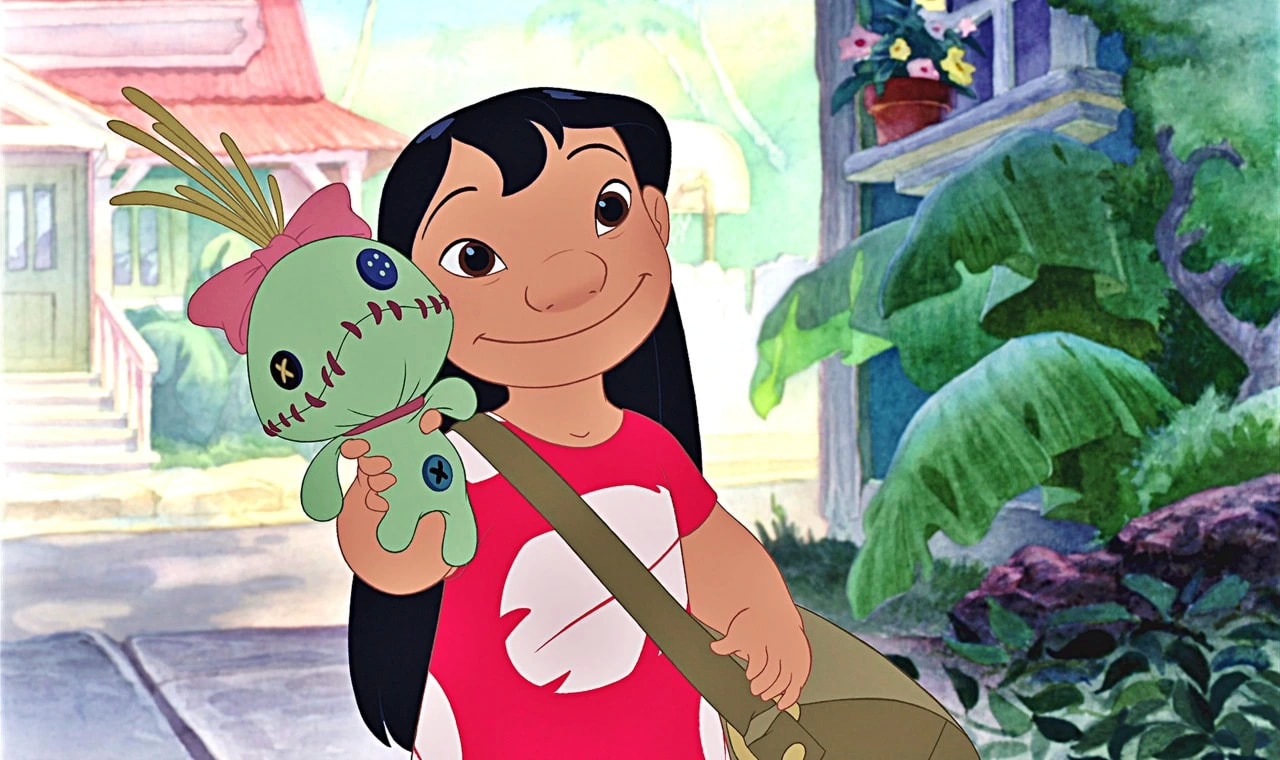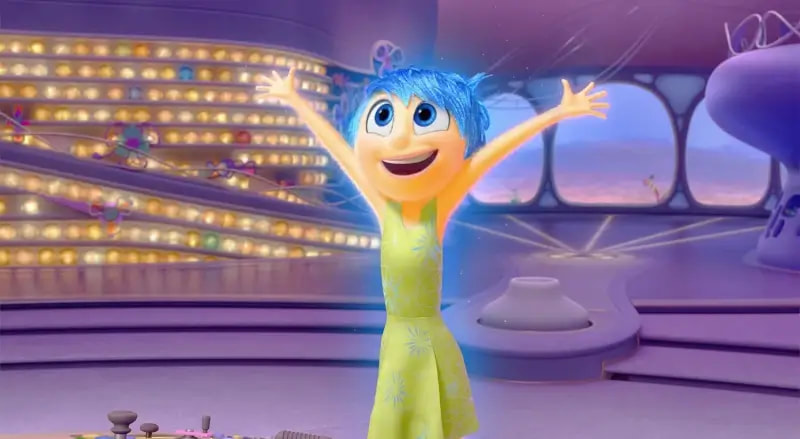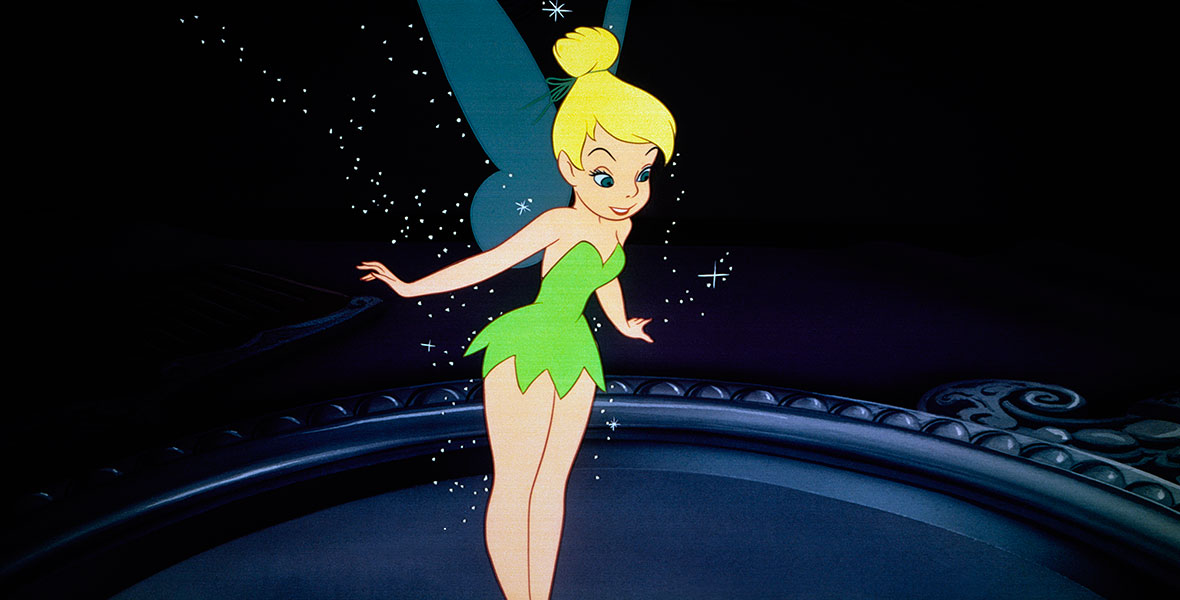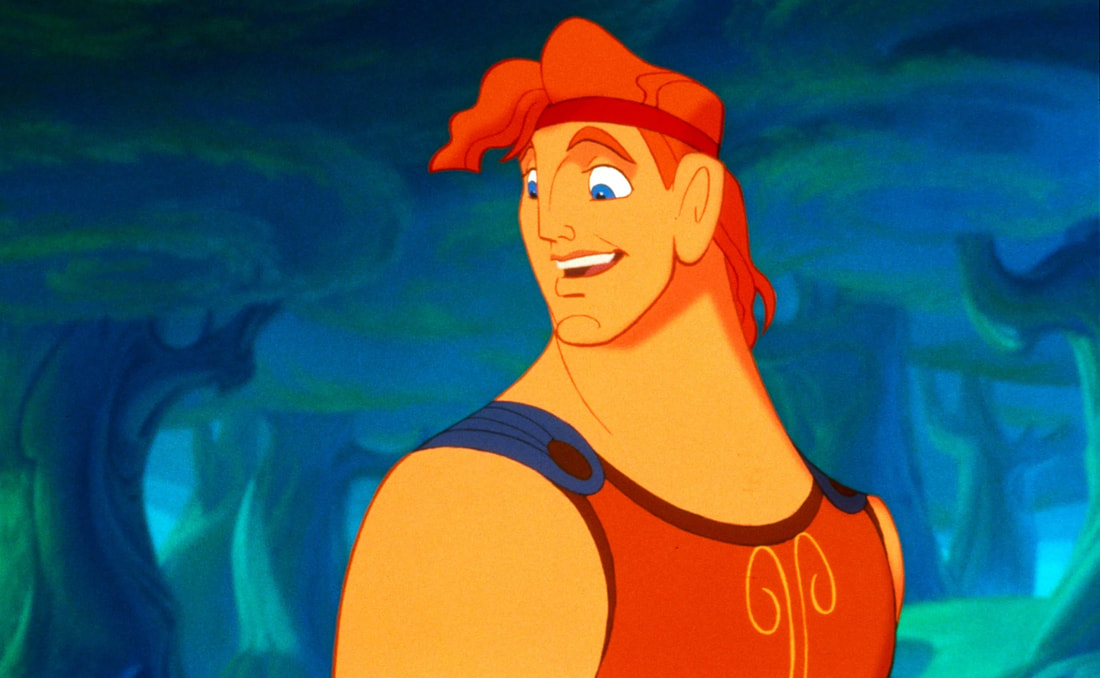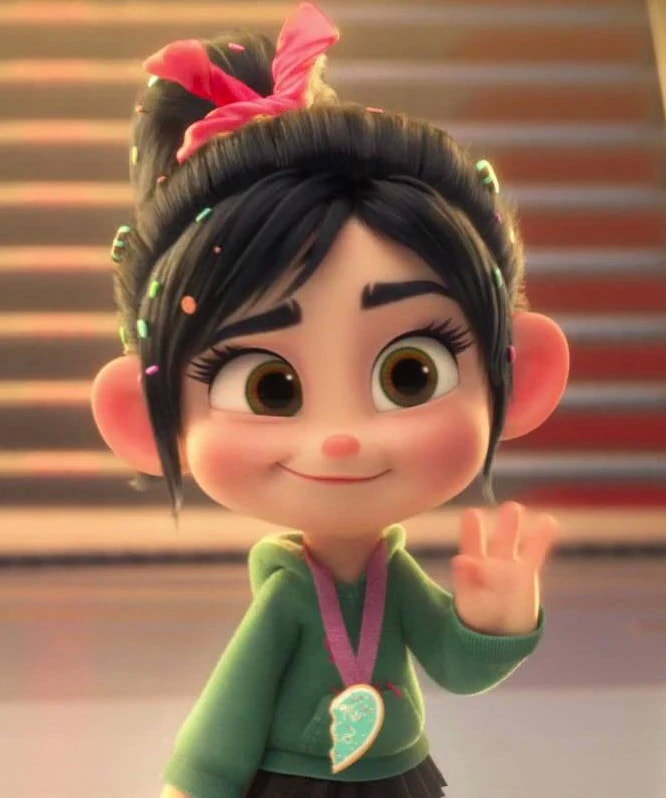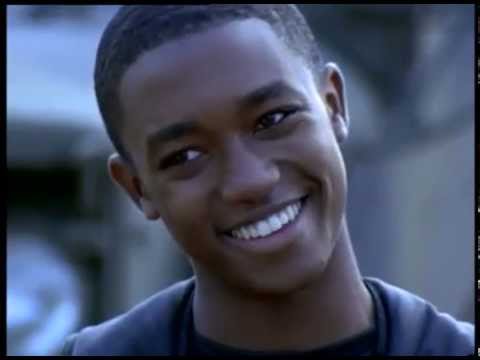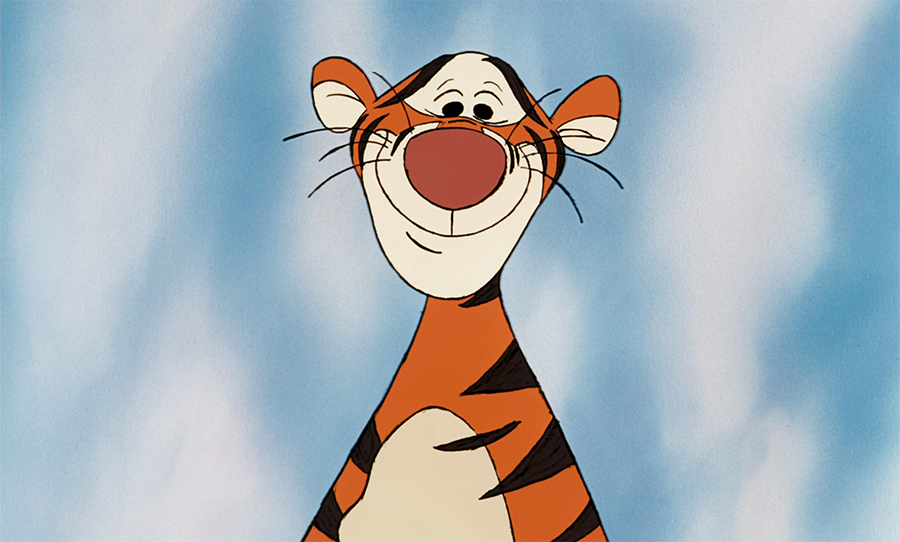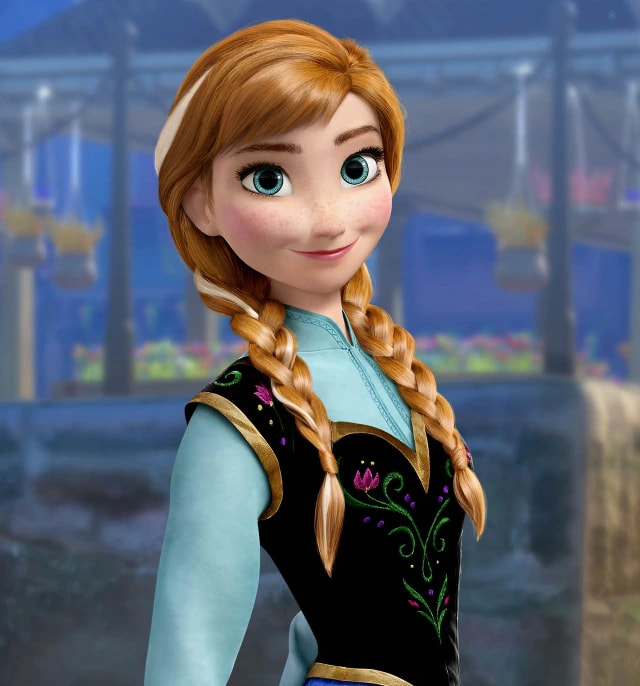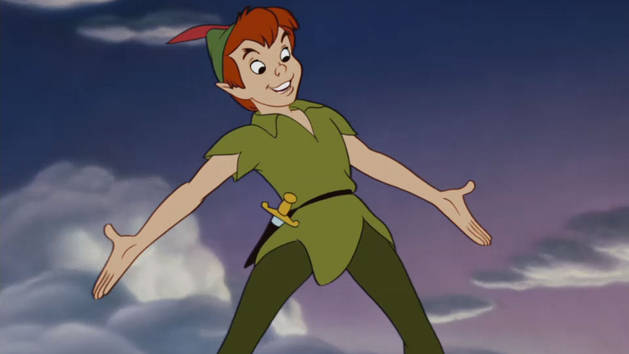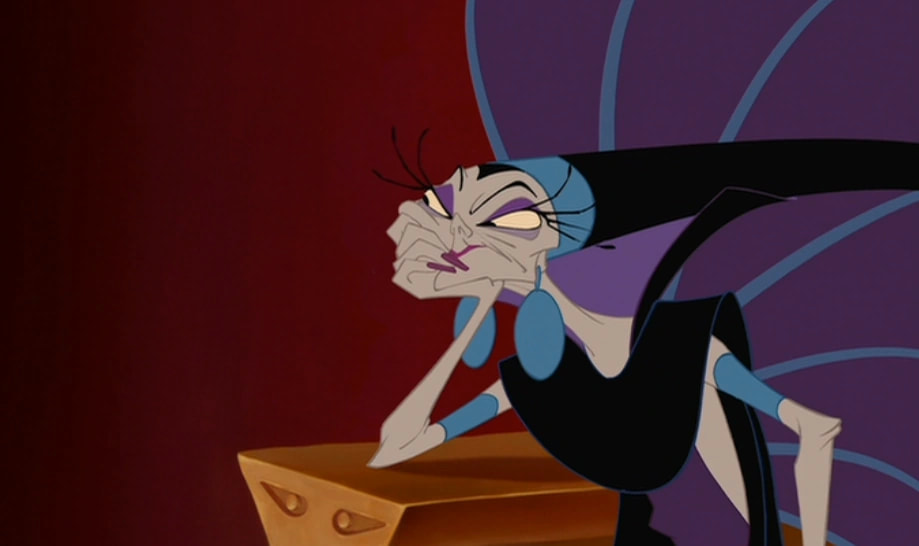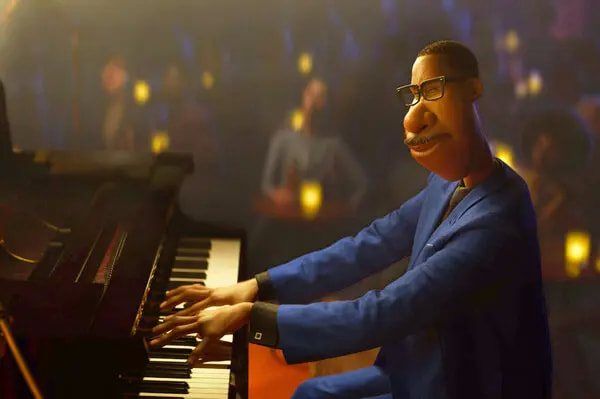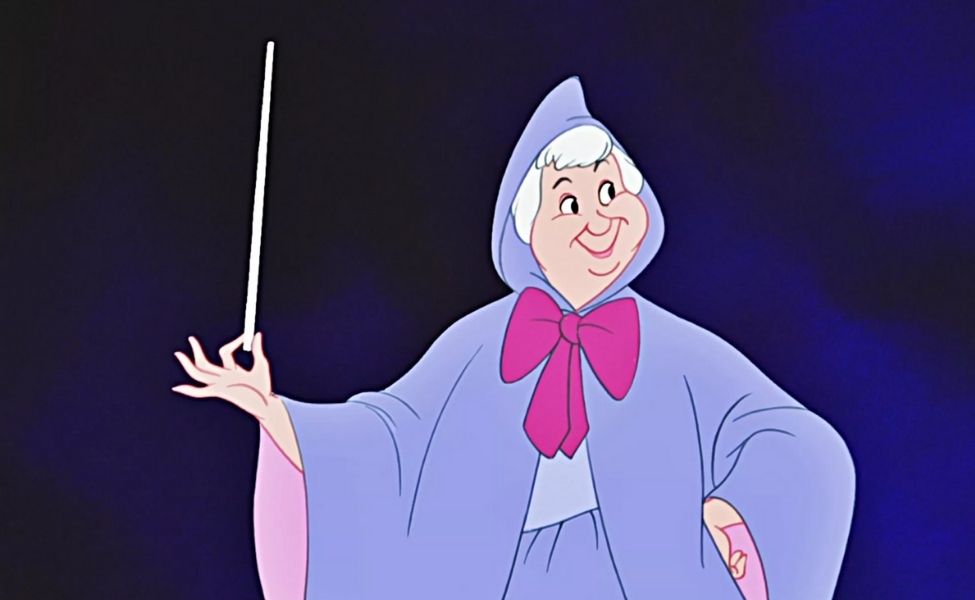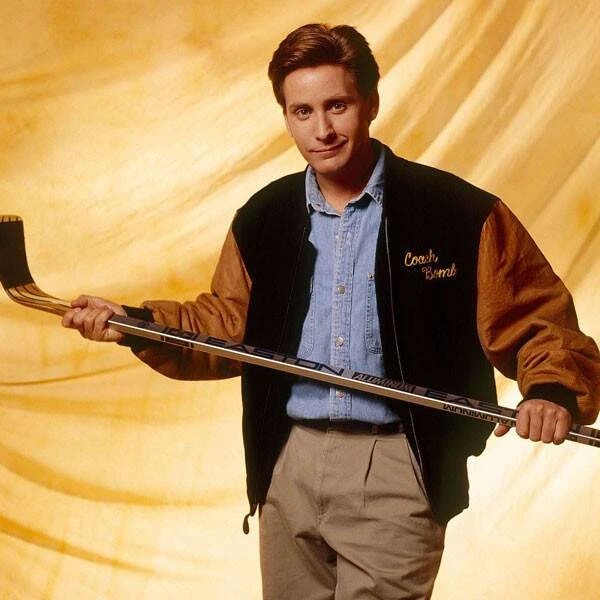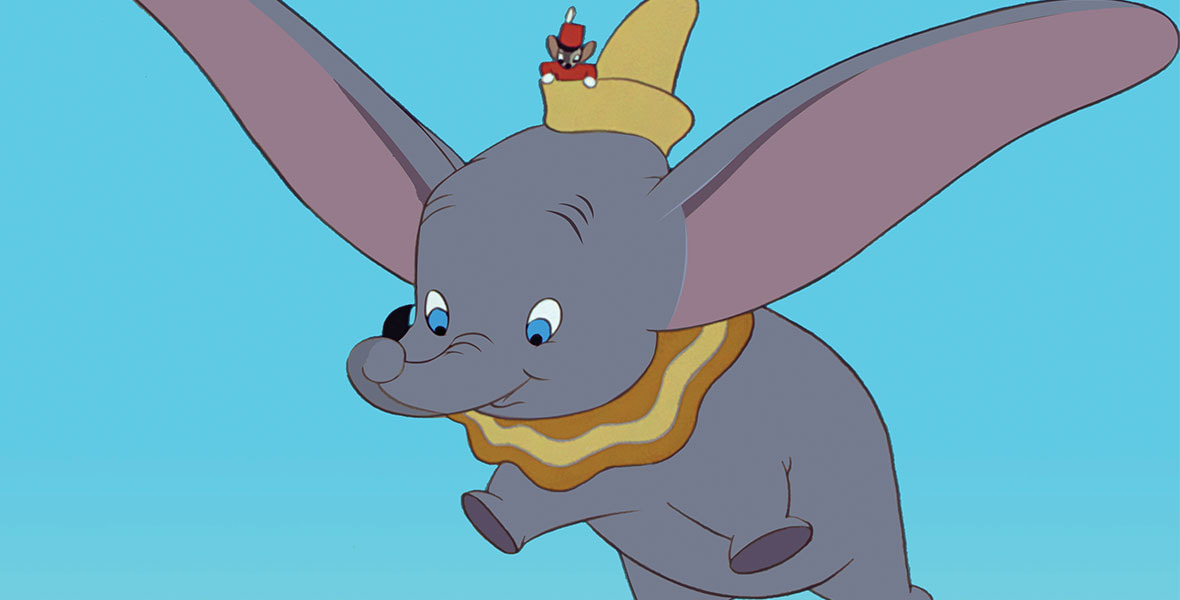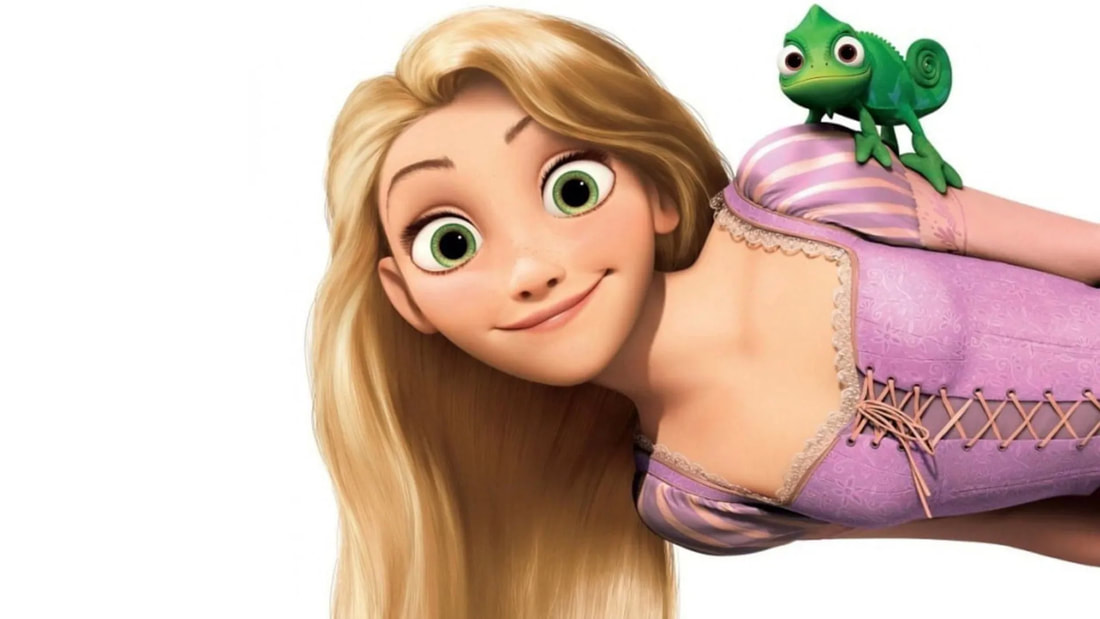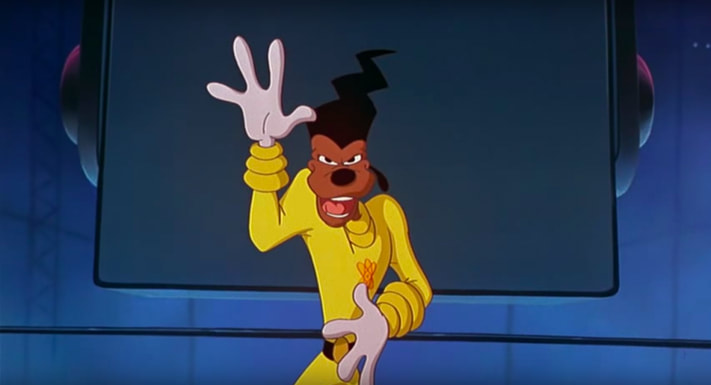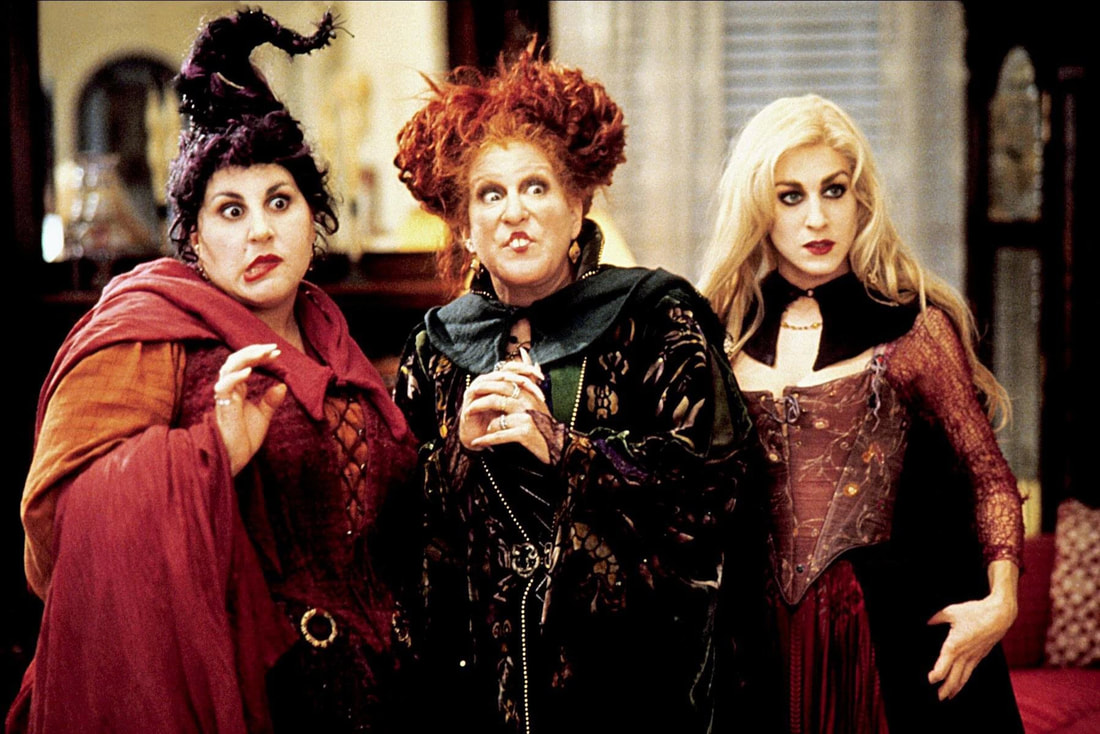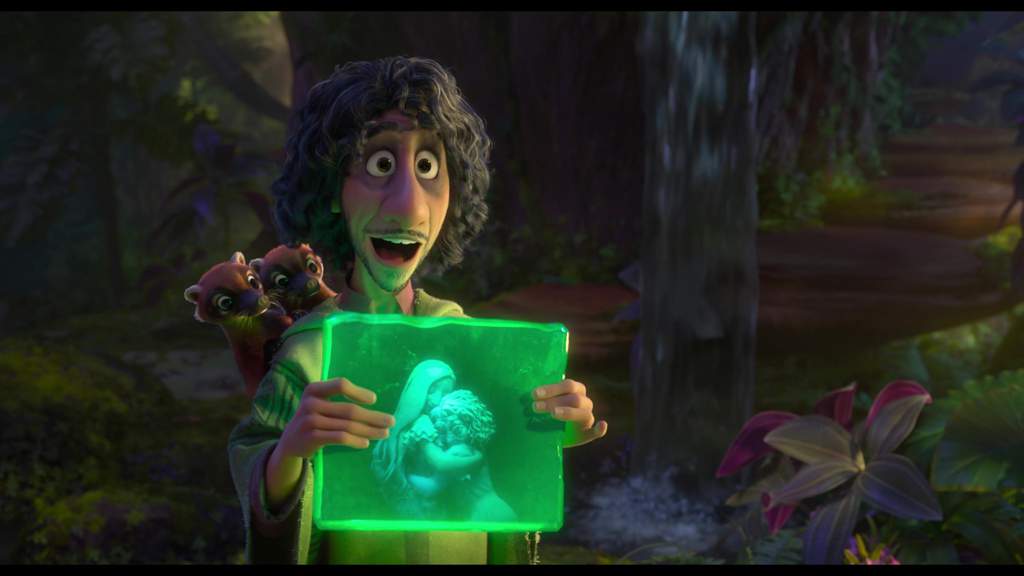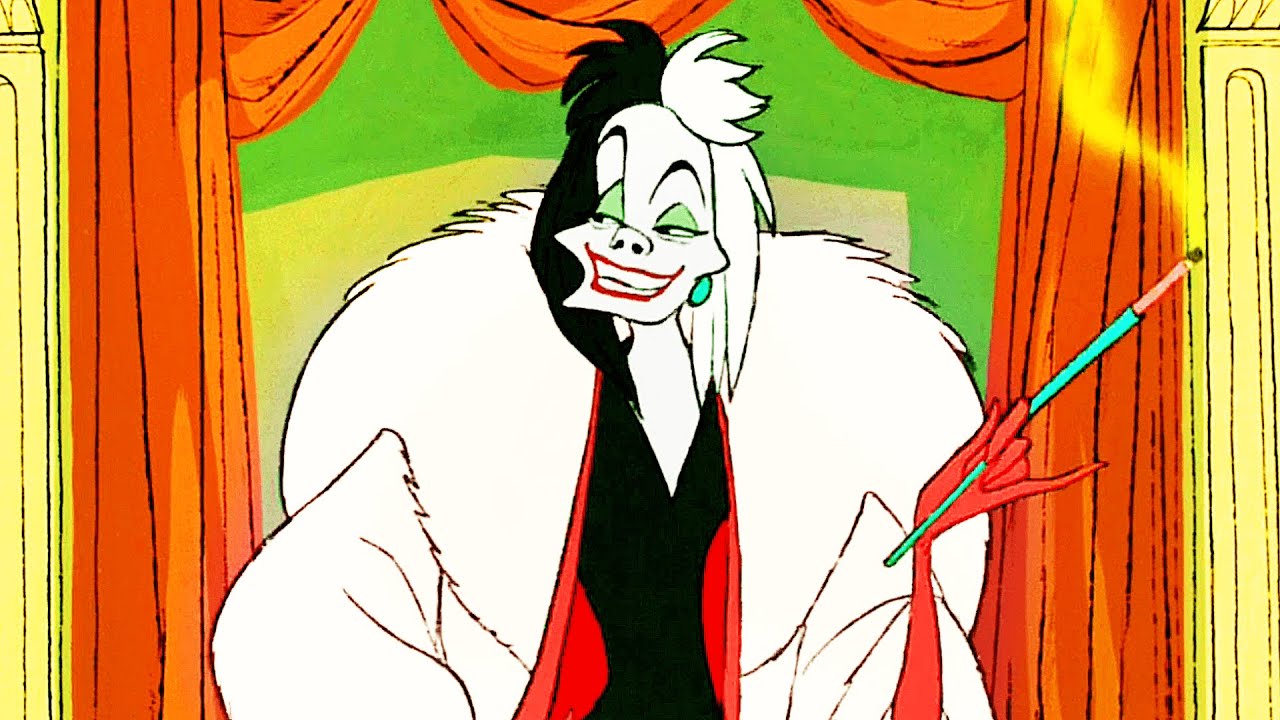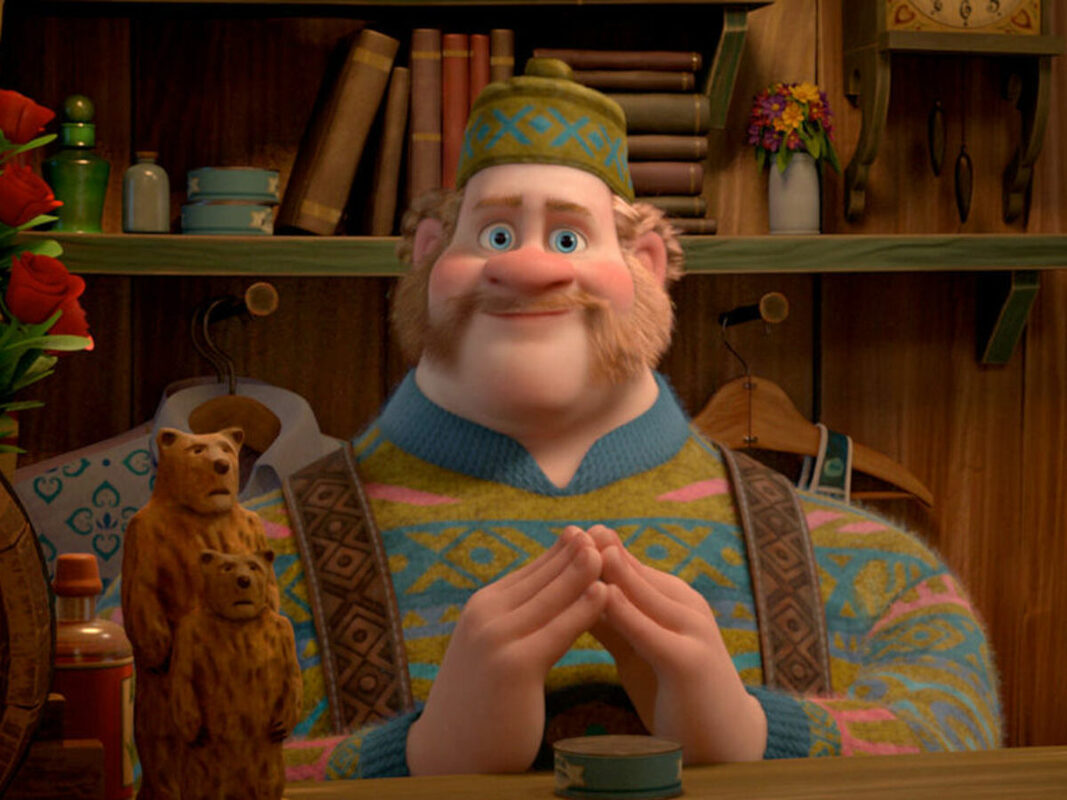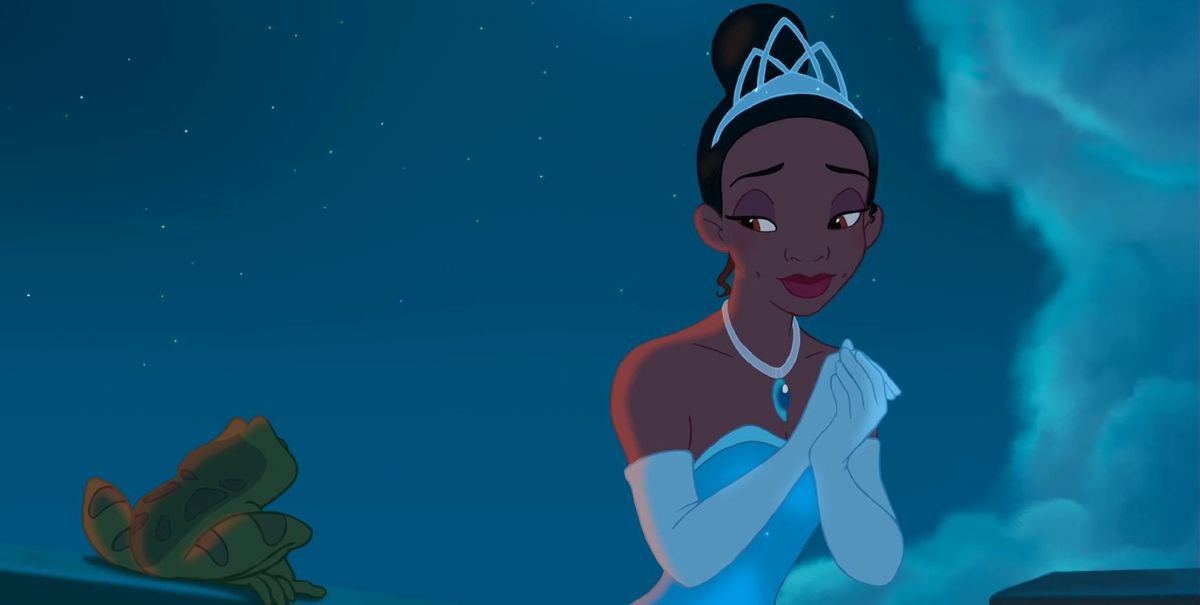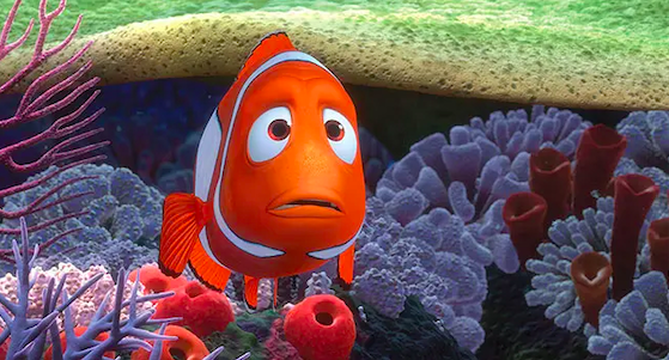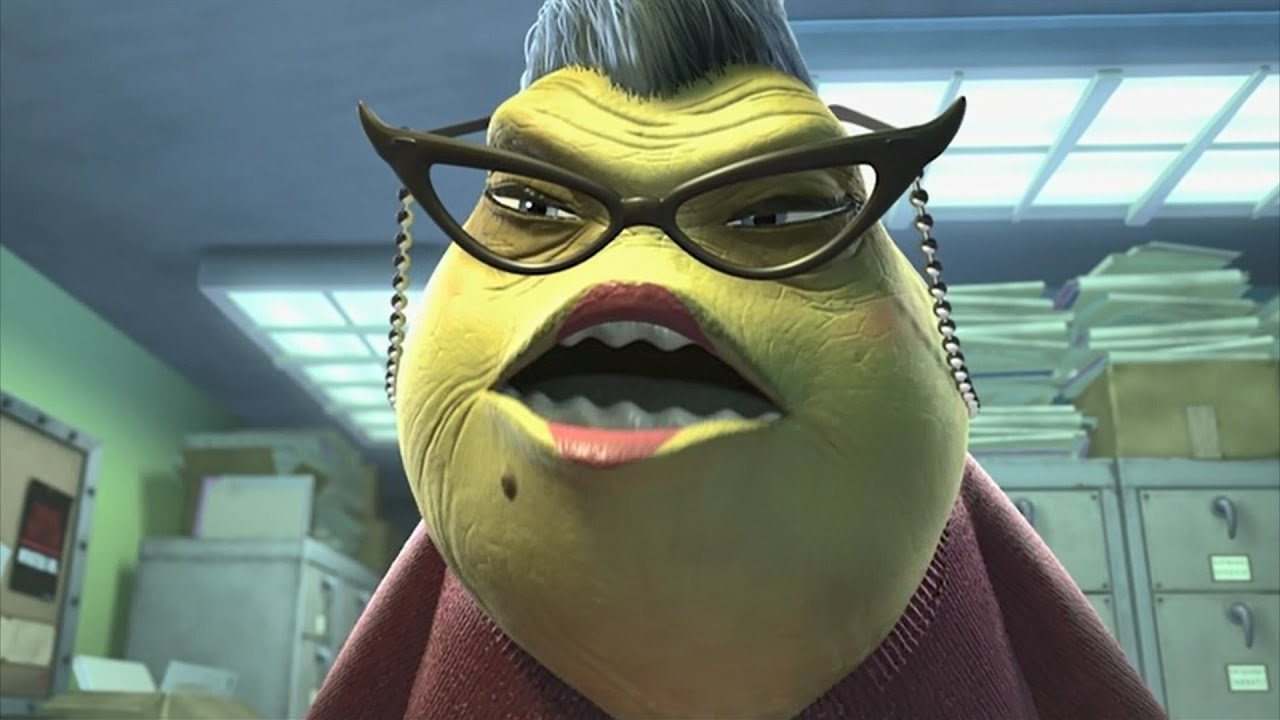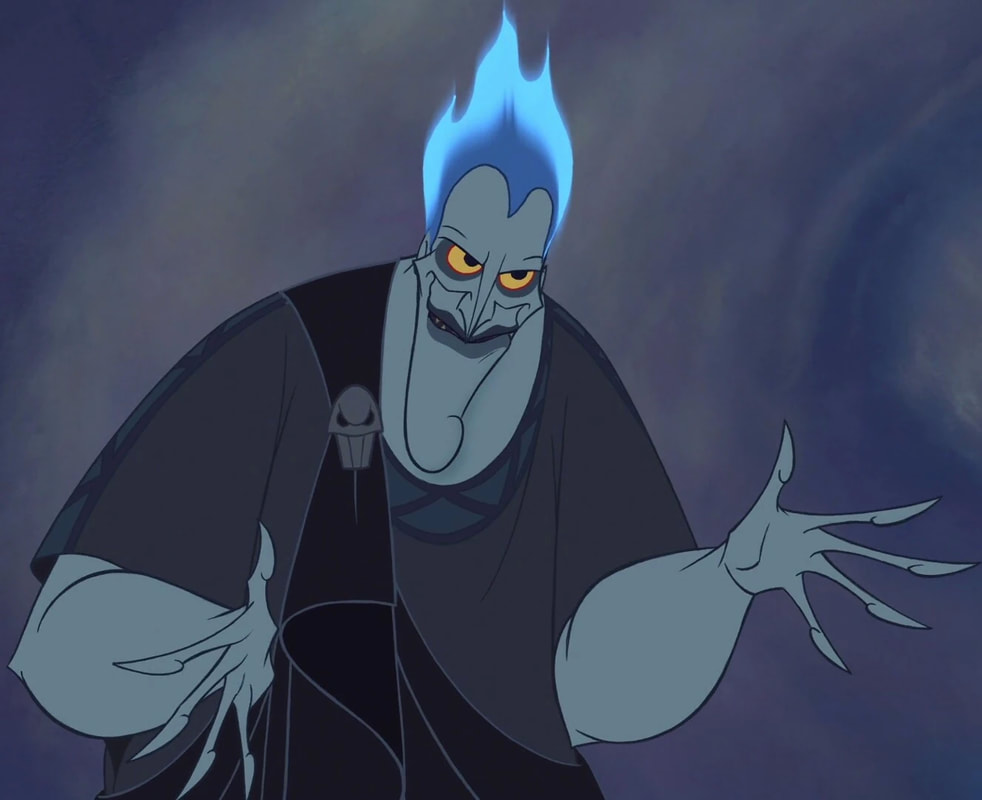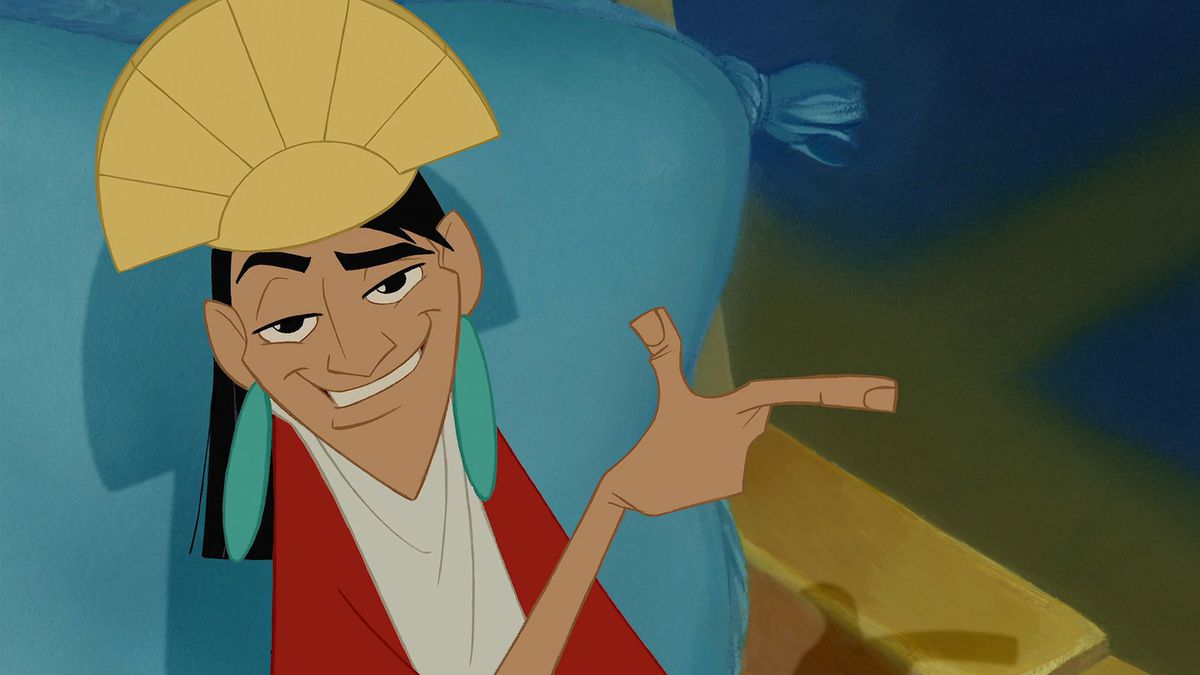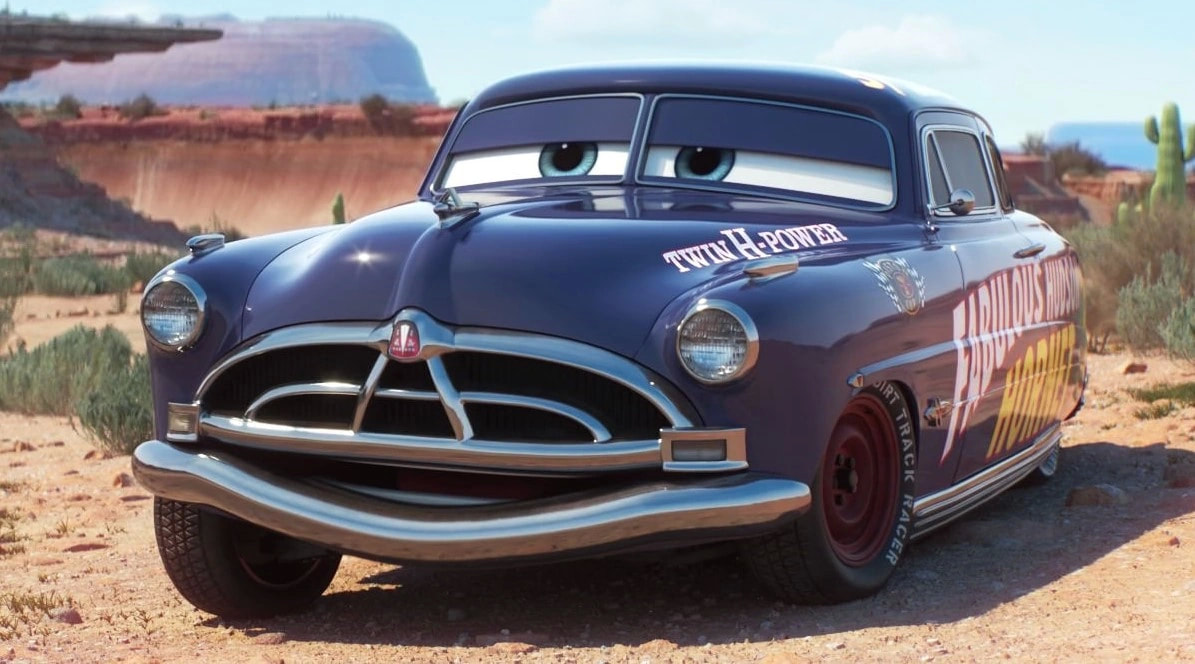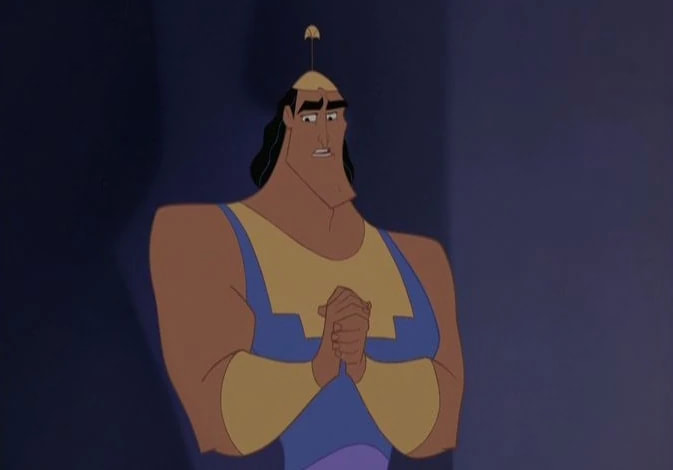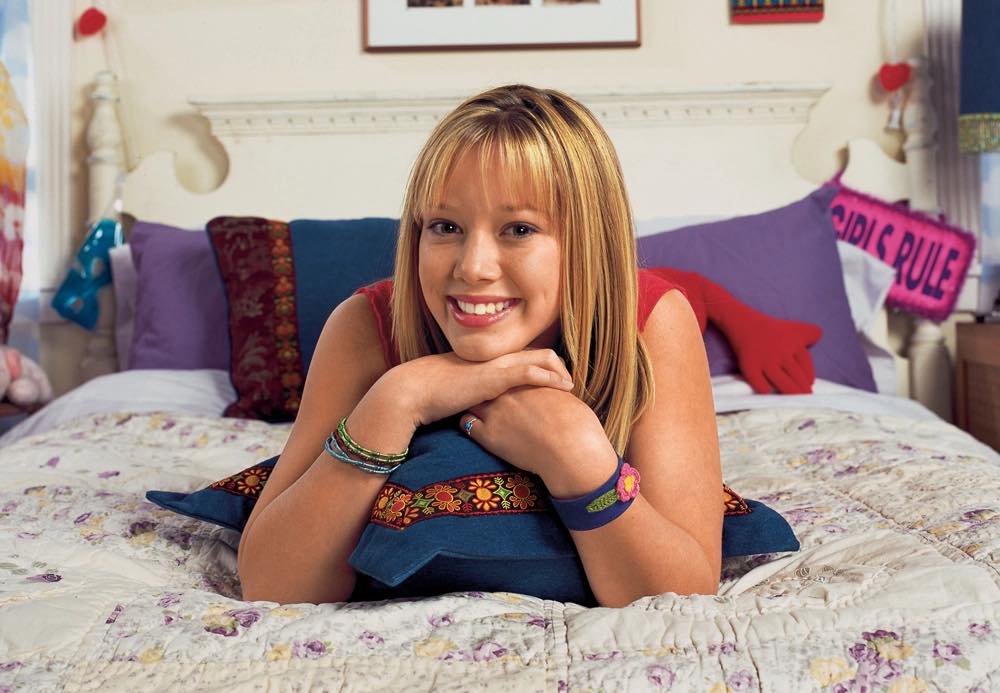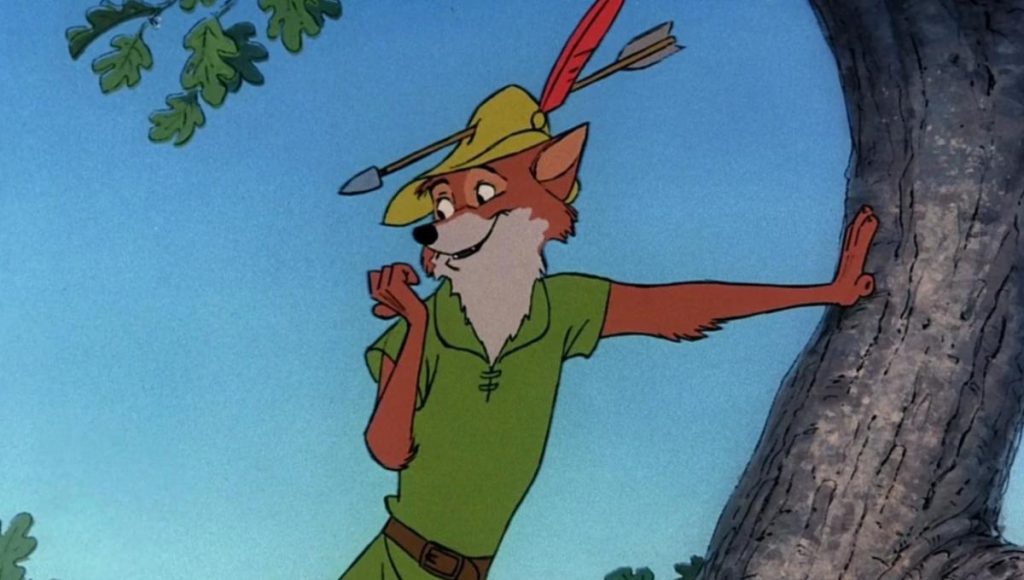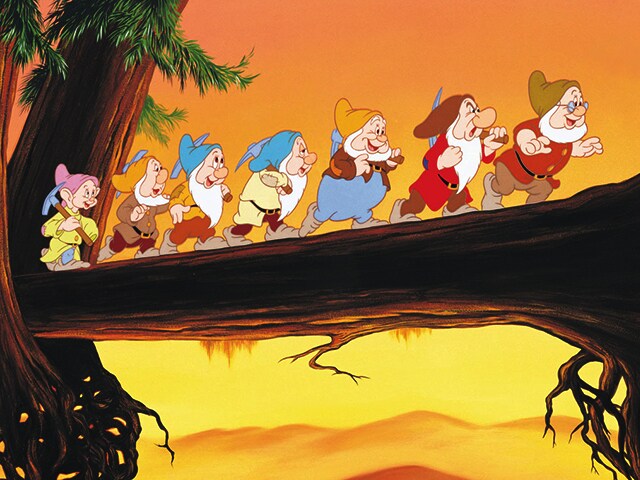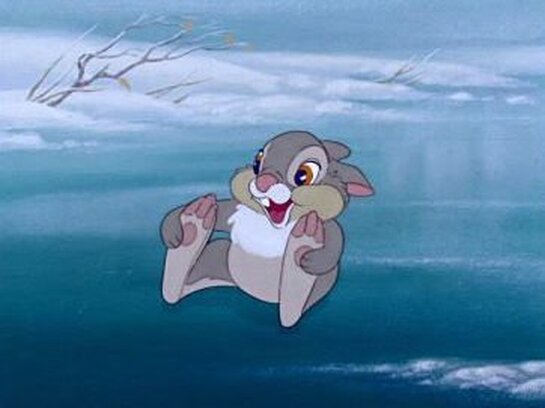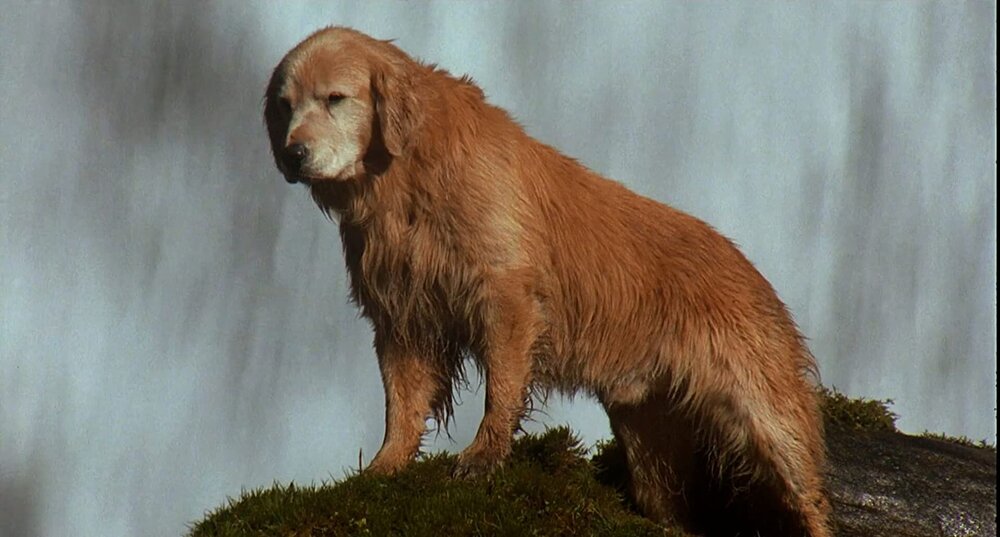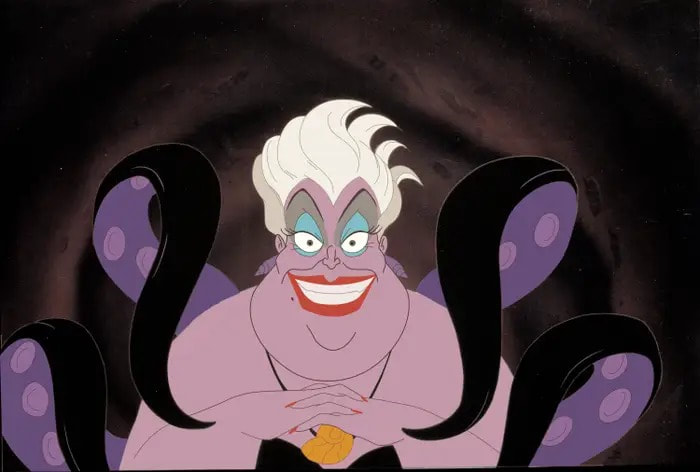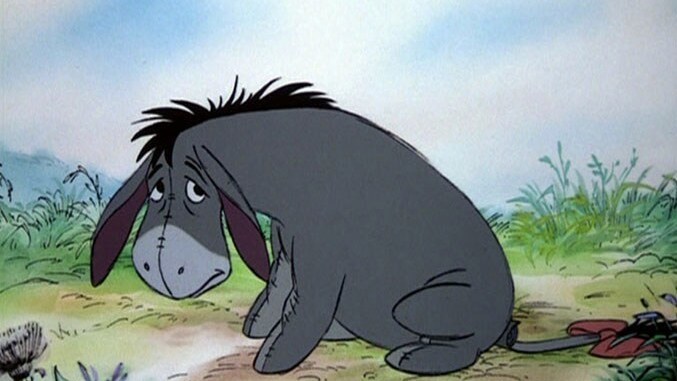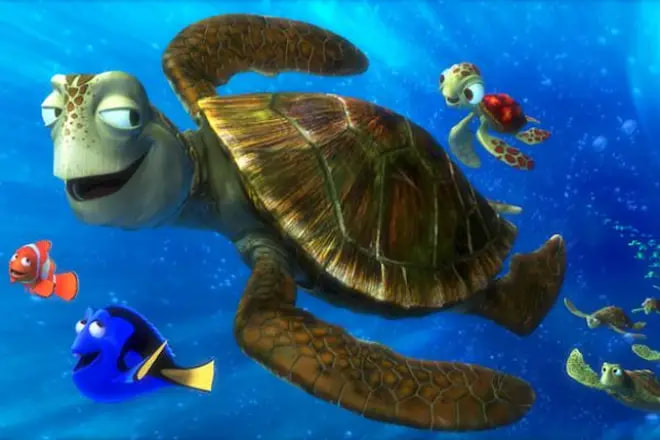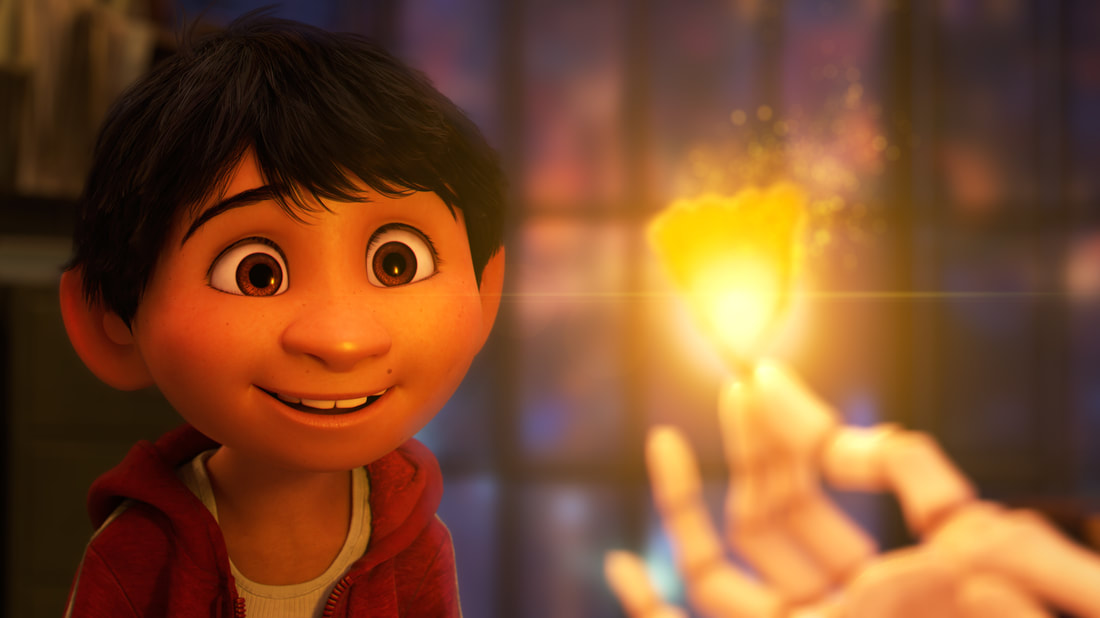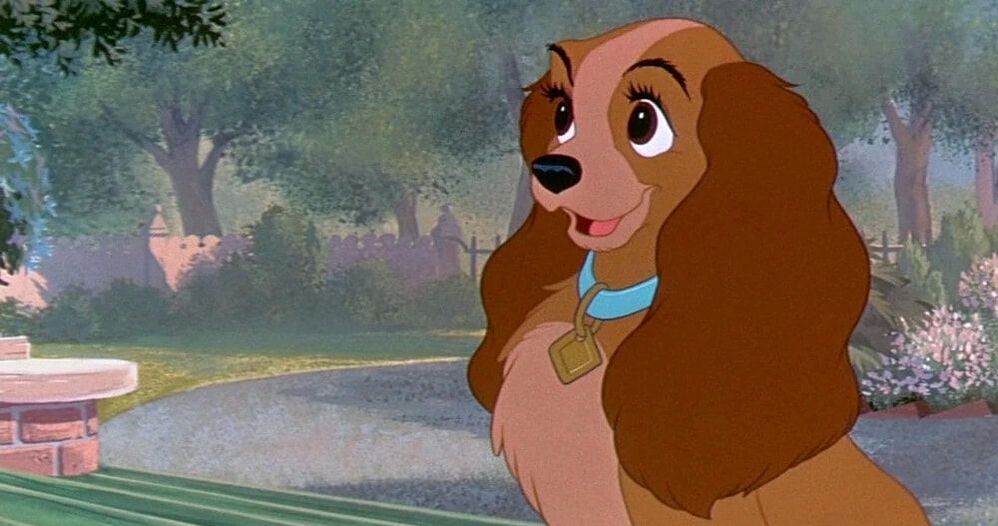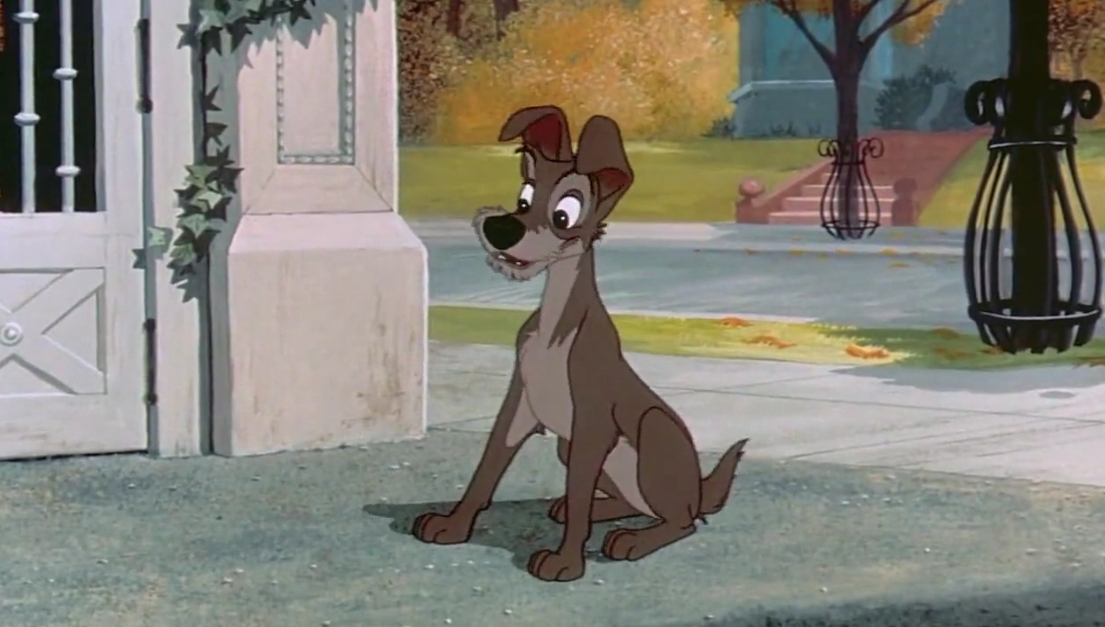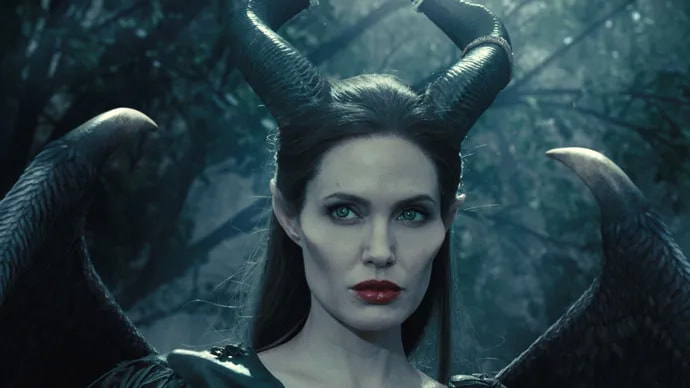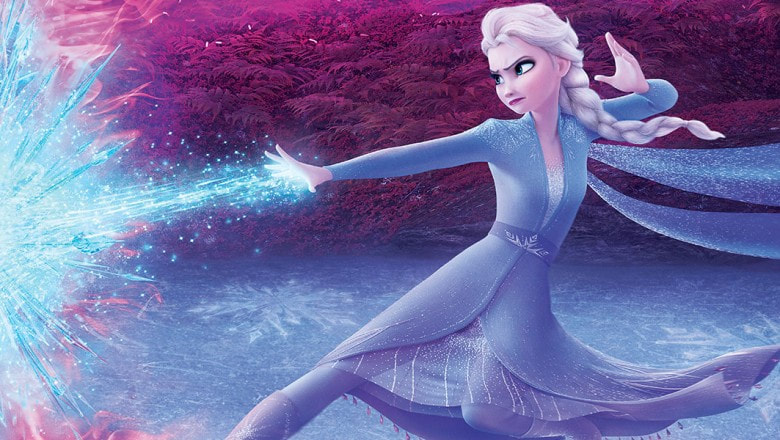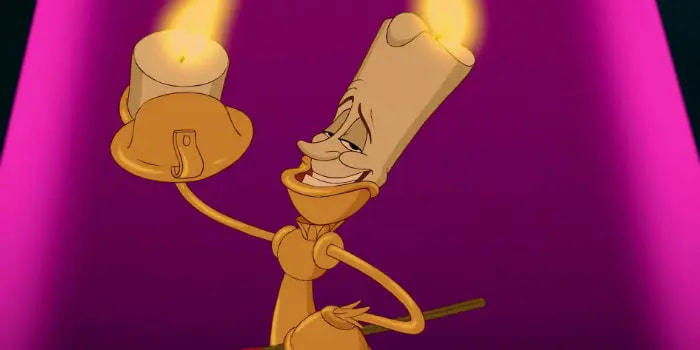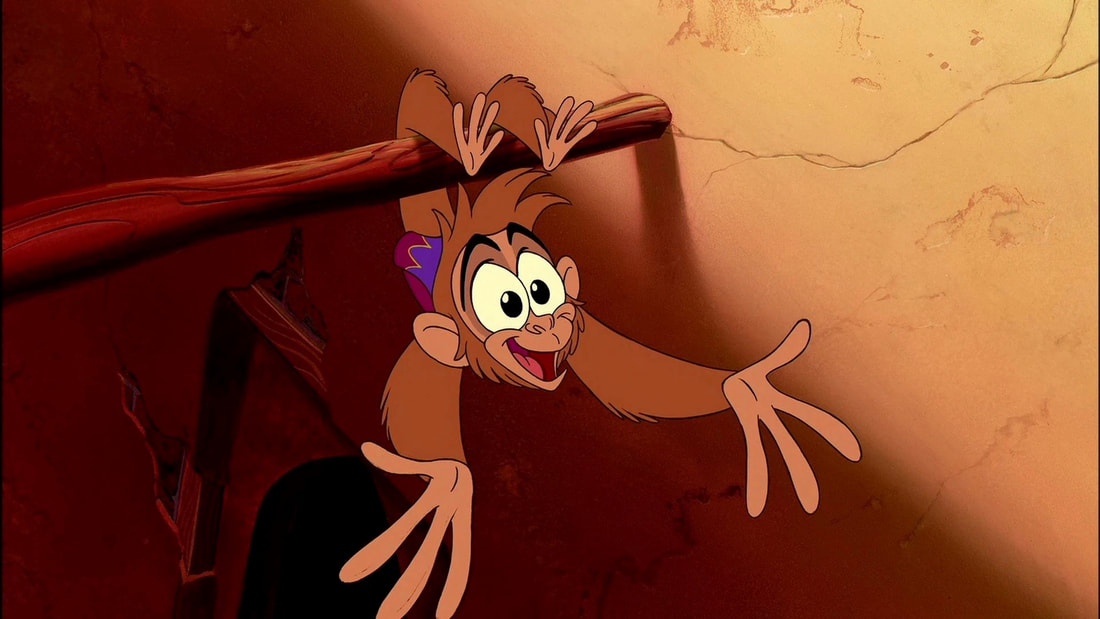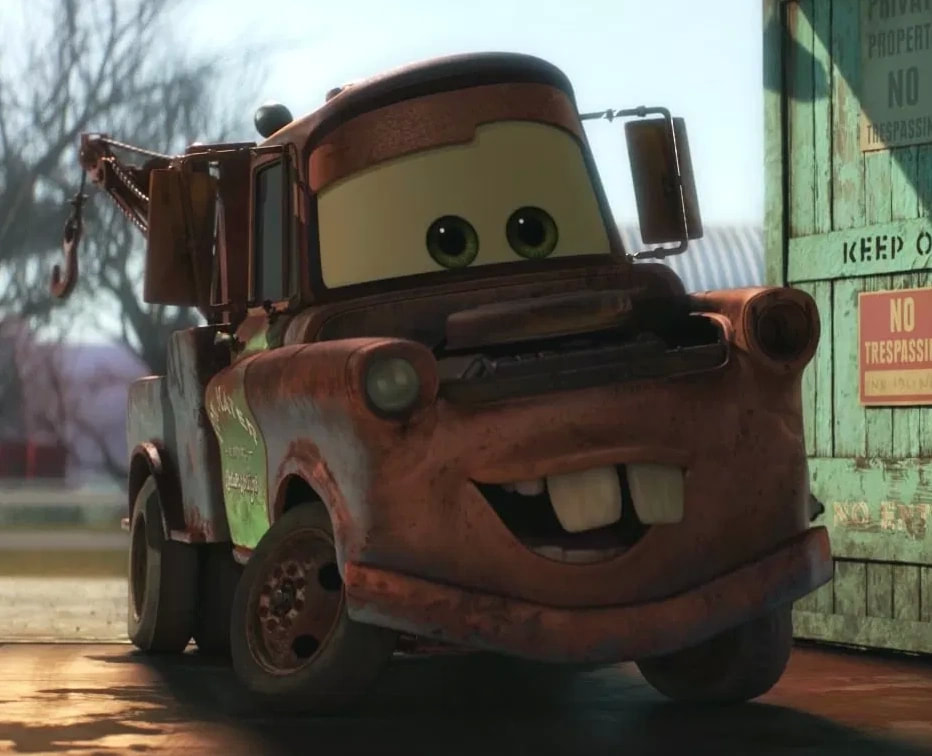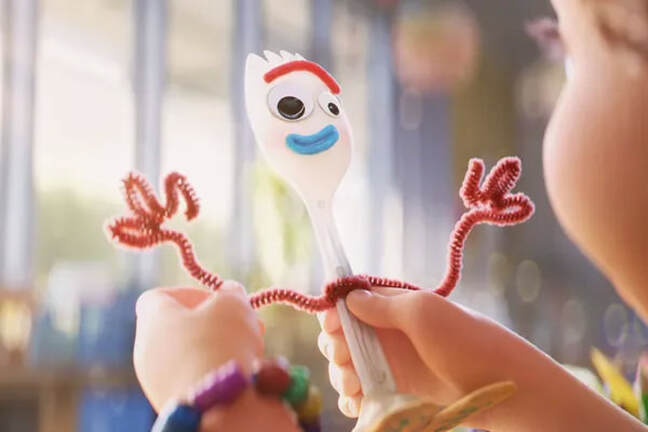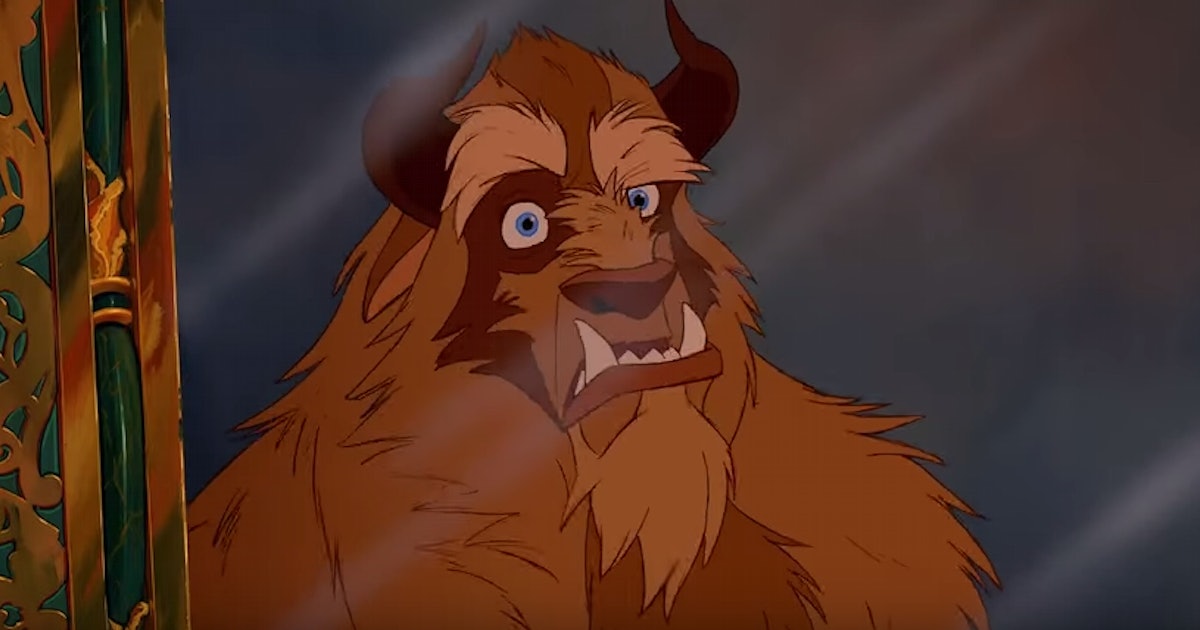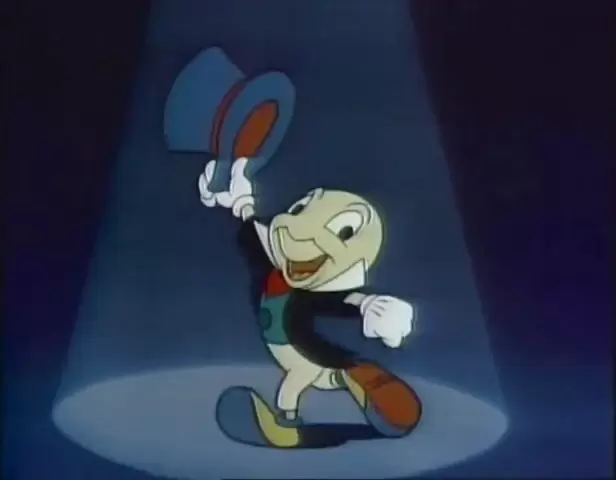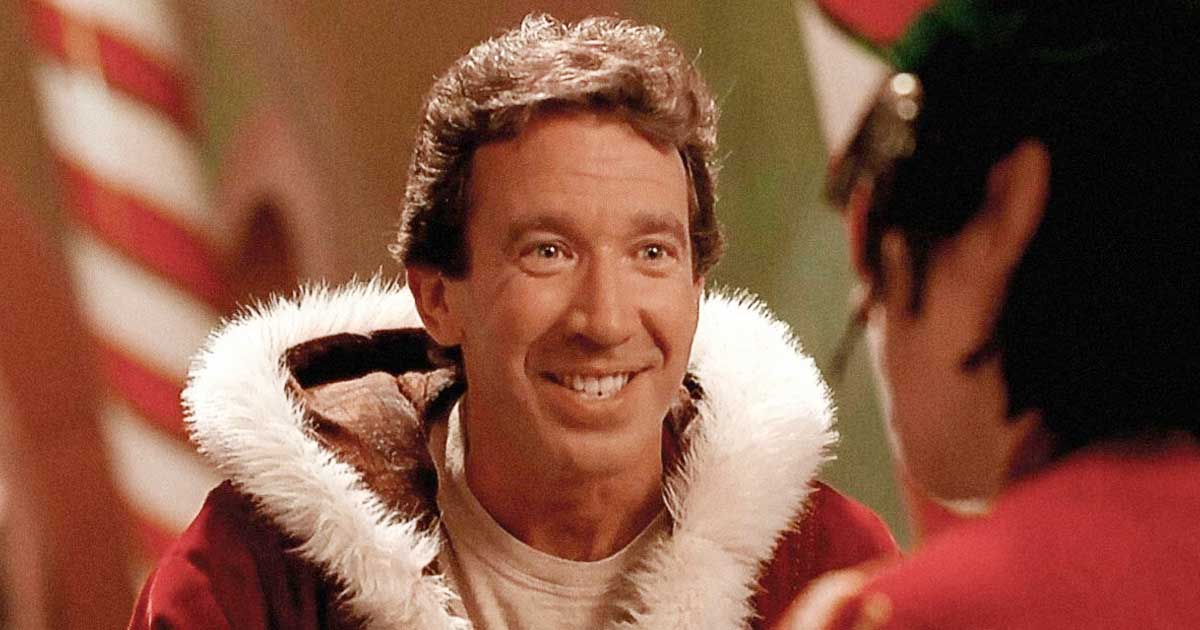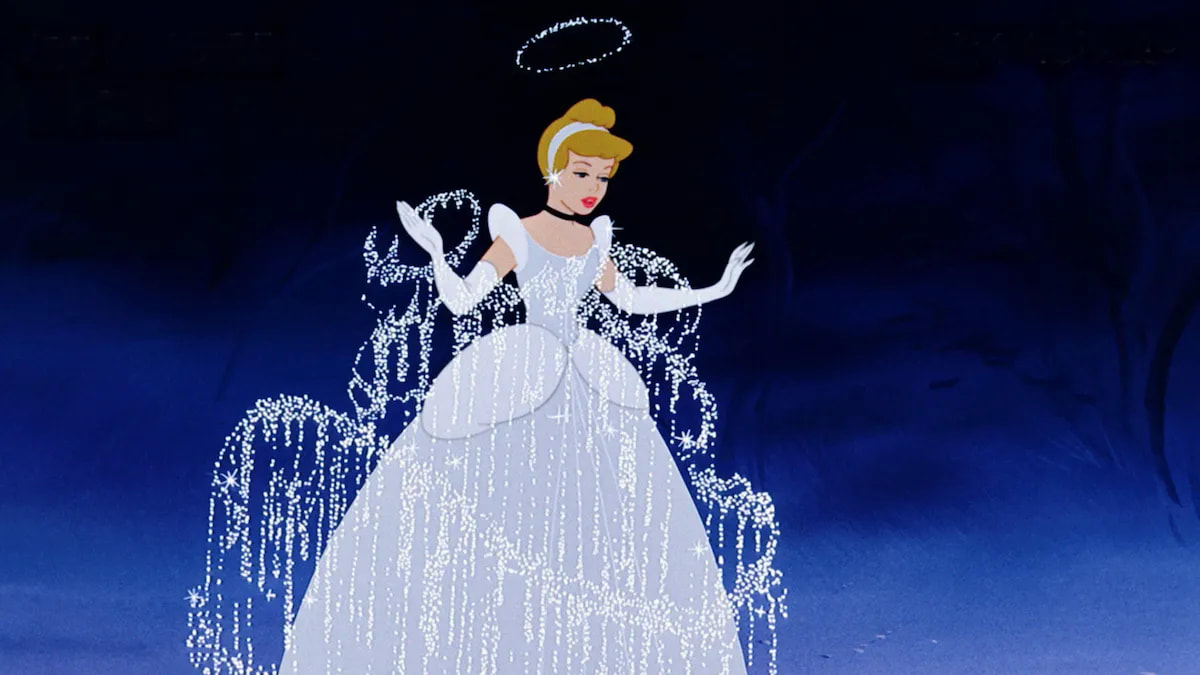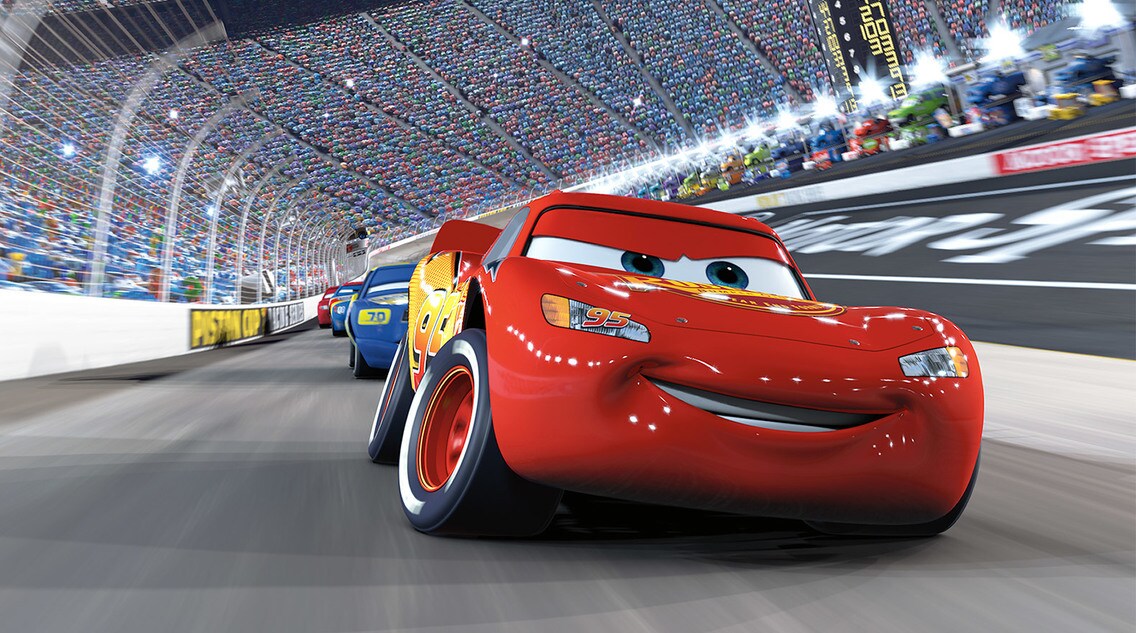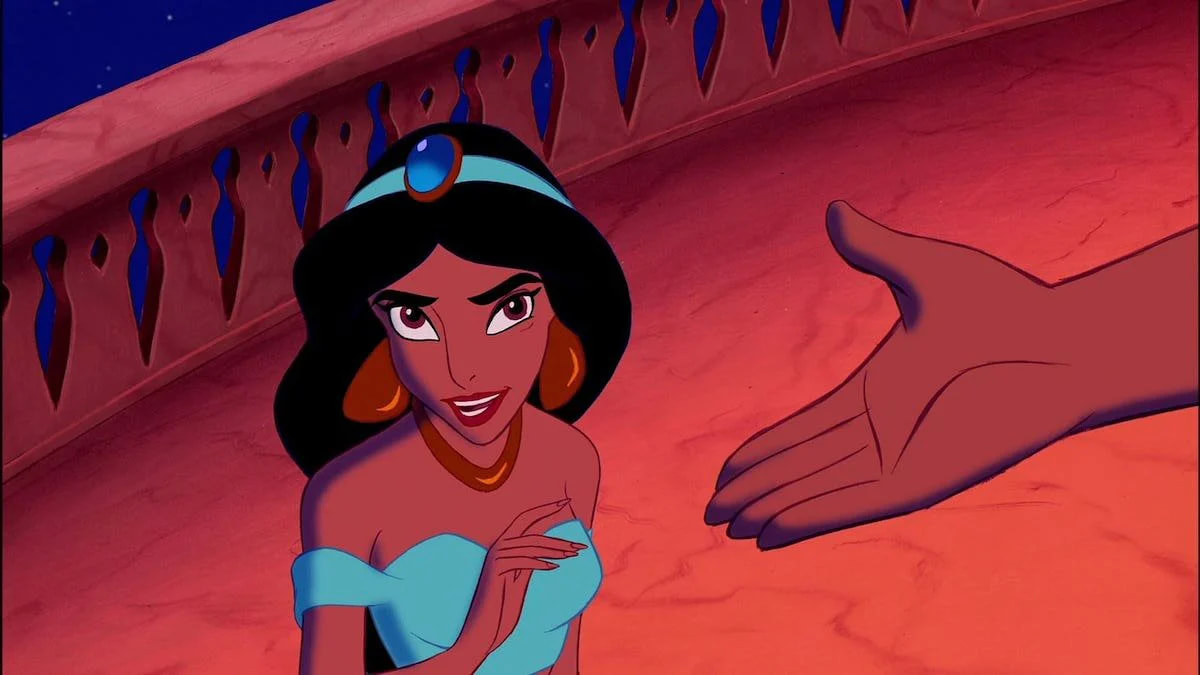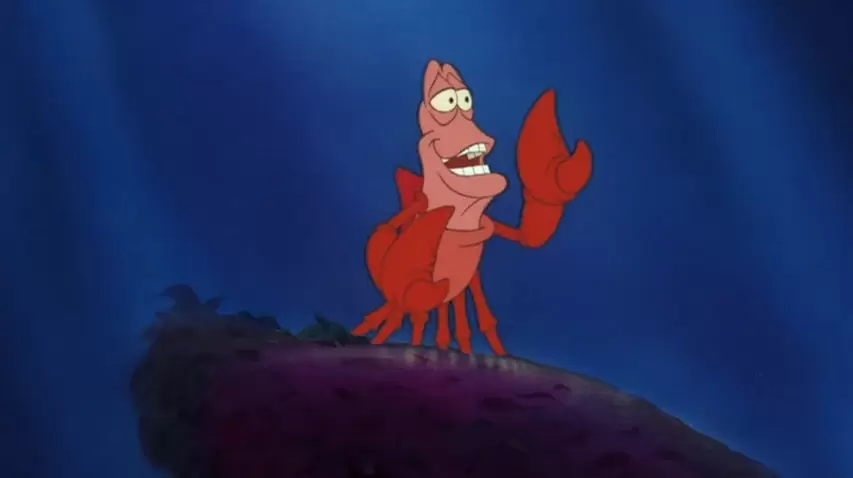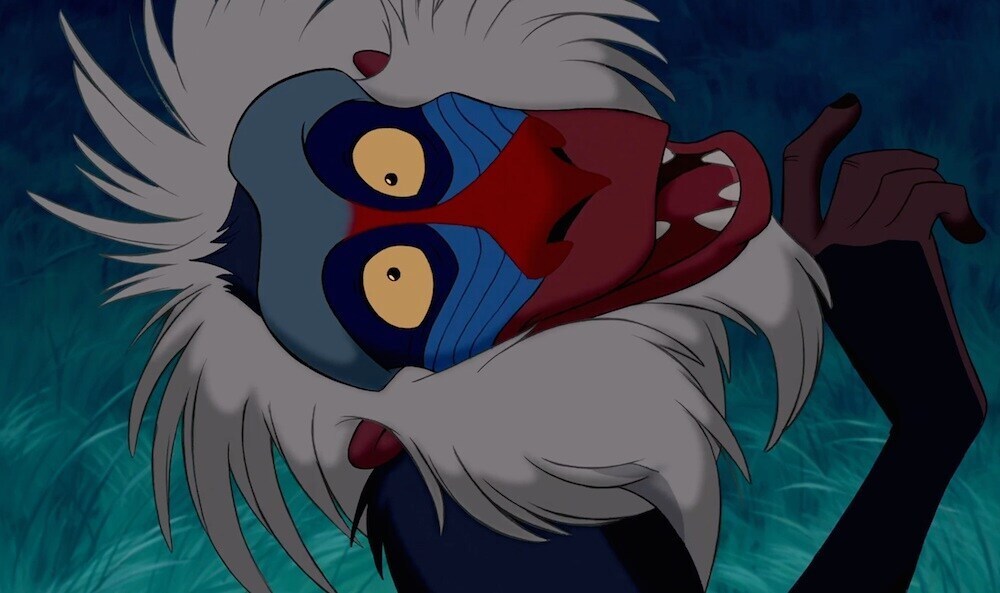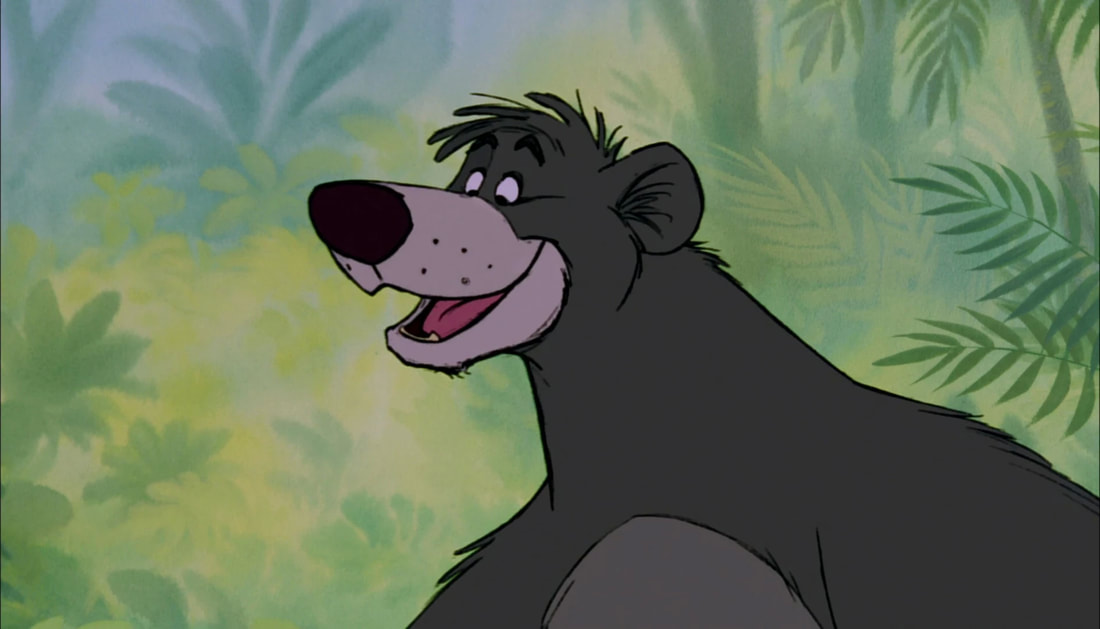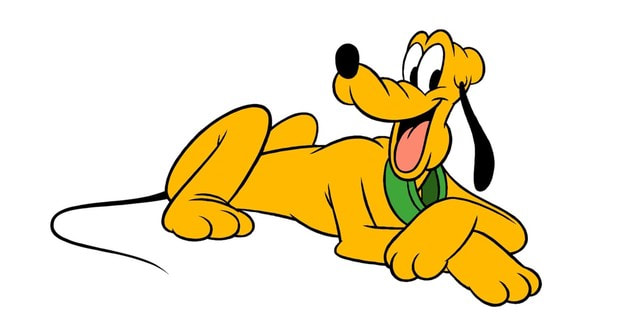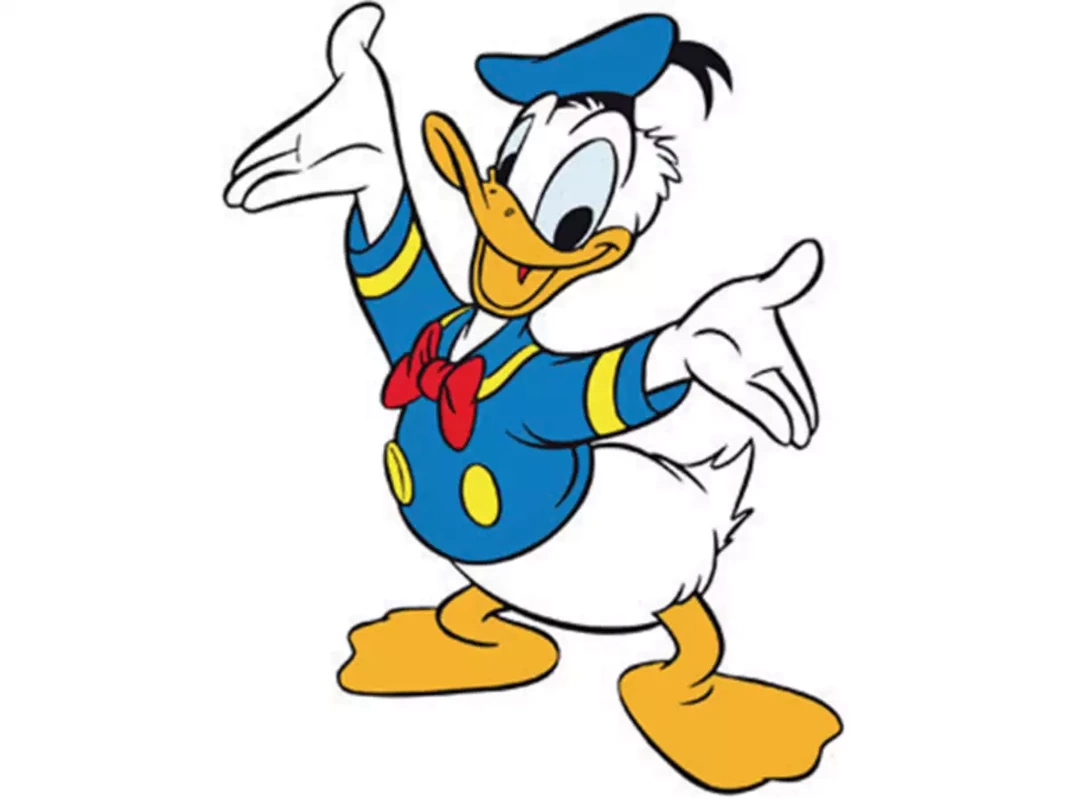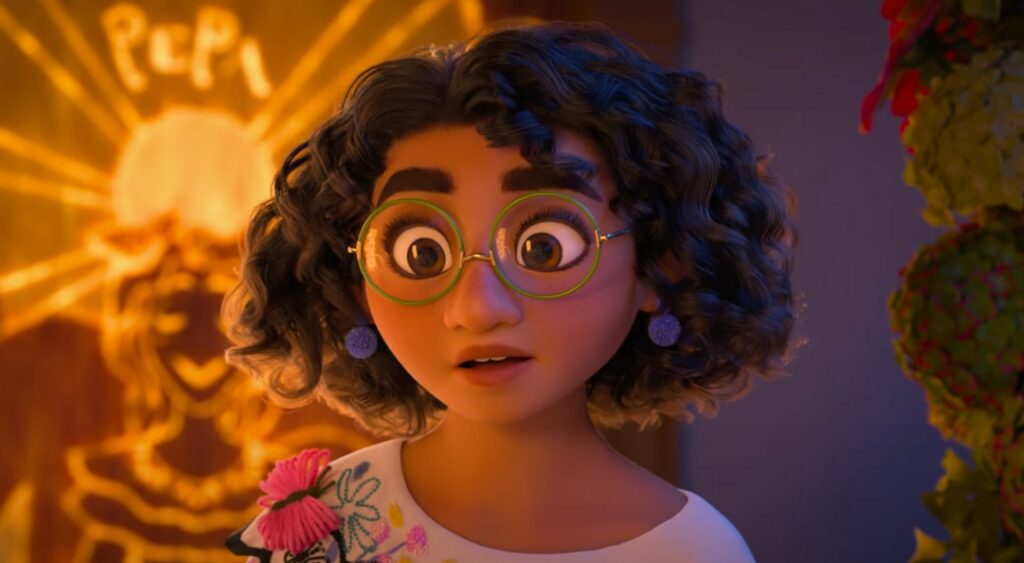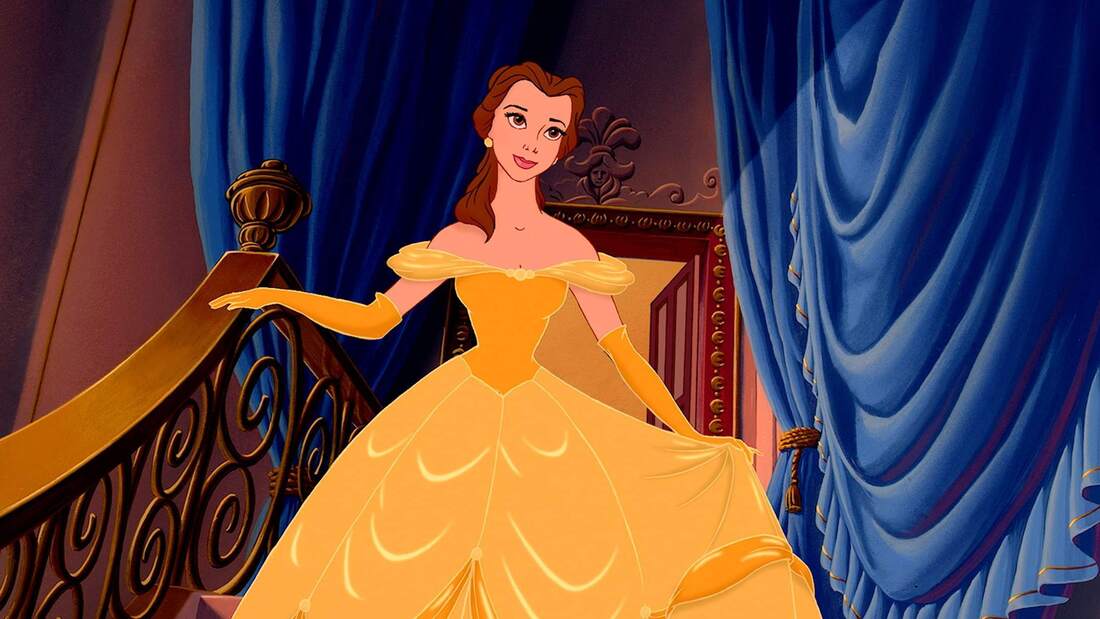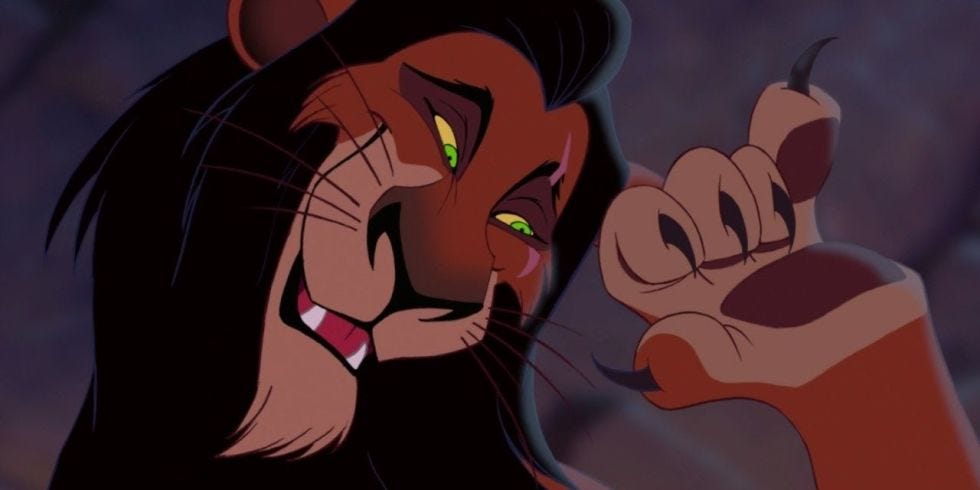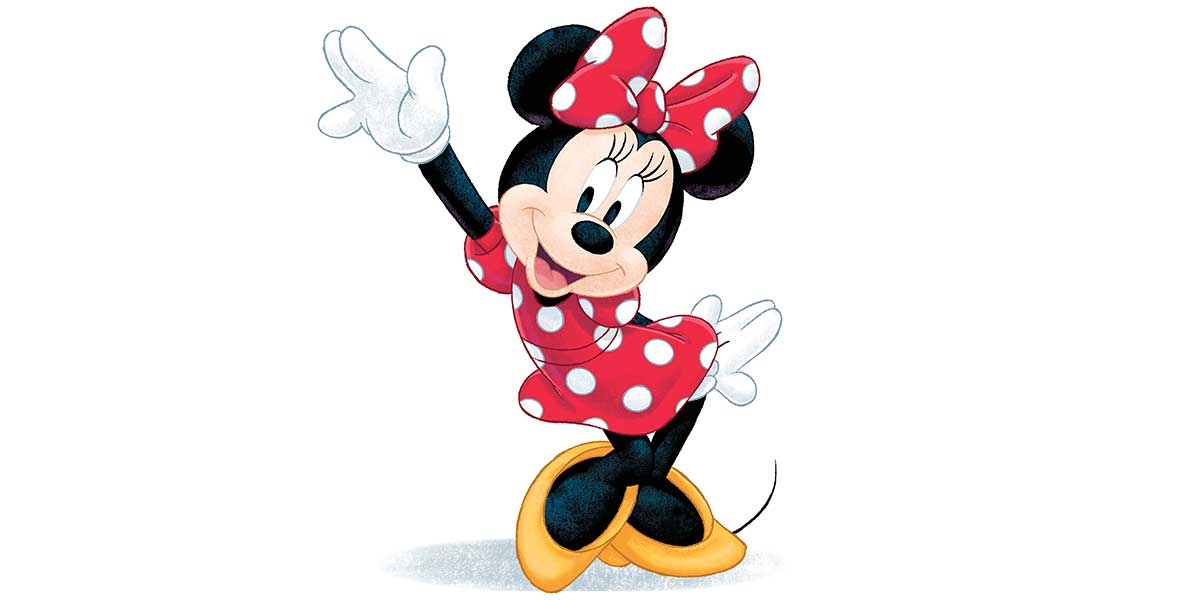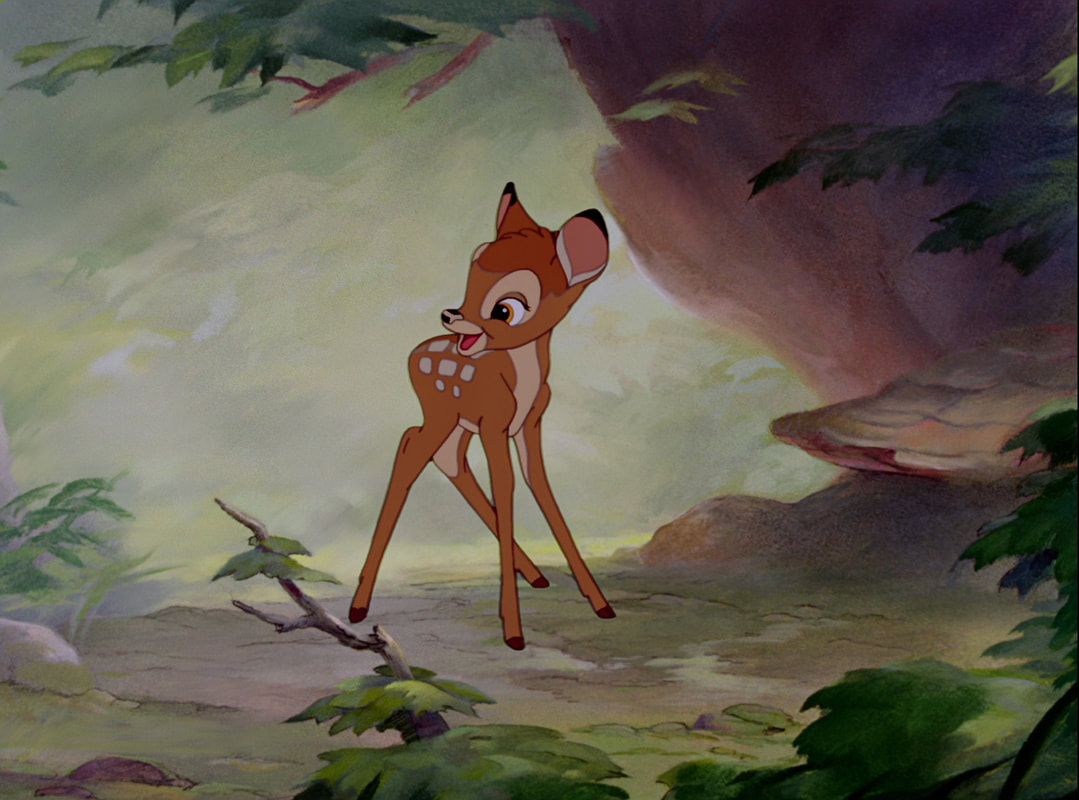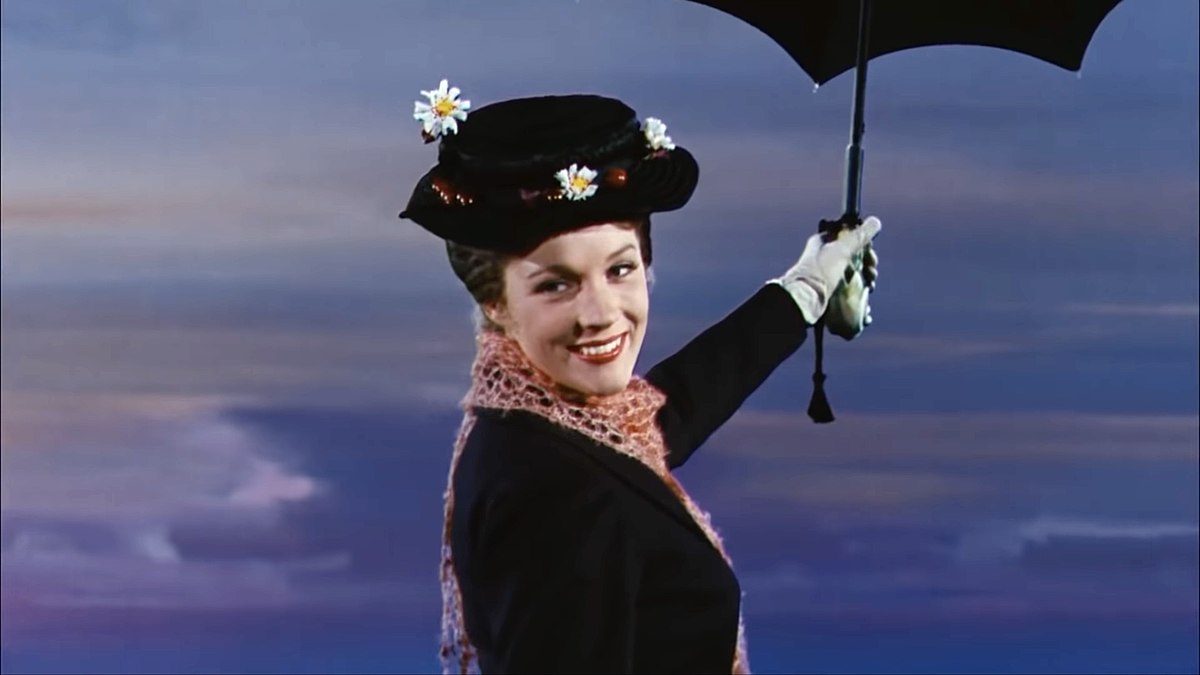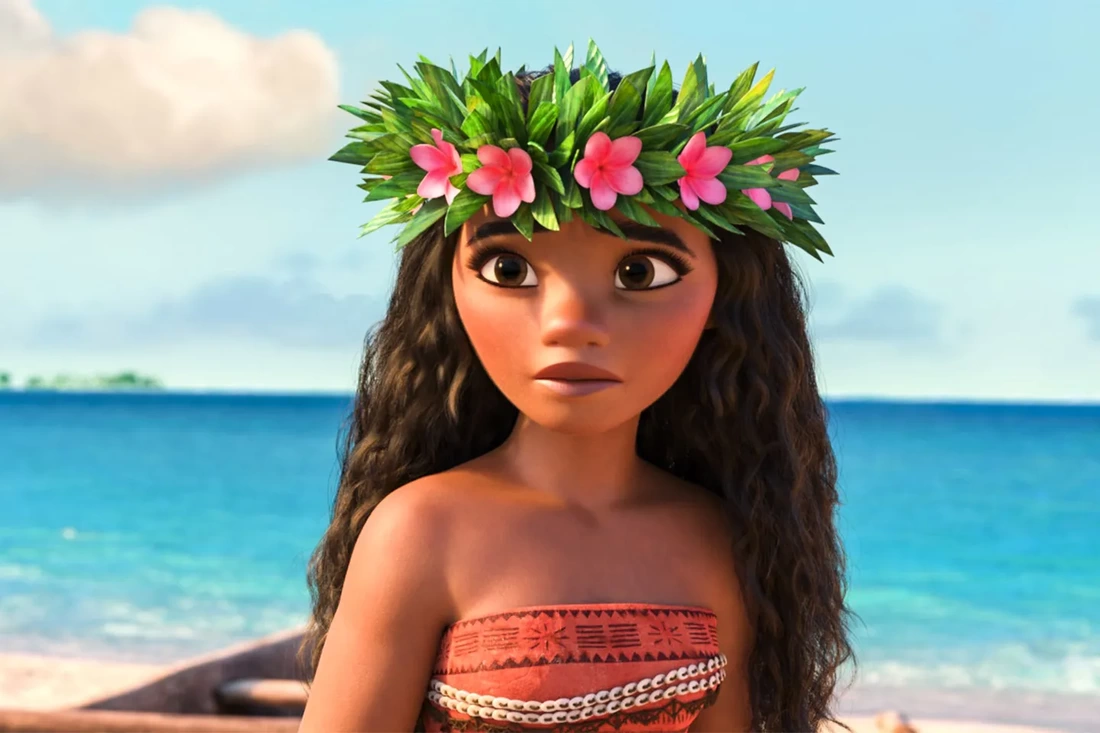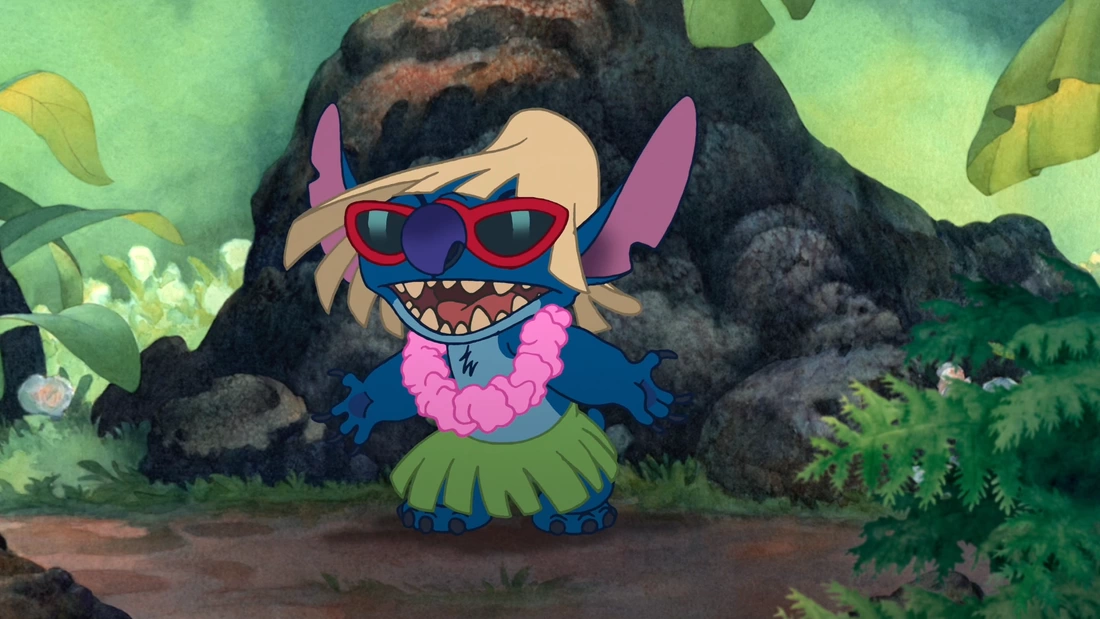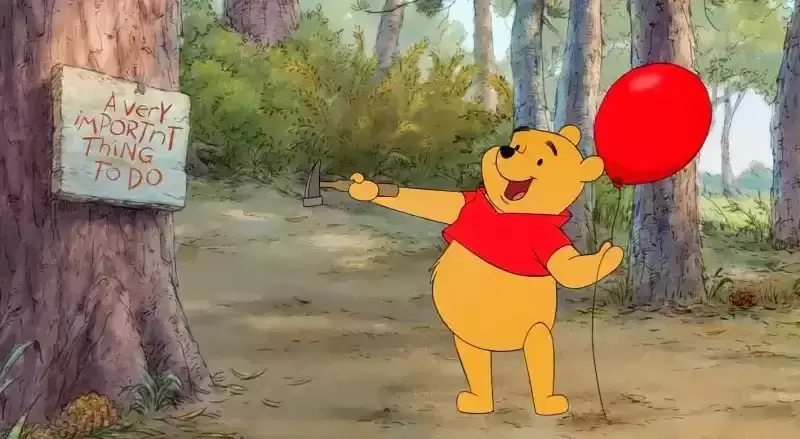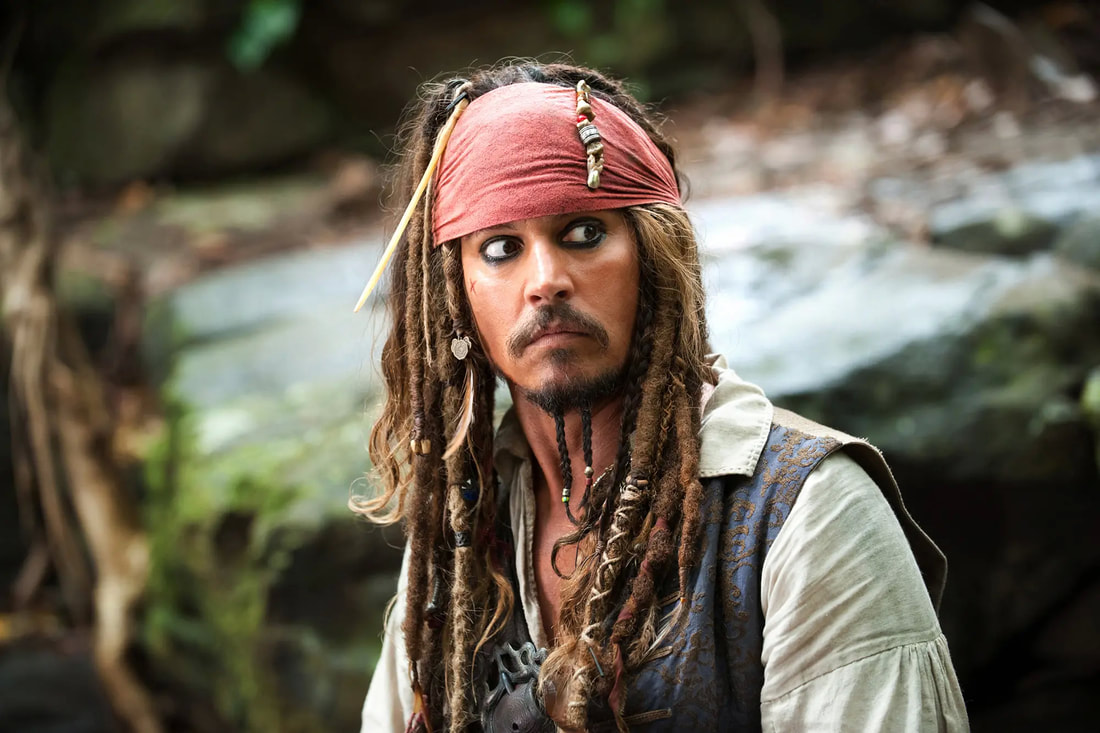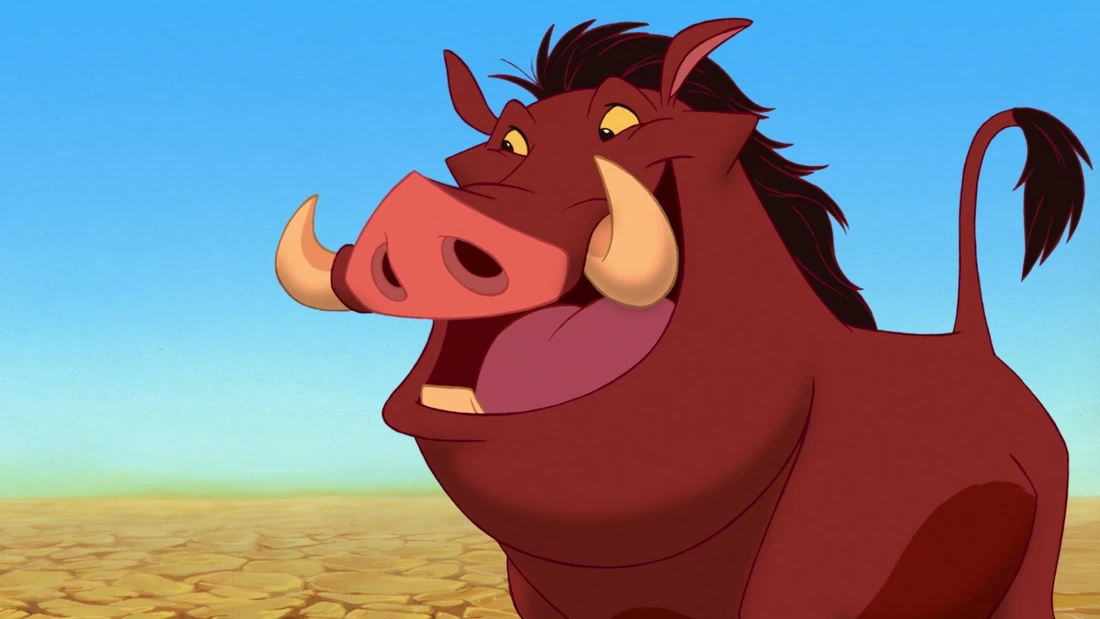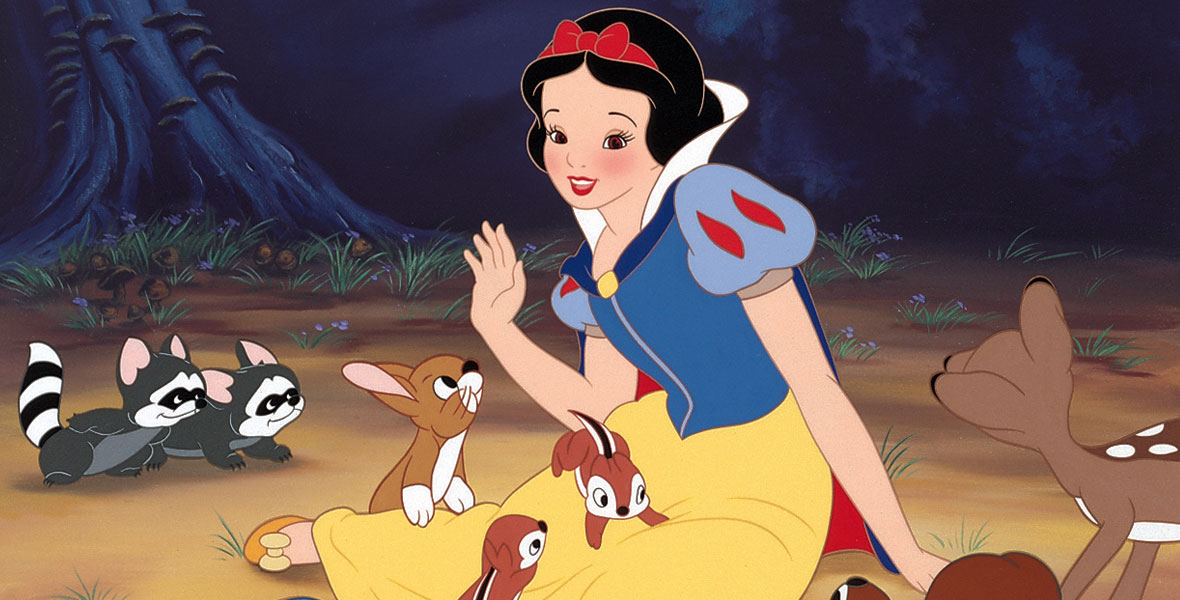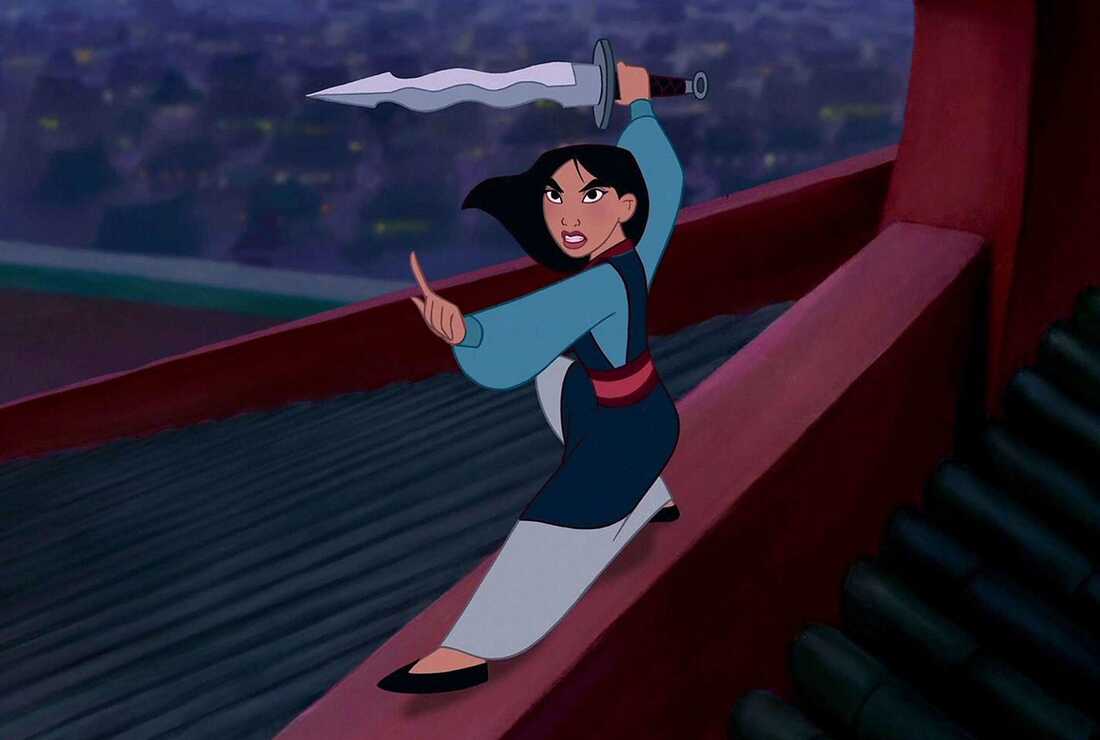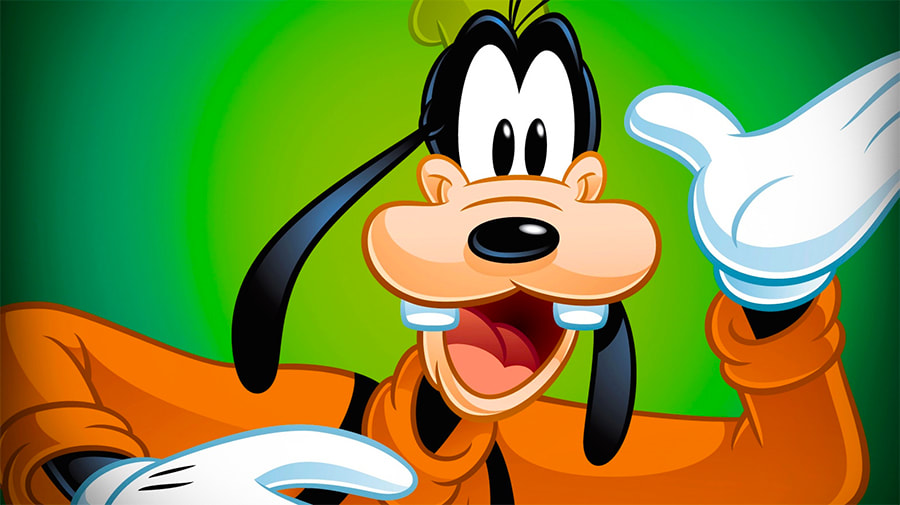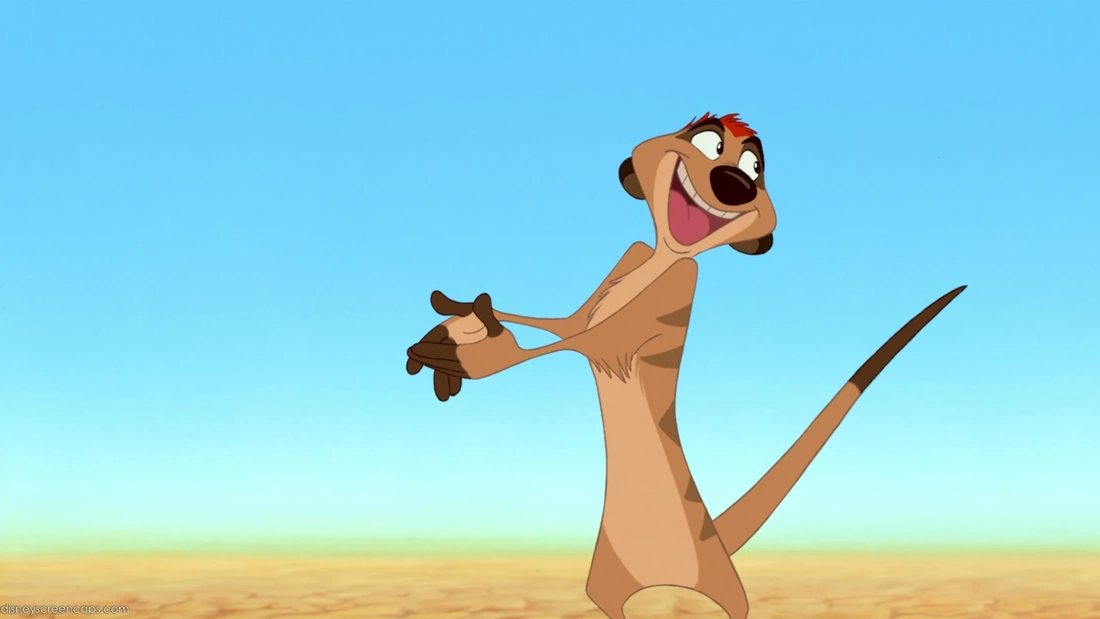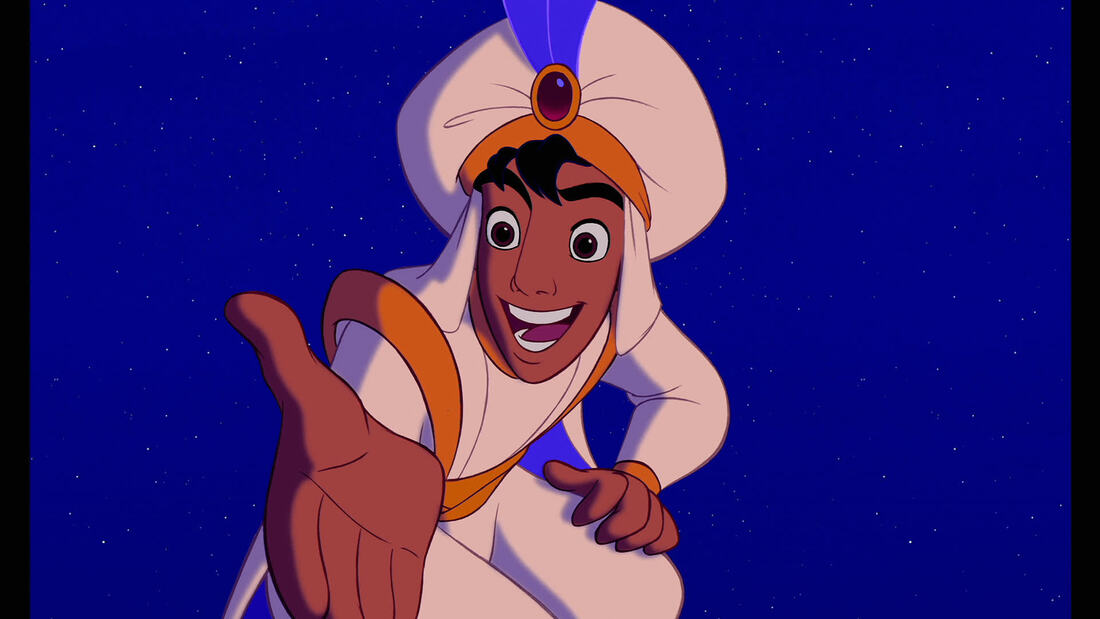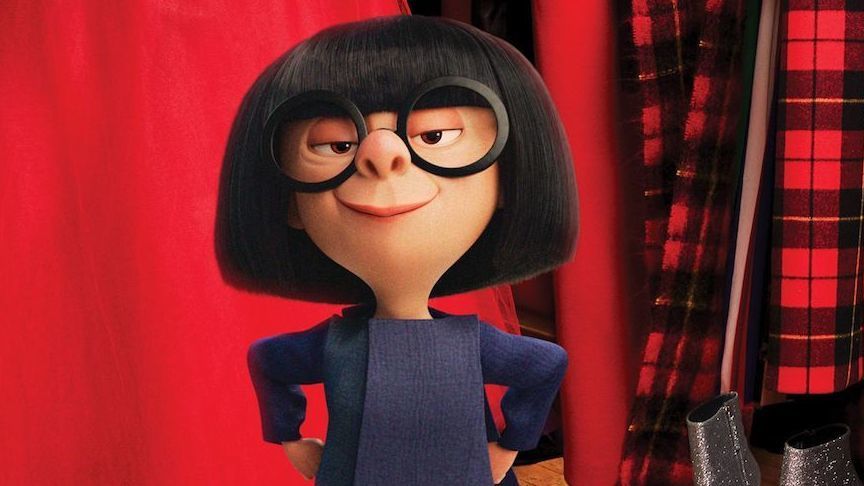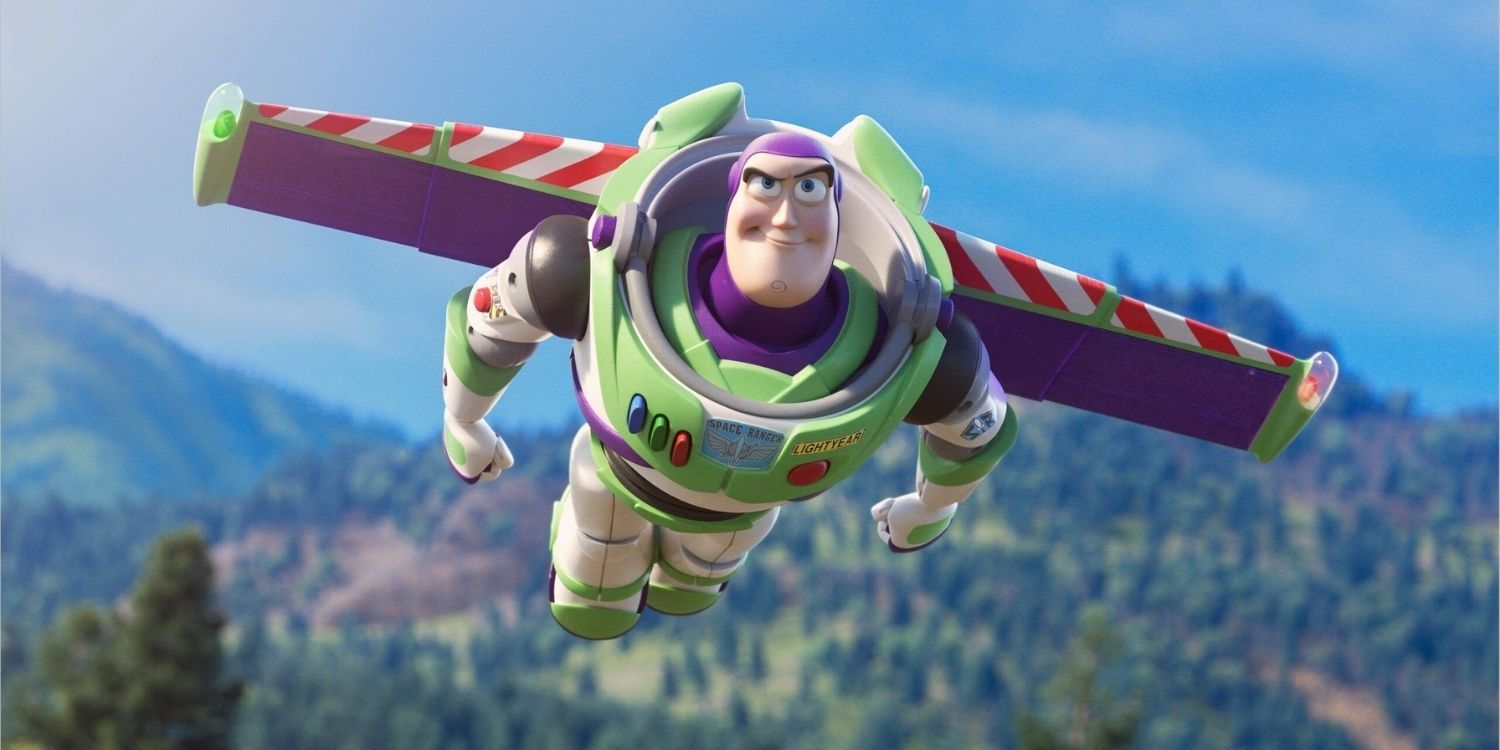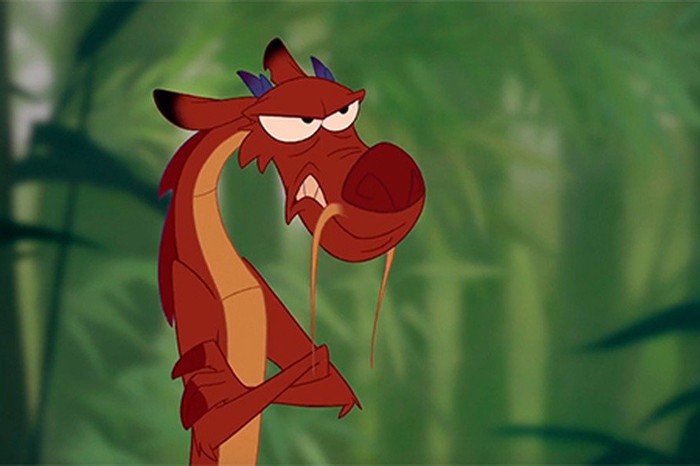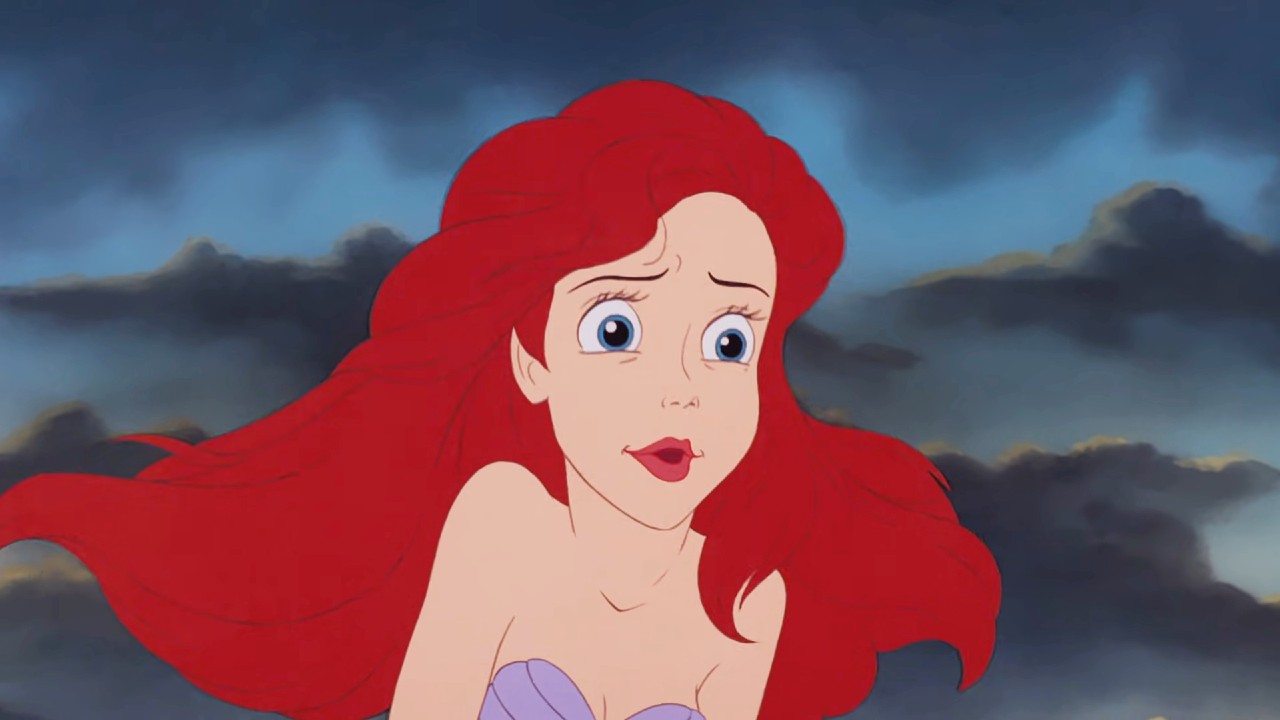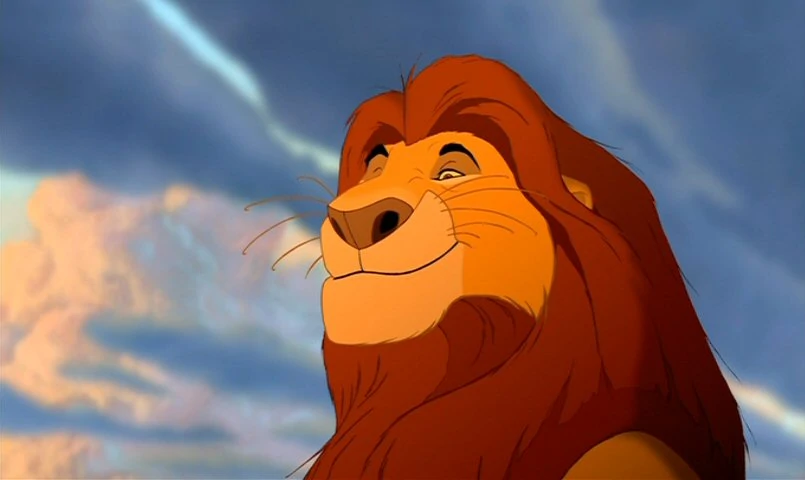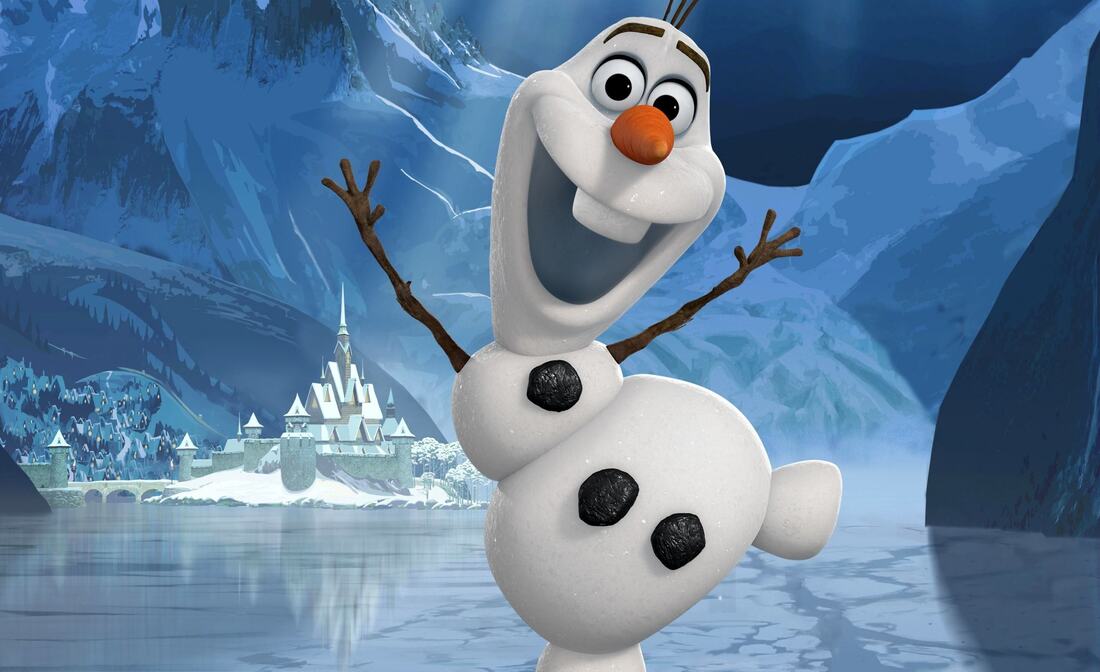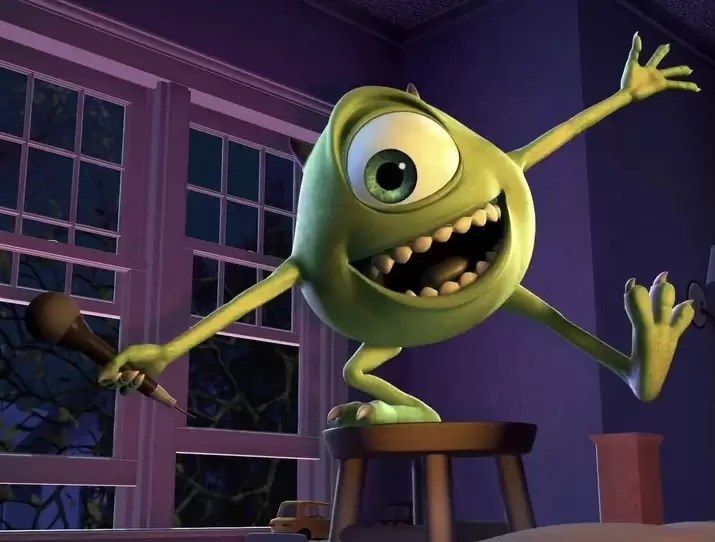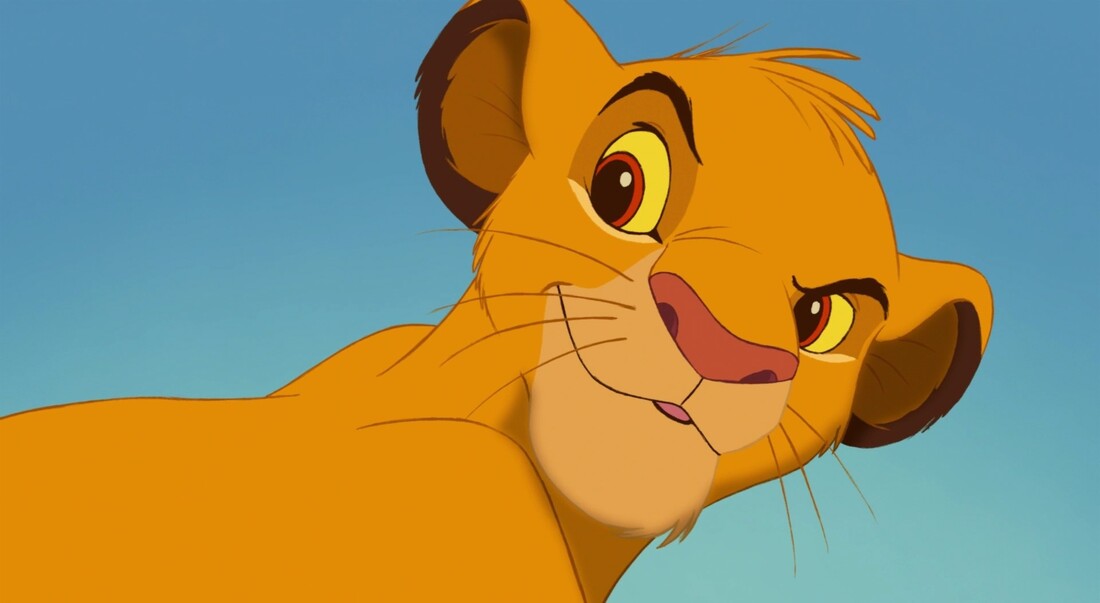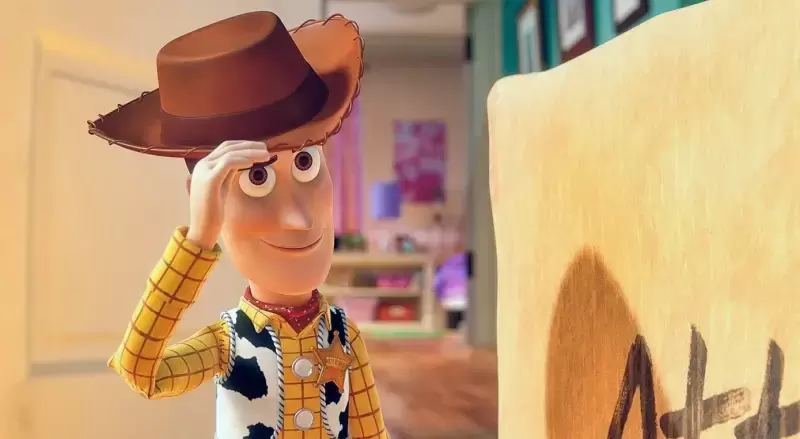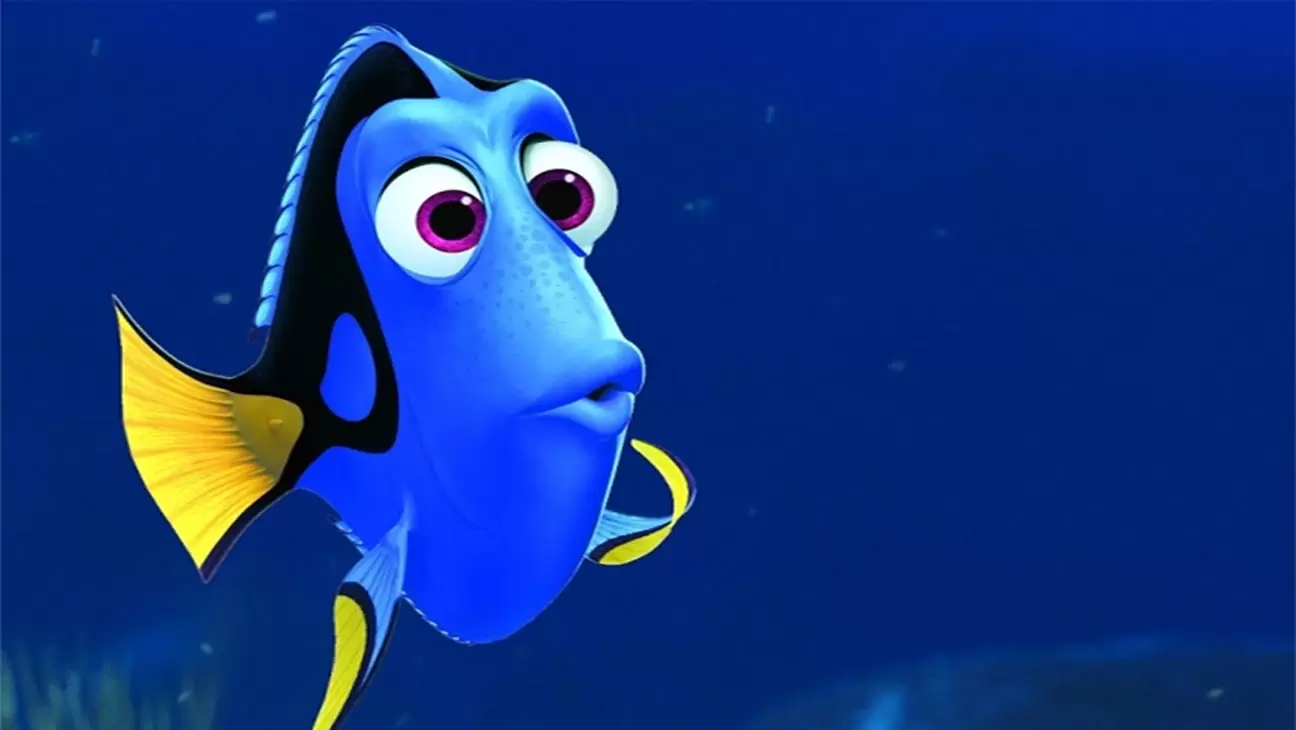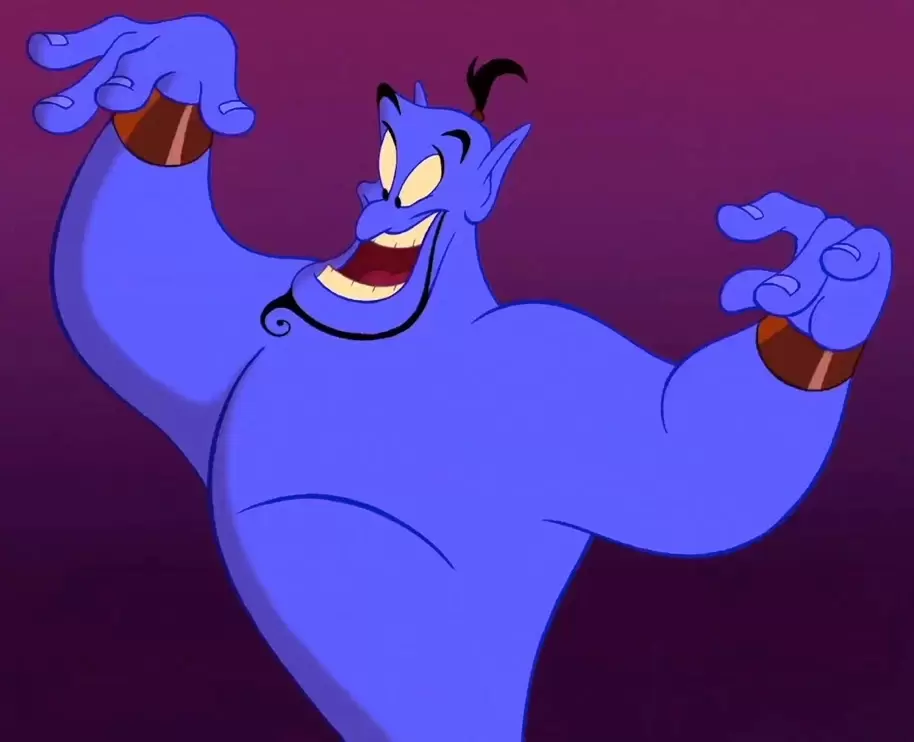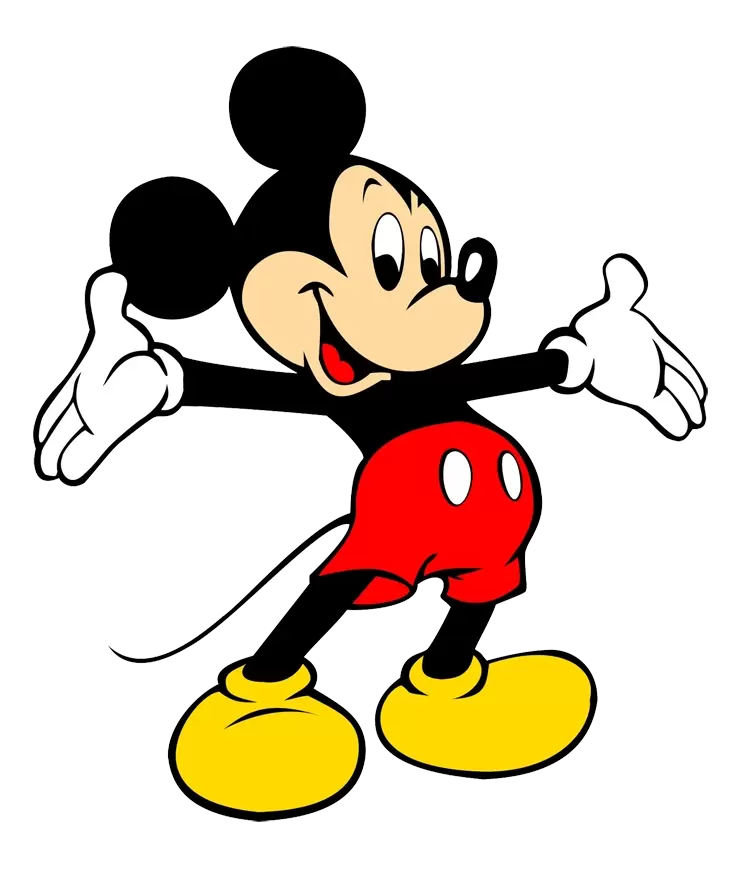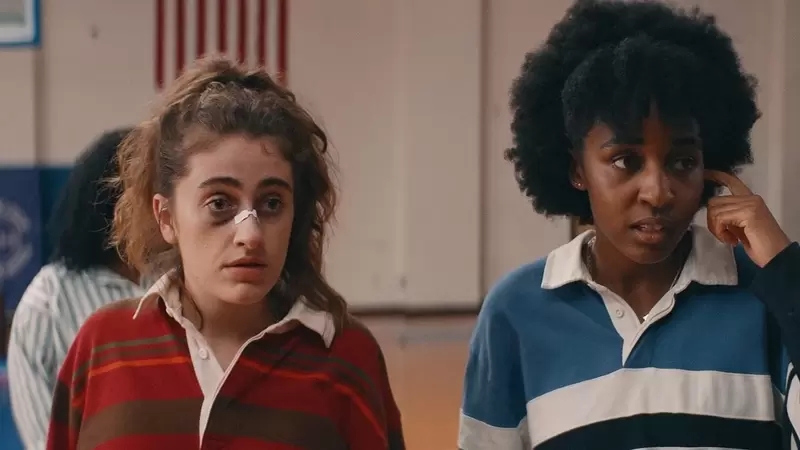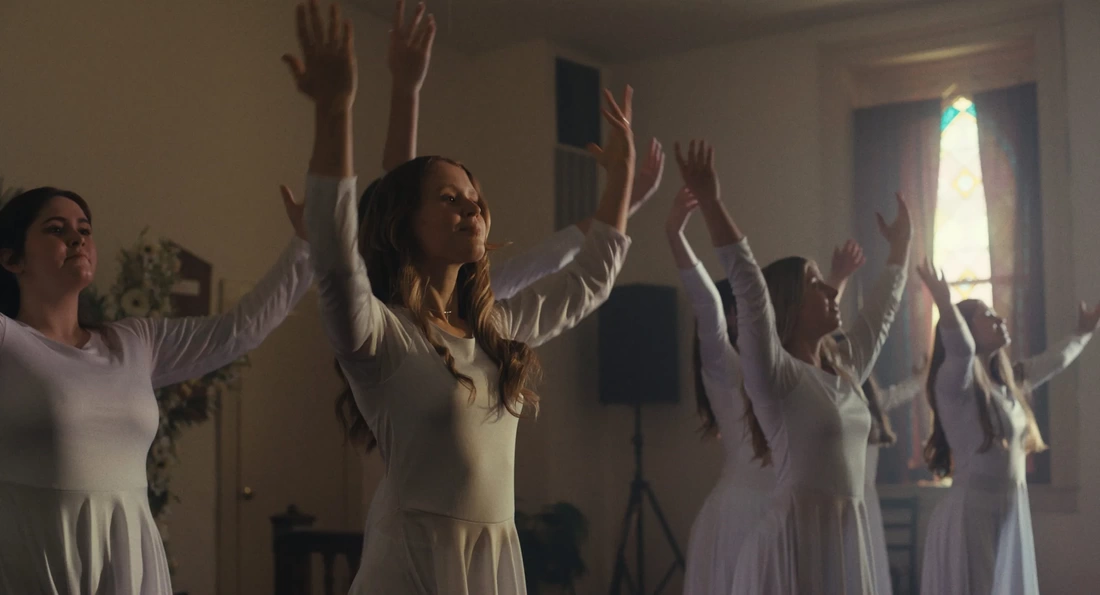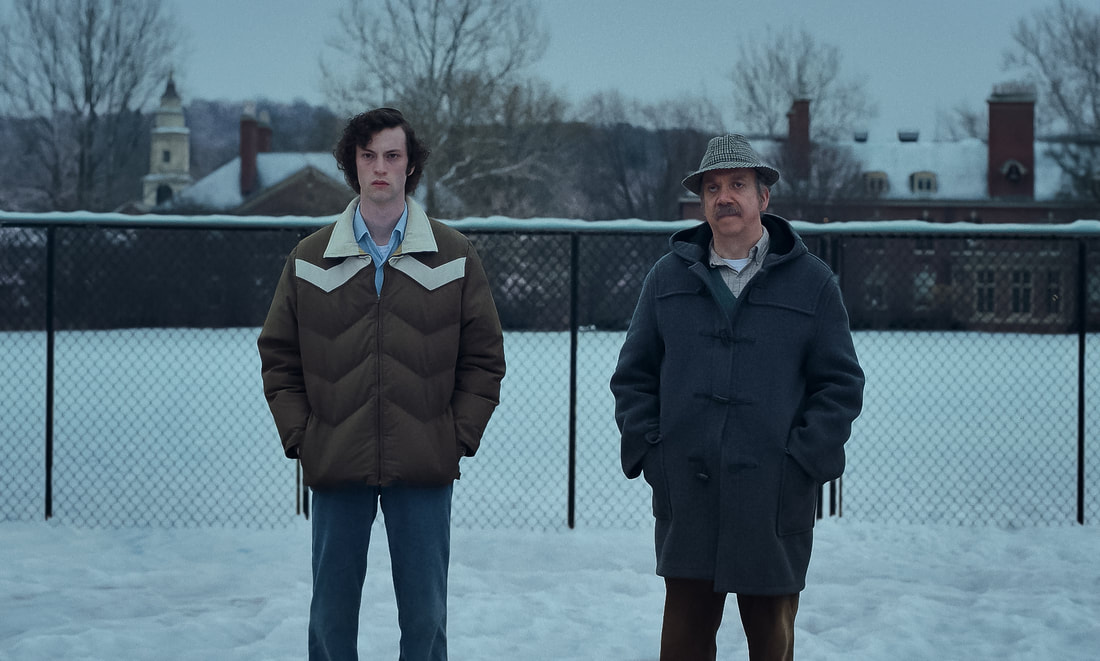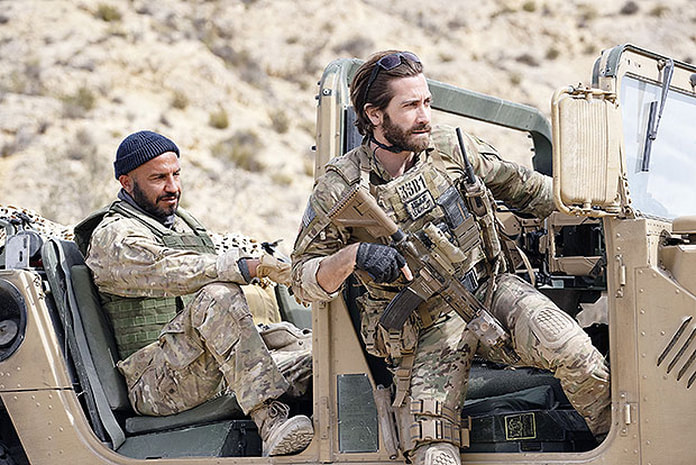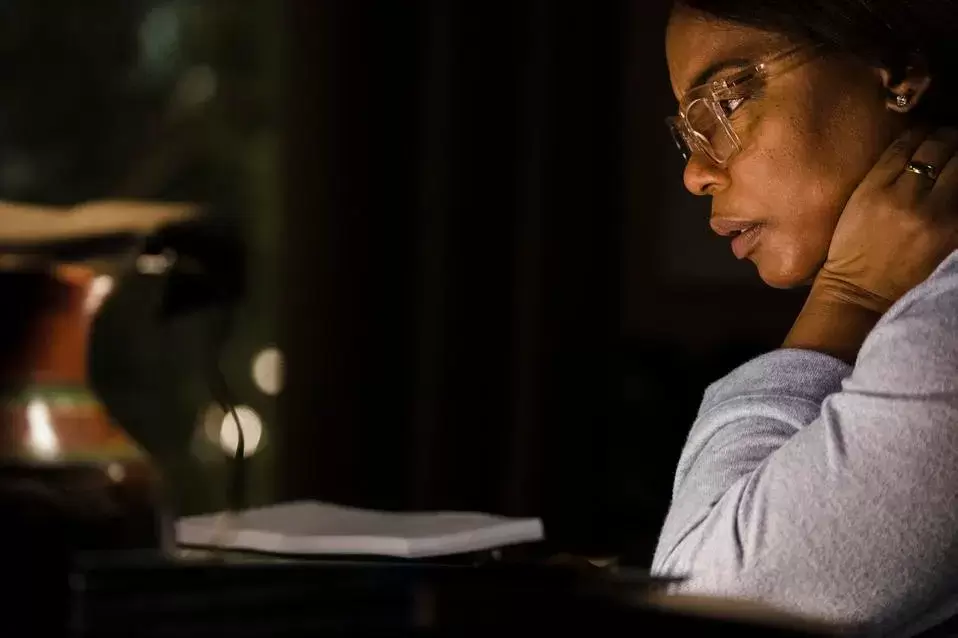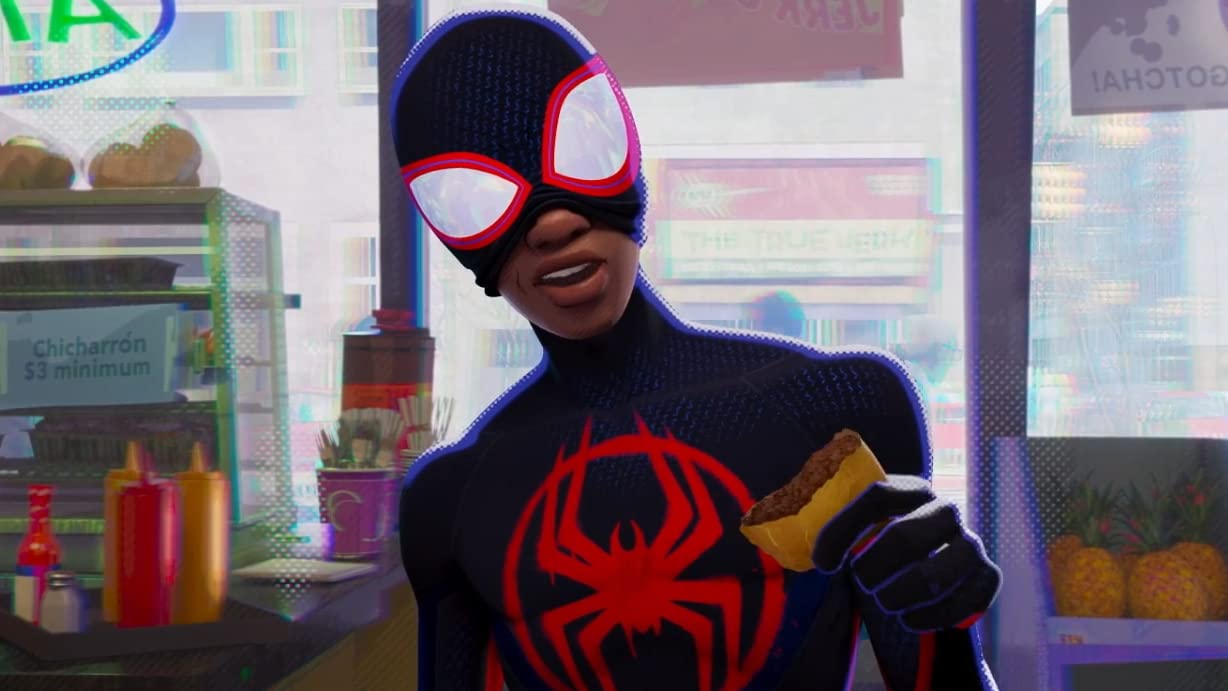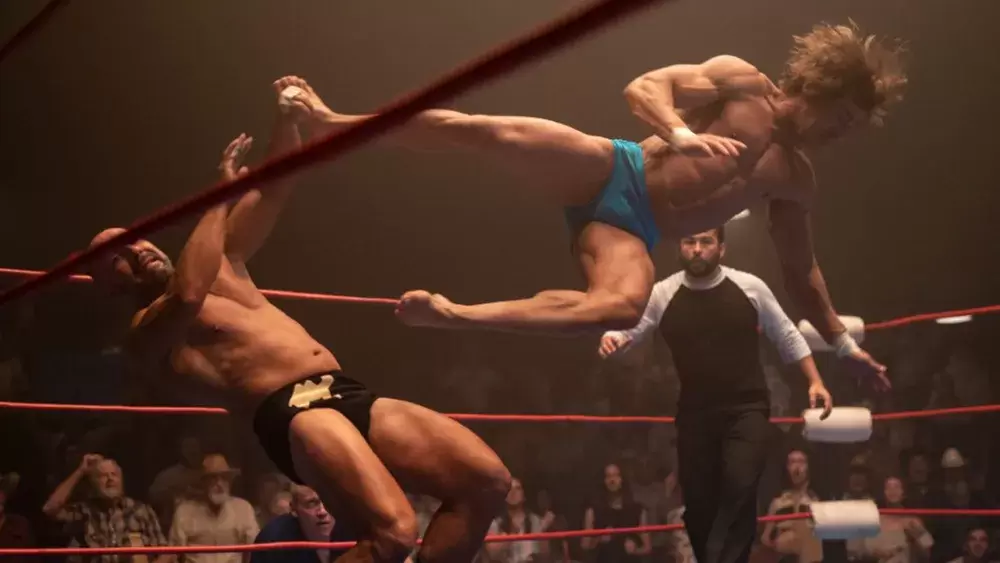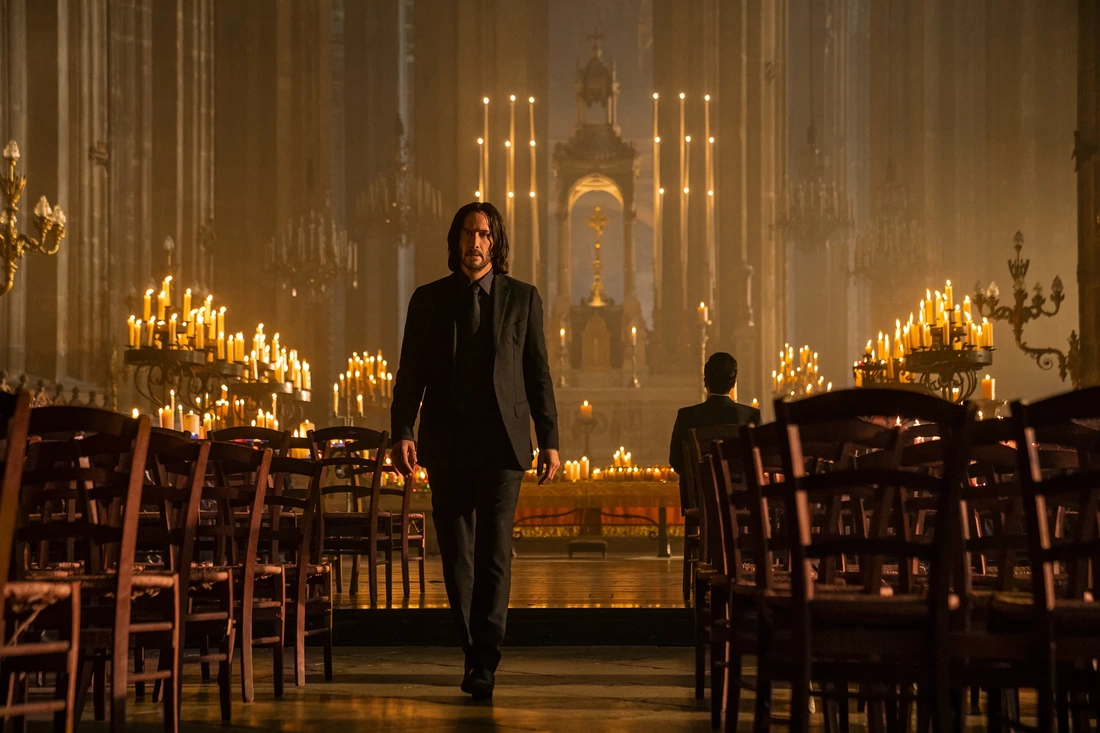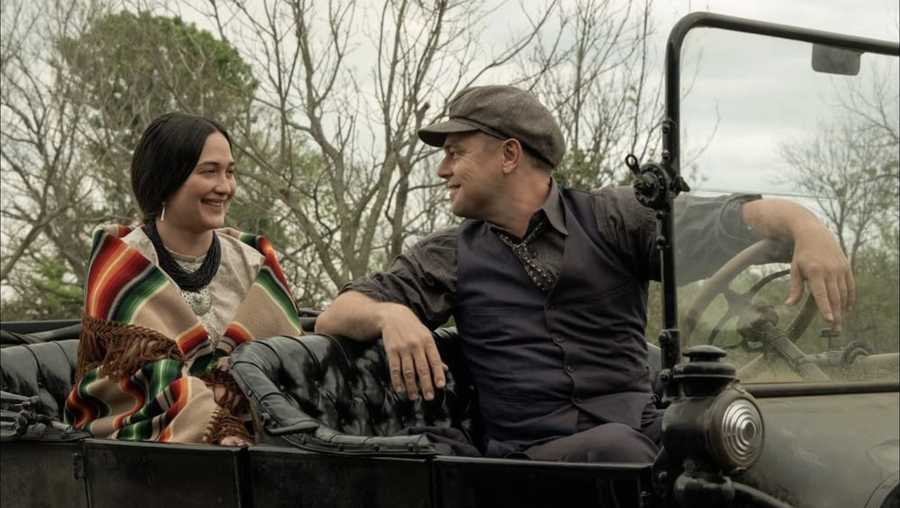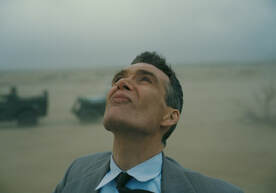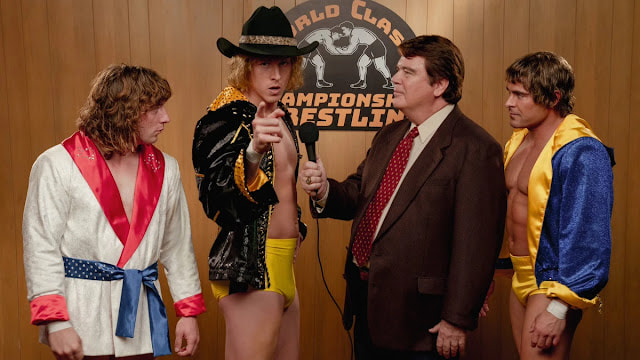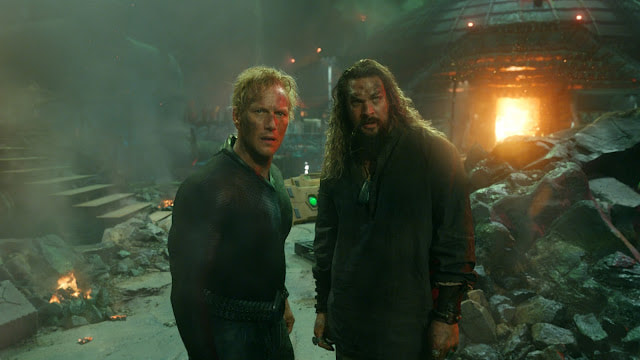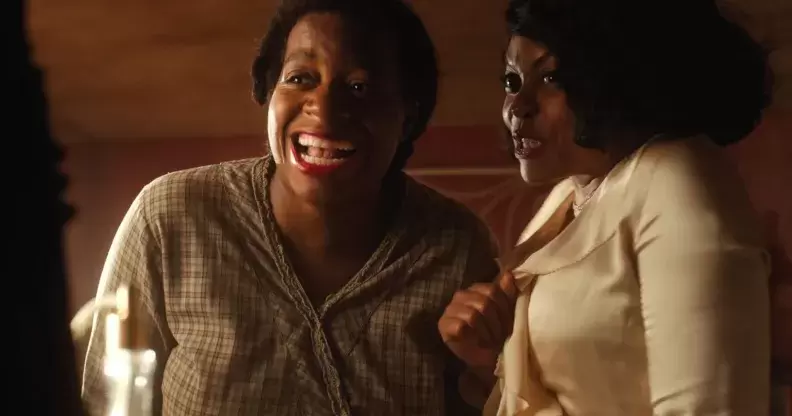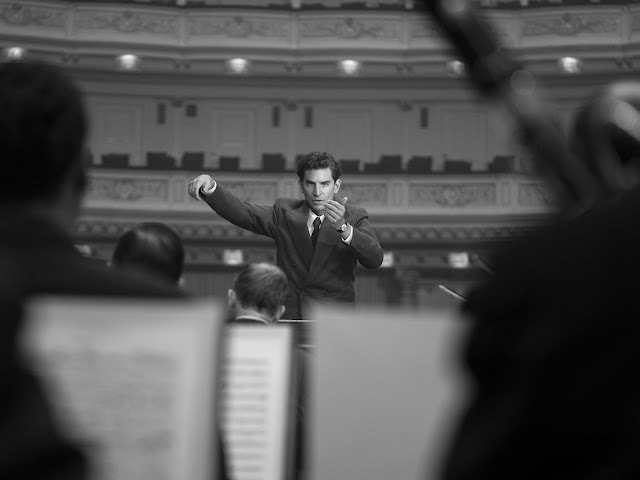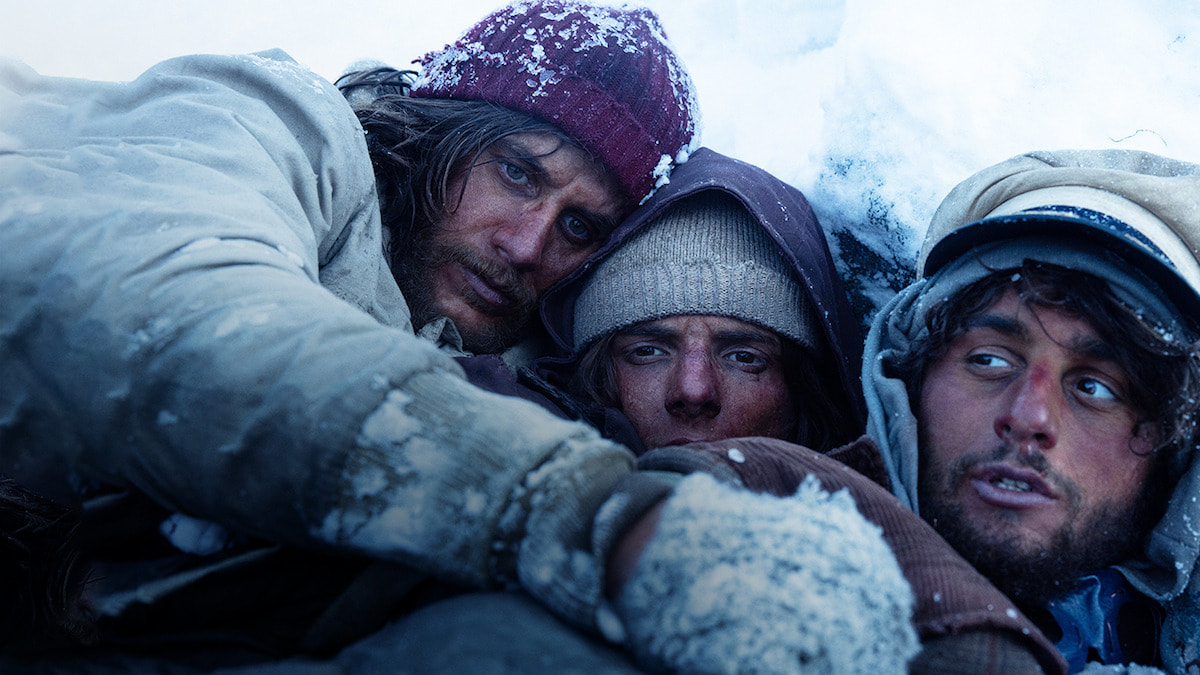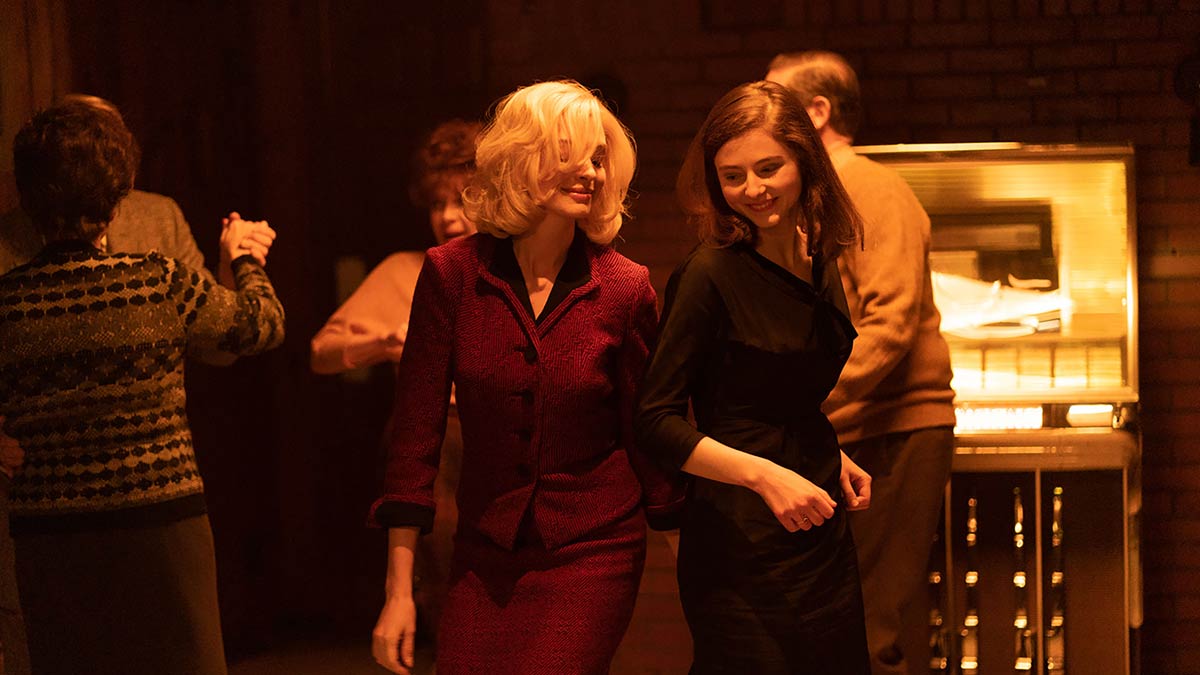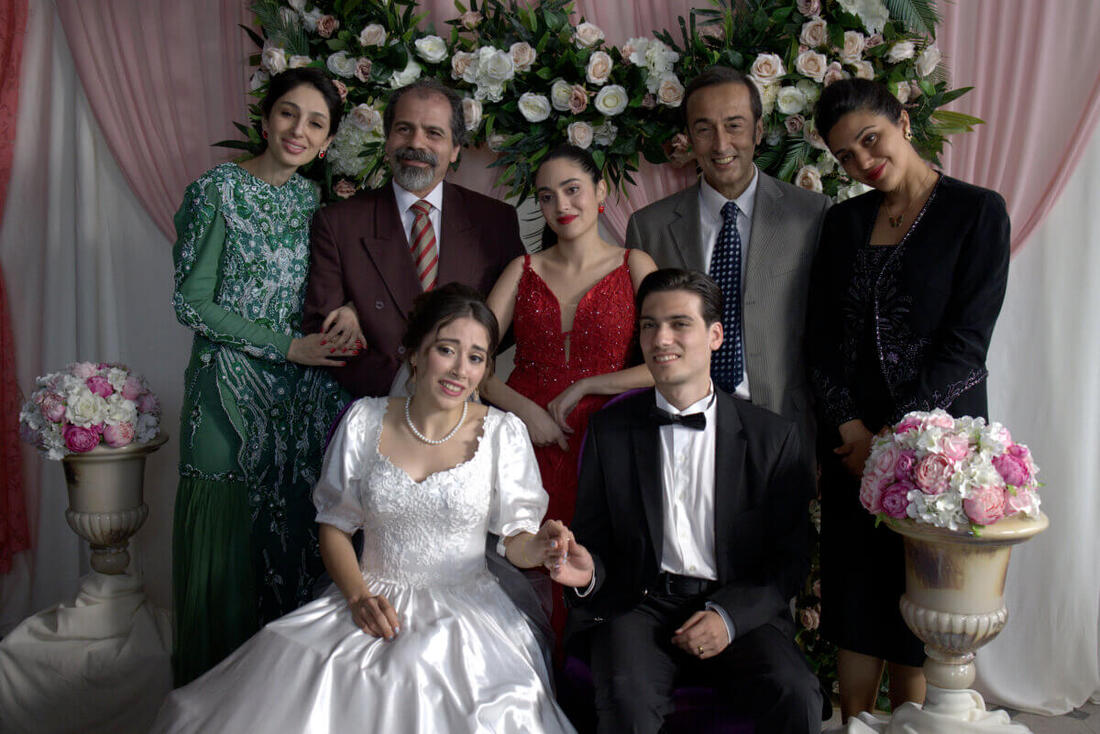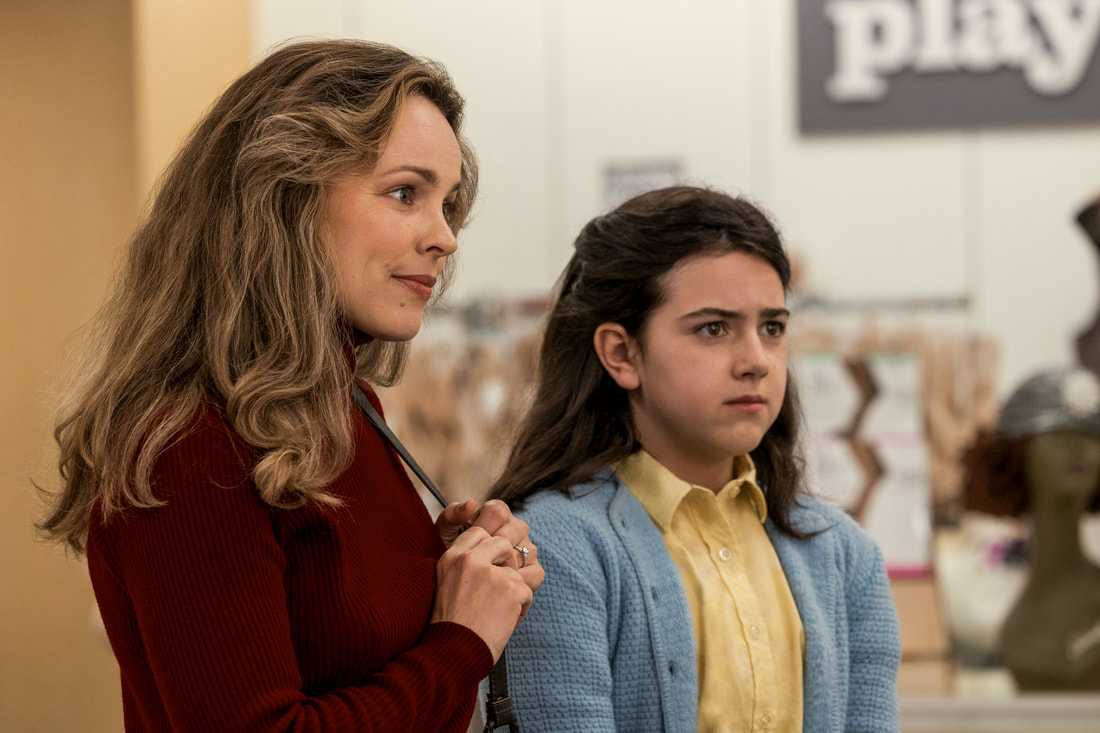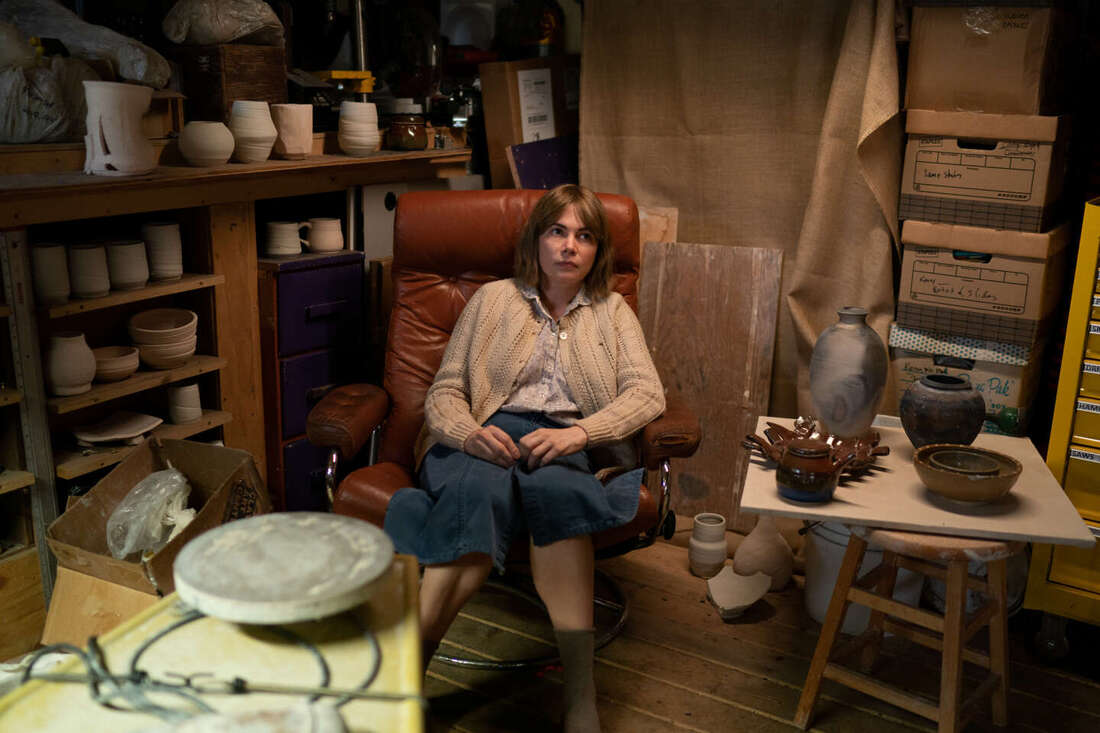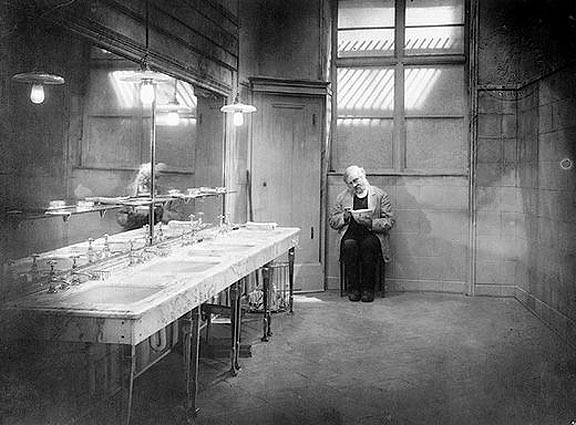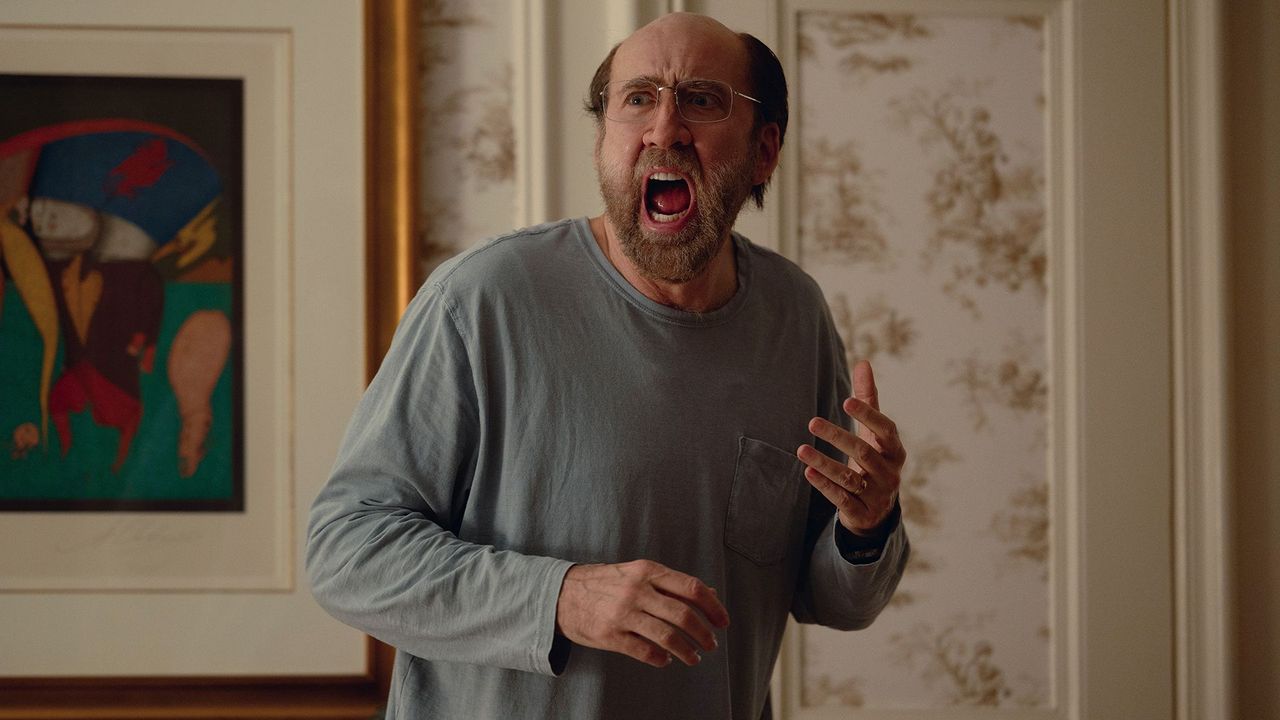|
by Tyler Glover, Aprille Hanson-Spivey & Julian Spivey The Word is celebrating the 100th birthday of Disney by ranking the 100 greatest characters in its history. Today, September 23, marks 100 days left in 2023 and we will be unveiling one character a day through the end of the year! The list will feature characters from Disney and Pixar animated films, as well as those from Disney live action, shorts and television series. 100. Flash (Zootopia) Voiced by Raymond S. Persi Has there ever been a more appropriate and realistic Disney character portrayal than Flash, the three-toed sloth DMV (which, of course, stands for Department of Mammal Vehicles) worker, in 2016’s “Zooptopia”? Sure, Judy Hopps, the young optimistic rabbit police officer, is the lead of the film and a fine one at that – but it’s Flash in his one scene (and a terrific punchline at the end of the movie) that steals the whole thing and has the biggest lasting impact. It’s a small moment that shows Disney really knows how to get the parents of all the kiddies they bring to the theater laughing along too by bringing something so annoyingly laughable in the real world to the fantastic world of animation. JS 99. Pinocchio (Pinocchio) Voiced by Dick Jones (1940 film) One thing I always remember from my childhood is my mom telling me not to lie to her because if I did, my nose would grow. All thanks to the classic 1950 Disney film, “Pinocchio.” Pinocchio is a character I feel we can all see ourselves in. He has an overwhelming urge to want to fit in. He wants to be a real boy. He wants people to like him and this inevitably leads to him getting into some trouble. Pinocchio sees good in people. It is difficult in the world we live in not to be concerned about ulterior motives or being able to be positive but Pinocchio’s willingness to see the good in people is something to be admired. TG 98. Seagulls (Finding Nemo) Voiced by Andrew Stanton If you’re a Disney fan and I suddenly started shouting, “Mine, Mine, Mine” with sort of a deep, then crescendo whiny tone, you’d know exactly what movie I’m referencing. That kind of recognition makes the Seagulls in Disney’s 2003 hit “Finding Nemo,” more than just a flock of birds that tried to eat Marlin and Dory. They are one of the many sets of memorable characters that provide comic relief on Nemo’s epic journey. Even though seagulls are among the most intelligent bird species, that one repeated word of dialogue comes across so perfectly that I can’t help but think “Mine” whenever I see them hopping along a beach, snatching up a snack. AHS 97. Mr. Potato Head (Toy Story series) Voiced by Don Rickles If you’re going to make a movie about toys that come to life when their kid isn’t playing with them you have to throw a real-world classic or two into the bunch and the creators of Pixar’s lodestar “Toy Story” did so brilliantly with Mr. Potato Head (can you believe it took until the second induction class of the National Toy Hall of Fame to get that guy in!?). There was nobody better to voice Mr. Potato Head than the cynical, sarcastic Mr. Warmth himself Don Rickles (hey, Rickles and Mr. Potato Head kind of resemble each other – I think the late insult comedian would enjoy that zinger). It’s a good thing Pixar didn’t give Mr. Potato Head the original look, or that would’ve really scared the kiddos. JS 96. Darkwing Duck (Darkwing Duck) Voiced by Jim Cummings Man, nothing would get a pre-teen going in the early ‘90s like hearing, “Let’s get dangerous” in a slurred, duck voice from their favorite daytime superhero Darkwing Duck, a mixture of James Bond and every Humphrey Bogart detective who fought dastardly villains on The Disney Afternoon syndication block that also featured “TaleSpin,” “DuckTales” and “Chip ‘n Dale: Rescue Rangers.” Darkwing Duck was my main man when I was a kiddo – I even had a giant action figure I would take to school with me and show off to all my young bros. - JS 95. Bruce the Shark (Finding Nemo) Voiced by Barry Humphries Disney’s “Finding Nemo” (2003) was an instant classic for its epic journey, witty dialogue and unforgettable characters. One of the best scenes of the movie mimics an Alcoholics Anonymous meeting for sharks that are trying to stay on the wagon by not eating fish. The biggest shark of the bunch, Bruce, voiced by Australian comedian Barry Humphries, leads the meeting, proudly declaring, “Fish are friends, not food.” Even though he’s made it three weeks without eating a fish, when Dory gets a bloody nose, the smell is just too enticing to override his natural instinct. But you have to love Bruce because the concept of a shark AA meeting is hilarious, and his boisterous Australian accent really sells it. - AHS 94. Sulley (Monsters Inc. & Monsters University) Voiced by John Goodman When watching “Monsters, Inc.,” you can really get wrapped up in Billy Crystal’s energetic and frantic character, Mike Wazowski. However, Sulley, his strong, blue and scary monster friend named Sulley definitely stands as one of the best Disney characters of all time. Sulley may be the top scarer and get the most children’s screams to power the monster city of Monstropolis but he also has a heart of gold. When a child named Boo gets into their city, he does everything he can to get her home and not let people capture her that would hurt her. He sees her for who she is and not as the threat others do. Boo wins his heart and Sulley wins ours! - TG 93. WALL-E (WALL-E) Voiced by Ben Burtt The only robot I’d be OK with taking over the world would be Disney’s WALL-E, a small trash-collecting robot that has been alone on Earth for hundreds of years sorting garbage humans left behind. WALL-E, short for Waste Allocation Load Lifter Earth-class, evolves and develops a personality over the years, and falls in love with robot EVE (Extraterrestrial Vegetation Evaluator), who is there to scan Earth for signs of life. WALL-E is sweet, incredibly loyal and captures viewers' hearts with no dialogue, but simple beep/blip robot sounds. The 2008 movie itself serves as an important warning to humans about protecting the planet, but without the gentle WALL-E leading that message, it wouldn’t be as impactful. – AHS 92. Remy (Ratatouille) Voiced by Patton Oswalt Disney has always made us believe that if you can dream it, you can do it! In the 2007 film, “Ratatouille,” we are taught by the late great Chef Gusteau that “anyone can cook.” A young rat named Remy believes him and goes for it! What makes Remy’s quest to be a chef so beautiful to watch is that he is aware of the way the world sees rats. Remy does not let that stop him! He is determined to be a chef despite everything because it is his dream. What makes Remy one of the best Disney characters is his enthusiastic passion for his dream and his unwillingness to give up despite the obstacles. – TG 91. Chip 'n Dale (Chip 'n Dale: Rescue Rangers) Voiced by Tress MacNeille & Corey Burton (1989-90 TV Series) Peanut Butter and Jelly. Macaroni and Cheese. Like these iconic pairs, there's another dynamic duo that might be considered even more iconic: Chip 'n Dale. Admit it, just reading their names made you smile as you reminisced getting to watch all the mischievous trouble those two created. From pestering poor Pluto to wreaking havoc on Donald Duck, Chip 'n Dale were impish to perfection! They were such beloved characters that Disney even created an entire show revolving around them, “Chip 'n Dale Rescue Rangers.” They’re so memorable, in fact, that just last year, Disney+ took the 30-year-old show and turned it into a movie. You should check it out next time you're aimlessly scrolling on your tv. You've got the focused, serious Chip in his stylish leather jacket and the goofy, fun loving Dale rocking his Hawaiian shirt. Two polar opposites glued together by chaos and adventure! Did Chip 'n Dale concoct a sneaky plan to slip on by the journalists at The Word Webzine and submit their names on Disney’s top 100 Characters List? Doesn't sound like something chipmunks could do?? Did said plan include ghost writing a brilliant paragraph to put them in the spotlight even more so? Doesn't that sound like something chipmunks would do!! – HH 90. Mad Hatter (Alice in Wonderland) Voiced by Ed Wynn The Mad Hatter from the 1951 Disney classic, “Alice In Wonderland” has to be one of the silliest characters in Disney’s entire 100-year history. While Alice is in Wonderland, she encounters the Mad Hatter while he is celebrating with his friends all of their “un-birthdays” and drinking tea. Alice joins them for this tea party but ends up leaving without even having one drop of tea due to them constantly moving her to another seat before she can even get one sip. While the Mad Hatter is eccentric, crazy and very loud, he is also very lovable. The Mad Hatter reminds us all of some of our friends who can absolutely drive us crazy sometimes but we would not have it any other way. – TG 89. Captain Hook (Peter Pan) Voiced by Hans Conried Captain Hook is one of the most memorable villains in Disney history. The reason for this is how funny he is but also how serious he is. In one scene, we will see Captain Hook so morbidly scared at a crocodile that he is acting like a baby scared of the dark. We are all brought to laughter! Then, in the next scene, he is shooting one of his pirates off the boat for not doing what he wanted. Captain Hook’s over-dramatic and emotional antics make us laugh while also being scared that he is going to blow up Peter Pan in his hideout. Disney did a great job balancing this with Captain Hook making him one of Disney’s best characters. - TG 88. Flounder (The Little Mermaid) Voiced by Jason Marin If you’re a mermaid, there’s really nothing better than a best friend who’s an adorable fish. Flounder, the cute yellow and blue cartoon fish from 1989’s “The Little Mermaid” is by Ariel’s side no matter what. Nothing against the live-action remake, which I have yet to see, but Flounder is just too realistic to be considered cute in that one. Flounder is a good contrast to Sebastian the crab’s tell-it-like-it-is nature toward the teenage mermaid and serves as the ultimate friend and sidekick. Even though he’s a little nervous about going on adventures, as he says, he is NOT a guppy — the ultimate fish insult apparently. – AHS 87. Cogsworth (Beauty and the Beast) Voiced by David Ogden Stiers In the 1991 Disney animated classic, “Beauty and the Beast,” an enchantment is put on everyone living in the castle because of the Prince’s cruel heart towards an old peasant woman. One of these is the very uptight Cogsworth, who is turned into a small clock. Cogsworth is not a rule breaker in any sense of the word. He follows the rules to a T unlike his friend, Lumiere, a candelabra. Lumiere reminds us that sometimes, we should be more willing to break away from our rigid schedules but Cogsworth is a special Disney character that reminds us that sometimes, we need to follow the rules and need to be more aware of the trouble we get into. Plus, Cogsworth is one of the funniest Disney characters of all time. – TG 86. Bing Bong (Inside Out) Voiced by Richard Kind Disney knows how to do heartbreak. I’m still haunted by Bambi shouting “Mother” into the silence. While not as traumatic, Bing Bong absolutely pierced the hearts of everyone who has ever had an imaginary friend, or anyone with a heart that was watching 2015’s “Inside Out.” Bing Bong, the goofy pink elephant, was an imaginary friend to Riley, still living in the depths of her mind. During Joy’s epic trip to save Riley’s memories, Bing Bong sacrifices himself, disappearing from Riley’s memory to make sure Joy doesn’t disappear for the young girl. It’s truly heartbreaking to see this sweet, funny character go, because he really represents the true innocence of childhood. It makes him such an important Disney character. – AHS 85. Nala (The Lion King) Voiced by Niketa Calame (young Nala) & Moira Kelly (adult Nala) To quote a different Disney classic, it’s “a tale as old as time” — a female helping the love of her life realize his full potential and making the world a better place because of it. It’s what makes Nala in Disney’s 1994 classic, “The Lion King,” so important. The feisty lioness is not only a best friend to the future king, pinning him down in the cutest way to show her own strength, but helps an adult Simba ultimately remember who he is in order to save the pride. Nala is the not-so-secret ingredient that makes the film a love story and moves the main plot forward. - AHS 84. Hector (Coco) Voiced by Gael Garcia Bernal Hector, from the 2017 film “Coco,” holds a very special place in my heart. Hector is a dead man living in the afterlife who is trying to cross the bridge on Dia De Los Muertos (the only day they can do this) to visit his family. However, his photo is not on The Ofrenda (an altar honoring the dead) so he is not allowed to cross back over. Hector is desperate to see the family that he left behind. Unfortunately, Hector died on the road pursuing his dreams of being a musician. So, he didn’t really get to say goodbye to his family. They mistakenly believed he had abandoned them. Hector is a Disney character that does something that I feel few characters do. You do not only sympathize with Hector, but you also ache with him. You feel his pain, his devastation, his longing, and his passion to reunite with his family. Gael Garcia Bernal is the voice of Hector and he is absolutely brilliant. The audience is so emotionally invested in this journey and when his dreams come true, we still find ourselves crying out of pure joy. - TG 83. Lilo (Lilo & Stitch) Voiced by Daveigh Chase Lilo, from 2002’s “Lilo & Stitch,” was a major step for Disney in representation with Disney having such a history of primarily white princesses. Lilo is a six-year-old Hawaiian girl being raised by her older sister, Nani. Lilo and Nani’s parents died years earlier and it has been a really tough transition for both of them. This film truly went into uncharted territory in so many ways. Lilo is pushing her older sister’s buttons but unfortunately, this captures the attention of a social worker named Cobra Bubbles. While Disney had spent years showing princesses at their very best, we get to see a young girl who can be selfish, and messy, want something other than a man and can cause problems that may even hurt her in the end. It was nice to see a character that reflected real life in ways other films had not done before. Lilo and Nani’s life is turned even more upside down with the arrival of a cute alien named Stitch, who escaped and is being sought after to be returned to his home planet. Lilo’s love for Stitch is something to be admired and Stitch really teaches her about love. After all, “Ohana means family and family means nobody gets left behind or forgotten.” - TG 82. Joy (Inside Out) Voiced by Amy Poehler Is there anything that can get Joy from the 2015 movie “Inside Out” down? Yes, Sadness. Sadness is obviously too depressing for Joy, who is hellbent on making sure the pre-teen they are emotions for Riley, is always joyful. What makes Joy such a great Disney character is her ultimate realization that for true joy, you really need all the emotions working together, even Sadness. Joy really is one of Disney’s great heroines, stopping at nothing to preserve Riley’s memories and ultimate happiness. – AHS 81. Tinker Bell (Peter Pan) Tinker Bell is a character that holds a special place in so many Disney fans’ hearts. It is really difficult to pinpoint just one singular reason. It could be her beauty, her intelligence, her sassiness or even her fierce devotion to her friend, Peter Pan. One thing is for certain though, this pixie fairy is absolutely magical. She is one of the few Disney characters that even transcends the movie she is in: 1953’s “Peter Pan.” Tinker Bell has been shown flying in opening movie credits for years using her wand to dust some pixie dust around the scenery letting us all know we are about to witness something truly magical. I think the reason Tinker Bell’s appearance brings so much joy is her presence letting us know anything is possible. – TG 80. Hercules (Hercules) Voiced by Tate Donovan Although he doesn’t get quite the amount of attention as many other Disney heroes, Hercules is definitely one of the greatest Disney characters of all time. Hercules portrays the image of being strong and mighty but he’s also kind and caring. He teaches that it’s what’s in your heart that makes you a hero. He is goofy, selfless and an all-around loveable character. - AJ 79. Vanellope von Schweetz (Wreck-It Ralph) Voiced by Sarah Silverman How could one not love Vanellope von Schweetz?! She has the right amount of flair, attitude and humor. She teaches children to be strong and brave, and also have a little fun. She also completely steals “Wreck-It Ralph” from the titular Ralph. Sorry bud! - AJ 78. Jett Jackson (The Famous Jett Jackson) Played by Lee Thompson Young I didn’t have the Disney Channel until I was around 13 or so years old, so some of the original shows from the ‘90s were unbeknownst to me and some of the classics that came later (i.e. “Hannah Montana”) were after my interest in teenage orientated shows had faded. “Lizzie McGuire” and “Even Stevens” are two shows from the early aughts that are remembered fondly by folks of my generation but my favorite series of that time is one that seems to have mostly been forgotten over the years: “The Famous Jett Jackson.” When I was 13 or so, Jett Jackson was the coolest teen on earth. As played by the late Lee Thompson Young, Jackson was a teenage actor attempting to live a normal teenage life at home, while playing the super cool spy Silverstone on TV. Imagine trying to live the chaotic, emotional life of a teenager while also being James Bond? JS 77. Tigger (Winnie the Pooh) Voiced by Paul Winchell & Jim Cummings Tigger is the comic relief of “Winnie the Pooh,” which is probably incredibly necessary because remembering the characters as an adult I’m pretty sure Eeyore and Winnie himself were differing types of clinically depressed. Then you have Tigger, the toy stuffed tiger come to life, who’s always filled with optimism and energy and often mischievous – maybe he was on something to cope with the rampant depression of Pooh Corner? Anyway, he was always good for a laugh. - JS 76. Anna (Frozen & Frozen II) Voiced by Kristen Bell Disney’s 2013 hit “Frozen” has everything – queens/princesses, adventure, adorable animal sidekicks, romance, betrayal. But what makes it one of the best is the bond of sisterhood between Anna and Elsa of Arendelle. Elsa’s had a rough go since her childhood when she put Anna in danger with her special frozen powers. Even when Elsa freezes her sister out for years (yes, pun intended) and then leaves Arendelle after her powers send the town into winter, Anna (voiced by Kristen Bell) is fearless in her pursuit to find her sister and bring her back to take her rightful place on the throne. Anna, though naive at first in romance, is relentless even when she second-guesses herself. Each sister moves even closer to their destiny in 2019’s “Frozen II.” Above all, Anna is one of the best examples of a sister that Disney has ever created. - AHS 75. Peter Pan (Peter Pan) Voiced by Bobby Driscoll Peter Pan might be one of the most accurate portrayals of the male brain in the history of not only Disney but film and literature period. Peter Pan is a free-spirited, mischievous boy who can fly and never grows up. Have you ever met a male – rather boy or adult – who really wanted to grow up? Peter Pan, as created by author J.M. Barrie and first introduced to many of us via the 1953 Disney classic that shares his name, is a freakin’ hero to men everywhere for his sheer refusal to grow up. Stay young forever, Peter Pan. You’re living the dream, dude! – JS 74. Yzma (The Emperor's New Groove) Voiced by Eartha Kitt Yzma is easily one of the funniest Disney villains in a long lineage of great Disney villains. In 2000’s “The Emperor’s New Groove,” Yzma is the royal advisor to the very selfish Emperor Kuzco. After being unceremoniously fired, Yzma plots to kill Kuzco. However, she accidentally turns him into a llama and mayhem ensues. Yzma is voiced brilliantly by Eartha Kitt, who won the Annie Award for Best Voice Acting By A Female Performer in an Animated Feature Production for this role. Kitt’s voice makes Yzma iconic. There are so many funny moments with this villain and most of these are between her and her henchman, Kronk. Kronk is very easily distracted and does not always pick up on social cues. One example is Kronk becomes very concerned about cooking spinach puffs the night they are going to kill the emperor. Yzma is trying so desperately to keep her composure and we, the audience, are losing our minds with laughter knowing how irritated she is. Another funny moment is when Yzma has Kronk pull a lever dramatically. It ends up being the wrong lever and Yzma falls through a trapdoor with a crocodile. Kitt’s performance was spot on and led by a fantastic script, leaving us all to hold Yzma in a special place in our Disney hearts. - TG 73. Joe Gardner (Soul) Voiced by Jamie Foxx Joe Gardner, the protagonist of Pixar’s 2020 film “Soul,” is one of the more unique Disney/Pixar characters because you could tell watching the film, especially as a thirtysomething, that this was truly a character for adults. This was actually somewhat of a criticism of the film for some. Sorry, it can’t all be princesses, pixie dust and giggles parents. It’s time your kids learned about death, the afterlife and jazz! It was also nice to see a black man cast as a lead in a Disney/Pixar release, even if they did turn Joe into a disembodied green soul for much of the flick. They already think you’ve gone completely woke Disney/Pixar – keep throwing all sorts of cultures and people at us. - JS 72. Fairy Godmother (Cinderella) Voiced by Verna Felton Disney’s brand has always promoted dreams coming true and wishes being granted. Who better to fulfill these wishes than a fairy godmother? Cinderella’s Fairy Godmother appears to her when her dress is tattered and she has no hope of going to the ball. The Fairy Godmother sings one of the best Disney songs of all time: “Bibbidi Bobbidi Boo” and transforms Cinderella’s destroyed dress into one of the most beautiful gowns in cinematic history. After also turning a pumpkin into a carriage, Cinderella is well on her way to her dreams coming true. Don’t we all wish we had a Fairy Godmother who could just wave her magic wand and make all of our dreams come true? Disney gives us hope in this beloved character. – TG 71. Gordon Bombay (The Mighty Ducks) Played by Emilio Estevez How many film studios can say they named an actual professional sports team after one of its films? The NHL’s Mighty Ducks of Anaheim were founded in 1993 based on the film “The Mighty Ducks” that came out the year before. Disney would own the team from its inception until 2005, at which time the franchise was renamed Anaheim Ducks. When I was a young kid I probably enjoyed Disney’s live-action films of the ‘90s more than I actually did the animated films – which seems strange today as that was an era of the Disney animation renaissance. But I was inspired by Coach Gordon Bombay, as played by Emilio Estevez, and his team of rag-tag pee-wee hockey players and the redemptive arc for Bombay, who is coaching the team as community service after a drunk driving sentence and has an unpleasant history with youth hockey. - JS 70. Dumbo (Dumbo) Dumbo is a character that I feel we all can identify with. Disney really made us see that even one of the cutest and most adorable characters ever conceived is still made fun of for being different. Dumbo, the cutest little elephant ever, is born into circus life and so, he eventually will be a performer like his Mom. However, he starts getting made fun of when his ears grow to be really, really big. When his Mom begins to defend him against these bullies, Ms. Jumbo is put into solitary confinement. Dumbo, of course, like any of us, wants to rescue his Mom so he decides to really focus on becoming a star. Dumbo’s determination, his perseverance and his love for his mother makes Dumbo one of the best Disney characters ever. This adorable elephant has a heart just as big as his two abnormal ears. We feel it and we are rooting for him every step of the way. – TG 69. Rapunzel (Tangled) Voiced by Mandy Moore Despite being locked in a tower for 18 years, Disney’s Rapunzel from the 2010 movie “Tangled” is tough. She has an adorable little chameleon best friend Pascal to keep her company as her golden hair, complete with healing powers, keeps growing, keeping who she thinks is her mother but is in fact her kidnapper, Mother Gothel, alive. She’s really the princess of Corona and her parents have been desperately waiting for her return, releasing beautiful sky lanterns on her birthday each year. She’s clever and risky, taking off with thief Flynn Rider to see the sky lanterns. Voiced by Mandy Moore, Rapunzel has become a favorite among the modern Disney princesses. - AHS 68. Powerline (A Goofy Movie) Voiced by Tevin Campbell There’s just some sort of fascination pop stars hold over us in our younger days. Fourteen-year-old Max Goof was no different being entranced under the spell of pop star Powerline’s celebrity and music to the point of impersonating him during the Principal’s speech on the last day of school in “A Goofy Movie.” Max is excited to view Powerline’s Los Angeles concert via pay-per-view with a girl he likes, but unbeknownst to him his dad, Goofy, has planned a father-son cross-country fishing expedition. The movie culminates with Max and Goofy on stage at Powerline’s L.A. show. Even though Powerline only really has this one scene in the film, he’s always loomed large in the minds of “A Goofy Movie” viewers, as easily entranced by his performances as Max was. Real ‘90s R&B star Tevin Campbell provided the singing voice for Powerline making the songs “Stand Out” and “I 2 I” truly, well, stand out in the film. By the way, you should definitely watch the season four “Atlanta” episode “The Goof Who Sat By the Door,” which is a brilliantly mockumentary on the making of “A Goofy Movie.” - JS 67. Sanderson Sisters (Hocus Pocus) Played by Bette Midler, Sarah Jessica Parker & Kathy Najimy Witches simply do not get more fabulous than the three Sanderson sisters of “Hocus Pocus” and its sequel. Winnie (Bette Midler), Sarah (Sarah Jessica Parker) and Mary (Kathy Najimy) are simply unforgettable. Winnie is the oldest sister and leader of the pack who is obsessed with staying young and living forever by stealing children’s souls. She uses her sister, Sarah, to lure the children to their deaths and uses Mary to help brew the potions and sniff out the children. Together, they are the perfect team. What makes these witches so brilliant is that they are very scary. I used to have nightmares about them when I was younger but they are hysterically funny as well. There are so many quotable lines in this movie that stay with you and get recited by millions around Halloween time every year. They are simply iconic. When they end up coming back to life after being hanged years later, it truly becomes a fish-out-of-water story where the witches have to start understanding the technological advances that have been made which leads to even more hilarious hijinks. Every time I think of “Hocus Pocus,” I think of Winnie’s line at the beginning of the movie, “Oh, look. Another glorious morning! It makes me sick!” It’s something we can all agree with the witches on especially on a Monday morning! – TG 66. Bruno Madrigal (Encanto) Voiced by John Leguizamo We don’t talk about Bruno – but we can certainly write about him. Bruno Madrigal, the ostracized uncle in Disney’s 2021 movie “Encanto” was not only the center of the Lin-Manuel Miranda penned song “We Don’t Talk About Bruno,” which skyrocketed to No. 1 on the Billboard Hot 100 but was one of the most important characters in “Encanto.” Bruno (voiced by John Leguizamo) is painted as mysterious and maniacal but is ultimately sweet, OCD and quirky. He’s one of those characters that embodies someone who is different in society. Any child, or adult for that matter, watching the movie who feels they are misunderstood can empathize and relate to Bruno. He ultimately has a happy ending, which is so important to give those watching hope that maybe being different isn’t such a bad thing. - AHS 65. Cruella de Vil (101 Dalmatians) Voiced by Betty Lou Gerson (1961), Played by Glenn Close (1996) and Emma Stone (2021) Cruella is a strong, independent woman with excellent fashion sense and a clear picture of what she wants. However, Cruella is one Disney villain that can be difficult for audiences to connect with. It is difficult to see things from the point of view of someone who wants to kill puppies in the name of fashion. There is something about Cruella that clearly resonates with viewers though. Cruella’s story has continued through several films throughout Disney history. Aside from the original Cruella de Vil in 1961’s “One Hundred and One Dalmatians,” Cruella has been portrayed by Oscar nominee Glenn Close in 1996’s “101 Dalmatians” and in its sequel “102 Dalmatians.” Most recently, Cruella was brought to the screen by Oscar winner Emma Stone in 2021’s “Cruella.” I think what makes Cruella so interesting to so many viewers is they want to find her humanity. This was definitely the case for me. In 2021’s “Cruella,” we learn the dog killing was all a lie that became widespread throughout London. Villains are not born. They are made. I’m interested in learning more through the planned sequel to see what truly made Cruella become the villain we all know her as today. – TG 64. Oaken (Frozen & Frozen II) Voiced by Chris Williams Disney’s “Frozen” is full of beloved characters, but one of the most quotable goes to Oaken, owner of Wandering Oaken’s Trading Post and Sauna. It’s a very minor scene in the movie as a whole, despite how pivotal it is for Anna as she meets the future love of her life Kristoff. I find myself randomly quoting his famous line, “Yoo hoo, big summer blowout” in his high Scandinavian voice. You’ve got to love his tenacity to try and sell swimsuits in a snowstorm to a visibly freezing Anna and later Kristoff. He’s a shrewd businessman who takes up permanent residence in my brain, and I know I’m not the only one. - AHS 63. Tiana (The Princess and the Frog) Voiced by Anika Noni Rose Princess Tiana is one of the most exciting things to happen in all 100 years of Disney. It might have taken 86 years but in 2009, Disney FINALLY welcomed a black princess. Representation is so important. We all should be able to see ourselves on screen. With Tiana’s introduction, little black girls all over the world could finally see a Disney princess that looked like them. It was such a beautiful moment in Disney history. Disney also just gave us such a fantastic character in Princess Tiana. Tiana lives in New Orleans and is determined to own a restaurant. She wants to cook the recipes she was handed down from her Dad and ones she has made up on her own. Another reason Tiana stands out is that her dream never was about meeting a prince and having a happily ever after. She even has a friend named Charlotte La Bouff, who fits into the Disney princess stereotype. Tiana is a character we all love so much because of her passion, her determination, her perseverance and her intelligence. Tiana has brought hope to little black girls around the world and showed them that their dreams do matter too. - TG 62. Marlin (Finding Nemo) Voiced by Albert Brooks There are certainly cuter (Nemo), funnier (Dory) and cooler (Crush) characters in “Finding Nemo,” but I think the unsung hero of the whole movie and likely its heart is Marlin, the overprotective clownfish father who’s just trying to do his best to raise his son after the tragedy that took his wife – because Disney, y’all - and all of her eggs but the one that turned into Nemo. Is there anything as devastatingly sweet as Marlin’s early scene: “There, there, there. It’s OK. Daddy’s here. Daddy’s got you. I promise. I will never let anything happen to you, Nemo.” The neurosis of Marlin is perfectly suited to the voice acting of Albert Brooks, who quietly sets the tone for the film – while so many others surrounding him attempt to steal the spotlight. - JS 61. Roz (Monsters Inc. & Monsters U.) Voiced by Bob Peterson Roz, from “Monsters, Inc.,” is the kind of side character that truly stands out and you remember forever. Roz appears to only be a secretary working for Monsters, Inc. who gets fed up with Mike Wasowski, a scare trainer, for not turning in his paperwork on time. She always tells him, “I’m always watching.” It winds up being a great plot twist later on in the film when it turns out Roz is the Number One of the Child Detection Agency and has been undercover investigating the CEO of Monsters, Inc. It makes it so clever that her catchphrase has always been “I’m always watching.” This snail-like monster is voiced to perfection by Bob Peterson, who is also the story supervisor for the film. Roz definitely reminds us of that one coworker who can be annoying with their strict adherence to rules. - TG 60. Hades (Hercules) Voiced by James Woods Hades is without a doubt one of the best Disney villains of all time. His charisma and humor in “Hercules” draw you to him so much that you almost wish he could’ve stuck around at the end and you almost forget he’s voiced by James Woods! He’s hilarious but he’s also just such a cool character. I mean, god of the underworld what’s more interesting than that? – AJ 59. Kuzco (The Emperor's New Groove) Voiced by David Spade Maybe it’s the way comedian David Spade played the part in “The Emperor’s New Groove,” but Kuzco is such a loved character amongst Disney fans. He’s downright hilarious, has the best relationship with Pacha, and turns into such a softy as the film goes on. His charm is unmatched and makes him just so likable! – AJ 58. Doc Hudson (Cars) Voiced by Paul Newman Doc Hudson is truly one of the most unsung heroes in Pixar history. Even among the cast of “Cars” he doesn’t seem to get his due with the flashiness of Lightning McQueen and the comedy of Mater, but I love everything about this character from his storyline to the history behind the characters and the voice behind me. Played by Paul Newman, in his final film role, Doc Hudson, an anthropomorphic 1951 Hudson Hornet, was an auto racing legend in the early days of the Piston Cup before suffering a terrible rollover crash and fading away into obscurity as a small-town doctor (which surely has to be a reference to Moonlight Graham in “Field of Dreams”) and judge before years later turning into the mentor to a brash, young racer Lightning McQueen. As a NASCAR fan, I love the real-life inspirations behind Doc Hudson, with the character mostly inspired by NASCAR Hall of Famer Herb Thomas, who drove the real “Fabulous Hudson Hornet” in the ‘50s. I also think Doc Hudson is a terrific final performance for a Hollywood legend who loves racing cars and was even a major event champion at it, along with some of the unique homages like Doc Hudson having Newman’s piercing blue eyes and the nickname “Hud,” which was one of Newman’s most memorable roles. Doc Hudson is the perfect mixture of original character and homage. - JS 57. Kronk (The Emperor's New Groove) Voiced by Patrick Warburton Kronk is one of the silliest characters in Disney history. While Kronk is known as the henchman of Yzma, the villain of “The Emperor’s New Groove,” Kronk truly does have a heart of gold. Even when he is supposed to dispose of the emperor in Yzma’s plot to take over the kingdom, he cannot bring himself to “finish the job.” Kronk is what makes “The Emperor’s New Groove” one of the best recent Disney films. While Yzma is constantly trying to plot, Kronk is sidetracked by his own interests. When they are supposed to be poisoning the emperor, Kronk is more concerned about his spinach puffs. He loves to cook and is more worried about them turning out perfect than doing his boss’ bidding. “The Emperor’s New Groove” really is successful in showing just how much fun a villain and an air-headed henchman can be. – TG 56. Lizzie McGuire (Lizzie McGuire) Played by Hilary Duff There are a lot of Disney Channel Original TV shows, but “Lizzie McGuire” will always be one that stands out. Even though it only lasted two seasons, premiering in 2001, it solidified Hilary Duff’s fame as an actress and singer. The character, 13-year-old Lizzie McGuire, was cute and awkward, trying to navigate junior high. She wasn’t popular, had two loyal best friends in Miranda and Gordo and a cartoon inner voice that popped up to share exactly what was going through her mind. I was the same age when the show premiered and Lizzie was relatable in every way. Junior High is not an easy time in life and having a character like Lizzie was important for young girls to see on screen. - AHS 55. Robin Hood (Robin Hood) Voiced by Brian Bedford Robin Hood has been one of literature’s heroes for so long we don’t even know who first created him. The character who robs the rich to give to the poor has been around since at least the 1300s in English folklore and has been portrayed by such suave actors as Douglas Fairbanks, Errol Flynn, Sean Connery, Kevin Costner and Russell Crow in film. But the cutest version of Robin Hood, I think we can all agree on, was the character in the form of a charming red fox. As voiced by Shakespearean actor Brian Bedford, this Robin Hood is likely the one to first introduce children around the world to this great hero ever since the film premieres in 1973. Also, the film contains original music by the great Roger Miller, so you know I’m going to point that out. – JS 54. The Seven Dwarfs (Snow White & the Seven Dwarfs) Voiced by Roy Atwell, Otis Harlan, Scotty Mattraw, Billy Gilbert, Eddie Collins & Pinto Colvig Heigh-Ho! Heigh-Ho! There are seven dwarfs at 54. The first ever feature-length animated Disney film “Snow White and the Seven Dwarfs” was released in 1937 and thrilled audiences everywhere with what could be done in the medium of animation and essentially led Disney to control the medium for the rest of the remaining 100 years since its birth. Snow White might be the main star of the film, but these hard-working miners often steal the show. There’s Doc (voiced by Roy Atwell), the good-hearted leader of the group, and then the other six are pretty much explained by their respective names: Happy (voiced by Otis Harlan), Bashful (voiced by Scotty Mattraw), Sneezy (voiced by Billy Gilbert), Dopey (voiced by Eddie Collins), Grumpy and Sleepy (both voiced by Pinto Colvig). Always good for a laugh and some of the earliest Disney classic songs, which have stood the test of time, like “Heigh-Ho,” these little guys were a major step forward for the cutesy, funny, lovable characters that Disney would build itself around in film. - JS 53. Thumper (Bambi) Voiced by Peter Behn (Young Thumper), Tim Davis (Adolescent Thumper) & Sam Edwards (Young Adult Thumper) Bambi’s adorable friend Thumper the rabbit has perhaps one of the best pieces of advice ever shared in a Disney movie: “If you can’t say somethin’ nice, don’t say nothin’ at all.” Thumper is such an important character in Disney’s 1942 classic “Bambi,” not only because he befriends the orphaned deer, but he brings some lightness to a pretty dark plot. After his mother is shot and killed, Bambi explores the forest with Thumper and Flower, the skunk. Thumper is just adorable, especially when he melts with love after laying eyes on Miss Bunny. He’s cute and full of wisdom, making him a classic character. – AHS 52. Shadow (Homeward Bound: The Incredible Journey) Voiced by Don Ameche Shadow is the goodest boy to ever grace a Disney live-action film in 1993’s “Homeward Bound: The Incredible Journey,” which was a remake of the previous Disney film “The Incredible Journey” from 1963. In the 1963 version, the dogs and cat don’t talk, but the remake made the wise decision to give the animals speaking voices and hired Michael J. Fox as the American Bulldog Chance, Sally Field as the Himalayan cat Sassy and veteran actor Don Ameche as the wise, old Golden Retriever Shadow. The audience is already gonna be head over heels in love with an old, graying Golden Retriever, but given Ameche’s voice and the treacherous, heart-wrenching plotline of Shadow trying to lead his brother and sister home to a family they believe has lost them he becomes the hero of the story. If you don’t weep at the end when the injured Shadow limps his way back home to his family, who think he’s passed on during the journey home, then you simply have no soul. - JS 51. Ursula (The Little Mermaid) Voiced by Pat Carroll (1989) & Played by Melissa McCarthy (2023) The Little Mermaid’s Ursula is easily one of the most frightening villains in Disney history. Ursula has to be one of the best at being bad ever! When Ursula grants Ariel’s wish to let her leave her mermaid life to be a human for three days, she takes her voice from her as payment. She tells Ariel that she has to get her prince to kiss her within three days but wants to make that as difficult as possible. And when Ariel almost gets that kiss, Ursula disguises herself and uses Ariel’s voice to bewitch him into falling for her. Ursula does not play fair! She is in it to win! This definitely makes her extremely dangerous. The late Pat Carroll’s vocal performance of this role is one of the best in animation. – TG 50. Eeyore (Winnie the Pooh) Voiced by Ralph Wright, Ron Gans, Peter Cullen & Brad Garrett There may not be a Disney character I identify more with than Eeyore, the pessimistic, gloomy, depressive donkey from the Winnie the Pooh series of films, shorts and series based on the books of author A.A. Milne. “Well, I suppose it is … for some,” when the always sunny Piglet asks him, “Good morning!” is my kind of answer. Don’t let the gloominess fool you though, Eeyore also has a heart of gold and is filled with compassion for his friends. You don’t have to be all happy-go-lucky to be a good per, err, donkey, after all. - Julian Spivey 49. Crush (Finding Nemo) Voiced by Andrew Stanton The idea to give a 150-year-old sea turtle the laid-back personality of a surfer dude in “Finding Nemo” was absolutely genius … or maybe I should say … totally awesome, dude! Crush, voiced perfectly by one of the film’s directors Andrew Stanton, is a small character in “Finding Nemo,” but instantaneously won over the hearts of viewers with his hilarious, easy-going persona. It’s such a popular character that there’s no shortage of Crush sightings at Disney parks with him hosting the talk show “Turtle Talk with Crush” at most Disney parks, as well as other “Finding Nemo” related attractions. - JS 48. Miguel (Coco) Voiced by Anthony Gonzalez Miguel is a boy from Mexico who dreams of becoming a musician in the Academy Award-winning modern Disney classic, “Coco.” Miguel is someone I feel we all can see ourselves in. His family disapproves of what he wants to do with his life but he doesn’t let that sidetrack him from what his passion in life is. His determination and commitment to his craft is something every Disney fan admires and is inspired by. When he finally wins his family over, it gives us all hope that maybe we all can achieve our dreams and not lose our families in the process. – TG 47. Lady (Lady and the Tramp) Voiced by Barbara Luddy (1955) & Tessa Thompson (2019) Disney’s 1955 classic “Lady and The Tramp” is not only a favorite for dog lovers — despite the dark parts of the story — but also for one of the most iconic Disney moments, when Lady and Tramp share a spaghetti dinner. It’s a sweet love story of two canines from different worlds, showing how opposites attract. Lady is one of the best characters because of her love and commitment to her owners, Jim Dear and Darling, and their new baby. Even while enduring horrible treatment from Dear’s Aunt Sarah, who should never be taking care of dogs, Lady remains faithful to keeping the baby safe. Sure, she finds love along the way, but even that won’t compromise her dedication to her family. This cute little cocker spaniel really portrayed a dog’s loyalty, despite the direst of circumstances. - AHS Heidi Hall, Julia Hanson and Alea Jeremiah contributed to this article. 46. The Tramp (Lady and the Tramp) Voiced by Larry Roberts (1955) & Justin Theroux (2019) “He’s a tramp, but we love him” — we really do! Tramp is the cool street dog of Disney’s 1955 “Lady and The Tramp,” who tries to convince Lady to join his “collar-free” lifestyle, before her owners abandon her, explaining, “When a baby moves in, a dog moves out.” While Lady doesn’t believe it (and ultimately, her family proves to be decent people, despite their horrible choice of a dog sitter), you can’t help but assume it’s exactly what happened to poor Tramp. He’s persistent and loves Lady, showing he’s selfless by saving Lady’s family’s baby against a vicious rat, despite it almost getting him taken away by the dogcatcher and euthanized. Because of his past hardships, makes him the best family dog and ultimately father to their puppies. Tramp is a beautiful portrayal of a rescue dog and how much love they have to give. Let’s just hope after the first litter they were spayed and neutered — he is a tramp after all. - AHS 45. Maleficent (Sleeping Beauty & Maleficent) Voiced by Eleanor Audley (1959) & Played by Angelina Jolie (2014) Maleficent is one of the most frightening Disney villains ever. To say she is quick-tempered is putting it mildly. In Maleficent's debut in 1959's "Sleeping Beauty," Maleficent decides to cast a wicked curse on a newborn baby all because she was not invited to a royal celebration for the baby's birth. Maleficent was a character that was desperately in need of more fleshing out. I was very excited when we got a live-action film in 2014 that told us that there was in fact more to the story. The 2014 live-action stars Angelina Jolie as the dark fairy, who has her wings cut off by her former lover, Phillip, all in a ploy for his desire to become the King. We come to realize that her cursing the princess is an act of revenge toward her ex, who hurt her so badly. The film really brings out Maleficent's humanity though. We learn she falls in love with the princess named Aurora and wants to undo the curse but is not able to. In one of the most profound moments in Disney history, it is Maleficent's kiss of true love that awakens Princess Aurora. Maleficent is a villain that is very fierce with her temper but she is also very fierce and passionate in the way she loves. - TG 44. Elsa (Frozen & Frozen II) Voiced by Idina Menzel In 2013, Disney's release of "Frozen" introduced us to a different kind of Disney princess. While Disney had started shifting focus from the princess' desire solely to find a prince and live happily ever after, Elsa was the first time a princess did not even have a love interest in the film at all. In 2010's "Tangled," Rapunzel wanted to go see the floating lights and in 2009's "The Princess and the Frog," Tiana wanted to open her own restaurant but at the end of the day, there was still a love interest for them to end up with at the end of the film. But in 2013, the only love Elsa was working on was trying to love herself despite her flaws. She also had to learn to not let her flaws stop her from being able to love her sister, Anna, either. Elsa's magical powers had hurt Anna so she had become sequestered from her in order to keep Anna safe. Disney also knocked it out of the ballpark with her "I Want" song. Every Disney film has a song called the "I Want" song that tells us what the character's goal is. Elsa's song is the Academy Award-winning song, "Let It Go." "Let It Go" became one of the most popular Disney songs of all time. This is definitely also due to Elsa being voiced by Tony Award-winner Idina Menzel. Menzel's vocal performance on "Let It Go" is absolutely breathtaking. All of this adds to Elsa being one of the best Disney characters of all time. Elsa is a beautiful, flawed Queen learning to love herself ... something we could all learn. - TG 43. Lumiere (Beauty and the Beast) Voiced by Jerry Orbach In 1991's "Beauty and the Beast," there are so many supporting characters that stand out: Mrs. Potts, an enchanted teapot, her son, Chip, a teacup, and an enchanted clock named Cogsworth. None of these shine as brightly though as the enchanted candelabra, Lumiere. The whole castle in "Beauty and the Beast" is under a curse due to their Master turning away an enchantress' gift of a rose in exchange for shelter from the bitter cold. They have until the last petal falls on the Beast's birthday to get someone to fall in love with the Beast or they will remain enchanted for all time. Lumiere is voiced by Jerry Orbach of "Law & Order" fame. It might surprise people to hear that Detective Lennie Briscoe from "Law & Order" can sing so well but HE CAN! Lumiere singing "Be Our Guest" as the enchanted kitchen gets dinner for Belle is the highlight of the film. Lumiere fittingly is such a positive optimist throughout the film. Everyone else starts to believe it won't happen but he stays positive. Lumiere was definitely enchanted as a candelabra for a reason. Lumiere is a character we all can admire and fall in love with at the same time. You cannot name a Disney character that shines brighter and if you can, well, be my guest. - TG 42. Abu (Aladdin) Abu, Aladdin’s best friend and partner in crime in “Aladdin,” is one sneaky, cool customer. Aladdin steals to survive but Abu is just overwhelmed with kleptomania and if something catches his eye he must have it. He can be quite greedy and selfish and at times this gets him on the bad side of Aladdin, but in the end, he’s as loyal as they come and some of his bad traits lead to some of the movie’s funniest moments. Oh yeah, he’s a cute monkey too. - JS 41. Mater (Cars, Cars 2 & Cars 3) Voiced by Larry the Cable Guy Tow Mater aka Mater is a lovable Pixar character from the 2006 film “Cars.” Mater is your friendly tow truck from the little town Radiator Springs on Route 66. Mater is the greatest friend anyone could ask for, even the reluctant Lightning McQueen. Mater as voiced by comedian Larry the Cable Guy is unforgettable. And “dad gum,” he is the world’s best backwards driver to boot. His lovability is endless especially when he says “I knew it! I knowed I made a good choice! … In my best friend.” While talking to McQueen. After that who wouldn’t want to be this lovable truck’s best friend? He is truly “happier ‘n a tornado in a trailer park. - JH 40. Forky (Toy Story 4) Voiced by Tony Hale It’s amazing that the ‘Toy Story’ series in its fourth installment could create a character so unique and hilarious that it would rank this high in a list of the greatest Disney characters of all time but that’s exactly what happened with the introduction of Forky in 2019’s “Toy Story 4.” In proof that you can make a toy out of anything with enough imagination, Forky is the creation of young Bonnie who has pasted some googly eyes and wrapped a red pipe cleaner around a spork and in doing so brings to life this creature, who believes he’s nothing more than trash – don’t we all sometimes? – but has a gradual attitude change thanks to the friendship of Woody and the gang of lovable toys who come to life whenever their humans aren’t looking. There was nobody better suited to voice Forky than Tony Hale, who is perfectly able to bring out the self-loathing and anxieties of this made-from-random-objects toy who seeks every trash receptacle he can. - JS 39. The Beast (Beauty and the Beast) Voiced by Robby Benson In 1991's "Beauty and the Beast," the Beast is a character that resonates in Disney history more than many others. I think this is because most of the time heroes in Disney films do not seem to be anything short of perfect. Most heroes do not have very many visible flaws. The Beast used to be a human but he was so selfish that he turns away an old beggar woman during very cold winter weather. He believes himself to be better than her and does not want to associate with her. This beggar woman turns out to be an Enchantress. This Enchantress sees there is no love in his heart so she turns the Master into the Beast. He has to have someone love him in return before his 21st birthday or he will be cursed to be the Beast forever. What makes the Beast so relatable is his stubborness. Even knowing he faces eternal punishment as the Beast, he does not immediately become a caring and selfless person. It takes time. "Beauty and the Beast" teaches us that we should never judge a book by its cover. There is beauty in all of us. We are not perfect. The Beast shows us this and makes the Beast not only one of the best Disney characters of all time, but one of the most human. - TG 38. Jiminy Cricket (Pinocchio) Voiced by Cliff Edwards In 1940's "Pinocchio," Jiminy Cricket sets the tone for the entire Disney universe with the song, "When You Wish Upon A Star." This cricket sings to us that anything our heart desires will come to us if our heart is in our dream. There is no list of the best Disney characters that is complete without Jiminy Cricket. Every time I think of my personal dreams, I immediately think of this song and the Disney character singing it. In "Pinocchio," Jiminy Cricket is charged with the task of being Pinocchio's conscience. Pinocchio is a wooden boy brought to life by the Blue Fairy who dreams of being a real boy. Jiminy Cricket does his best to teach Pinocchio right from wrong but of course, it is a difficult task to teach a young person. Eventually, Pinocchio gets to become a real boy after learning lots of life lessons. Jiminy Cricket is always right beside Pinocchio's side being the kind of friend we all want in life. Jiminy Cricket is on this list because he reminds us all that when we wish upon a star, our dreams can come true. – Tyler Glover 37. Scott Calvin (The Santa Clause) Played by Tim Allen Tim Allen was on top of the pop culture world in November of 1994. During the span of a week that month he had the No. 1 rated show on television (ABC’s “Home Improvement”), the New York Times’ No. 1 best-selling book (Don’t Stand Too Close to a Naked Man) and the top movie at the box office with Disney’s “The Santa Clause.” In “The Santa Clause,” Allen plays Scott Calvin, an ordinary guy who accidentally causes the death of Santa Claus (do you think Disney would go that dark today?) and must replace him as the merry man of Christmas. Allen brought his trademark slapstick humor and put-out American man schtick to the role to great laughs making this a fun-watch for the whole family. The success of “The Santa Clause” would lead to two less successful sequels and in 2022 Allen reprised the role for an original Disney+ series, which is currently airing its second season on the streamer. - JS 36. Cinderella (Cinderella) Voiced by Ilene Woods Cinderella is easily one of the most iconic Disney characters of all time. Cinderella was one of Disney's first princesses and she’s still one of the best. In 1950's "Cinderella," the titular character’s father dies, leaving her with her Evil Stepmother and two evil step-sisters. They have her do all of the cooking, cleaning, mending and chores around the house, turning her into their maid. One thing I admire about Cinderella is how she never lets these evil ladies bring her down to their level. She treats them with the utmost kindness and does not let them change who she is because of what they do. When they tear her dress up, they absolutely humiliate her. However, karma is on Cinderella's side. Cinderella gets to go to the ball and the Prince falls in love with her! "Cinderella" is a great lesson in karma. Treat people with kindness no matter how they are to you and one day, karma will get them! They will be the one missing a shoe. - TG 35. Lightning McQueen (Cars, Cars 2 & Cars 3) Voiced by Owen Wilson I think Lightning McQueen from Pixar’s 2006 movie “Cars” and its subsequent sequels is for many little boys in the United States and throughout the world what the many Disney princesses are for little girls worldwide. The film came out the summer after I graduated from high school and I thought it was cool. I can’t imagine how awesome Lightning McQueen and his sleek red stock car racing body would’ve been to me as a youngster. The perfect voice role for Owen Wilson, at the height of his Hollywood stardom, saw Lightning McQueen mature from a brash young car with so much talent that needed to be harnessed and controlled by those surrounding him in the nearly lost Route 66 town of Radiator Springs to become the humble champion he had inside him. Lightning McQueen sped right into the hearts of boys worldwide and nearly two decades later hasn’t pumped the brakes. – Julian Spivey 34. Jasmine (Aladdin) Voiced by Linda Larkin (1991) & Played by Naomi Scott (2019) Unlike some of the other Disney princesses, Jasmine is really smart and very self-assured. Her standing up for herself not only with Jafar, but when Aladdin was speaking as if she was an object was so awesome. Her spunk had me drawn to her when I was little and she’s always been my favorite Disney princess. (Editor’s Note: Alea named her dog Jasmine after the character.) I believe she’s a good role model for young girls as well. - AJ 33. Sebastian (The Little Mermaid) Voiced by Samuel E. Wright (1989) & Daveed Diggs (2023) In Disney films, there are many times when a supporting character becomes so popular that they almost overtake the movie. The main example of this is in 1992's "Aladdin," where the Genie (voiced by the legendary Robin Williams) steals every scene he is in. Before the Genie came along though, in 1989's "The Little Mermaid," Sebastian the crab almost did the same thing. Voiced by the late Samuel Ernest Wright, Sebastian is the king's court composer and go-to man. Sebastian becomes tasked with looking after King Triton's youngest daughter, Ariel, because of her consistent knack for getting into trouble. One of the most memorable things about Sebastian though is his singing voice. In the Oscar-winning song, "Under The Sea," we hear Sebastian sing to Ariel how great it is to be under the sea and Wright's vocals make us all want to live there. Sebastian has such a big heart and while he starts out selfishly just wanting to keep his job, he begins to see the love Ariel has for the world above and helps her. He is aware of how much trouble this could get him in but Sebastian does his best to get the Prince to kiss her. He even sings an Oscar-nominated song called "Kiss The Girl." This is another show-stopping performance from Wright. Wright's vocals and heart make us fall in love with Sebastian. Sebastian does not completely steal the show from Jodi Benson's Ariel or Pat Carroll's Ursula, but he sure comes close. - TG 31. Rafiki (The Lion King) Voiced by Robert Guillaume (1994) & John Kani (2019) There have been countless words of wisdom from Disney characters throughout the years, but one of the best comes from 1994’s “The Lion King.” Rafiki, the wise mandrill who is Mufasa’s adviser, helps the broken Simba face his grief and move forward toward his destiny. Rafiki has some of the most iconic moments of the movie, from raising Simba as a baby to his fun little Swahili chant, "Asante sana, squash banana, wewe nugu, mimi hapana,” translated, “Thank you very much (squash banana), you're a baboon and I'm not!” But his best moment comes when he whacks the adult Simba on the head and explains “It doesn’t matter, it’s in the past.” Yes, the past can hurt, Rafiki explains, but you can either run or learn from it. It’s timeless advice for all of us. - AHS 30. Baloo (The Jungle Book) Voiced by Phil Harris (1967) & Bill Murray (2016) During the summer on The Word of Pop Culture’s Facebook page we did a tournament of the Greatest Disney Songs of All Time and the song our social media followers chose as No. 1 was “The Bare Necessities,” as sung by the character Baloo in 1967’s “The Jungle Book,” which was loosely based on author Rudyard Kipling’s 1894 book of the same name. Baloo, voiced by Phil Harris, is one of the coolest characters in Disney history with his laid-back vibe and fun, carefree demeanor. It’s probably no surprise that this sloth bear’s playful jazz ditty struck a chord with Disney fans everywhere. Adding to the legendary status of Baloo is the fact that most of his dialogue was improvised by Harris, according to the documentary “The Bare Necessities: The Making of ‘The Jungle Book’.” - JS 29. Pluto A dog is a man’s best friend, but also a mouse’s, thanks to Disney. Pluto, Mickey Mouse’s furry friend, debuted in a 1930 cartoon called “The Chain Gang.” While he was unnamed then, he became forever known as Pluto a year later. While he’s never spoken a word (unlike the humanlike portrayal of Goofy), Pluto has won over hearts for 93 years with his mischievous physical humor and facial expressions. He will forever be one of the main Disney characters, along with Mickey, Minnie Mouse, Donald Duck, Daisy Duck and Goofy. Whether he’s paling around with Mickey or taking the spotlight in his own cartoon series, Pluto will forever be one of the most iconic Disney dogs. - AHS 28. Donald Duck Voiced by Clarence Nash (1934-1985), Tony Anselmo (1985-present) & Daniel Ross (2017-2021) Donald Duck is one of the original characters in Disney history. Voiced first by Clarence Nash, Donald Duck is a friend to Mickey, Minnie, Daisy, Pluto and Goofy. He is one of the gang! One of the things about Donald Duck that resonates with viewers is how humanistic he is. We all get upset and do not always handle our emotions well. We normally have a best friend to help us keep those emotions in check and bring us back down to Earth. Donald Duck does get upset a lot but it is comical and always keeps us laughing. Donald Duck teaches us that sometimes when we get upset, it doesn't make sense either. We, ourselves, are being too dramatic over things. Donald is so beloved despite this flaw and Mickey's gang knows they can always depend on him. Donald Duck is a breath of fresh air. We all love him for his heart, his humor and his friendship. We all need a friend like Donald Duck. - TG 28. Mirabel Madrigal (Encanto) Voiced by Stephanie Beatriz There’s a long line of classic Disney heroines and Mirabel from 2021’s “Encanto” already has solidified her place as one of the best. Mirabel Madrigal (voiced by the brilliant Stephanie Beatriz) is so proud to be in the Madrigal family, despite not being given an extraordinary, magical talent like the others. As much as it breaks her heart, she won’t back off trying to save her family from destruction, while also helping her sisters and Bruno see how much they matter. In the end, her magic is bringing her family together toward a deeper level of compassion and love. Beatriz gives so much life to Mirabel on leading songs like “The Family Madrigal” and “Waiting on a Miracle” that you can’t help but root for her every step of her journey. - AHS 27. Belle (Beauty and the Beast) Voiced by Paige O'Hara (1991) & Played by Emma Watson (2017) Belle from 1991’s “Beauty and the Beast” is one of the first relatable Disney princesses. Her life is pretty normal until she crosses paths with the Beast. She’s always got her nose in a book, willingly ignores the advances of the town’s most eligible bachelor Gaston and bravely sacrifices her own life to keep her father safe, offering to become the prisoner of the Beast. While falling in love with her captor might be a tad problematic, it’s really that she sees the Beast for who he is on the inside rather than his frightening outward appearance. Belle is both tough and smart, and not some damsel-in-distress, named by both Time and Harper’s Bazaar as Disney’s first “feminist princess.” Belle gets her happily ever after like other princesses, but it’s her desire to dig deeper and find the prince within the Beast that makes her iconic. - AHS 26. Scar (The Lion King) Voiced by Jeremy Irons (1994) & Chiwetel Ejiofor (2019) Scar is the greatest villain in Disney history. But what exactly makes one the greatest villain? Well, in this case, it’s the one who’s the baddest, scariest, most evil cat on the prowl. I mean, he killed his own brother and attempted to kill, on multiple occasions, his nephew so that he could be the leader of the Pride Lands. It’s hard to top that when it comes to most nefarious. Like so many other great villains throughout Disney history, one of the things that puts Scar atop the list is the delightfully dark voiceover from Oscar-winner Jeremy Irons, who seems to be relishing in the character’s over-the-top dark side. Irons’s voice-acting is so delicious it will occasionally make you forget how evil he can be but then you realize he’s actually the very first villain in Disney history to visually murder someone on screen and you realize maybe some of those sarcastically dark quips aren’t enough to win you over. - JS 25. Minnie Mouse Voiced by Walt Disney (1928-29), Marjorie Ralston (1929), Marcellite Garner (1930-39 & 1942), Thelma Boardman (1937-38, 1941-42), Ruth Clifford (1944-1952), Janet Waldo (1974), Russi Taylor (1986-2019) & Kaitlyn Robrock (2019-present) There is absolutely no credible list of the best Disney characters of all time if it does not contain Minnie Mouse. Minnie Mouse is part of the original Disney gang and is Mickey Mouse's girlfriend. To many, Minnie Mouse may be known for her polka dot bows, her white gloves, her pink polka dot dresses, or her high heels, but to me, she is one-half of the greatest love story in Disney history. The greatest illustration of their love for one another is in 1999's "Mickey's Once Upon A Christmas," a Christmas anthology film. In one of the stories, "The Gift of the Magi," Mickey wants to give Minnie a golden chain for Christmas for her watch so he takes on a job at Crazy Pete's Christmas Tree Lot. Minnie is planning on using her Christmas bonus to get Mickey a case for his harmonica. Due to a series of misfortunate events, they end up with no money for Christmas so they give up something to get the other one their gift. When they go to give each other their present, Mickey has traded his harmonica which he now has a harmonica case for and Minnie has traded her watch that she now has a gold chain for. Mickey and Minnie's love for each other was so great they were willing to sacrifice something they loved. Minnie is a character that has become so beloved over the years that she even has a star on the Hollywood Walk of Fame, proving she is easily one of the best Disney characters of all time. - TG 24. Bambi (Bambi) Voiced by Bobby Stewart (Baby Bambi), Donnie Dunagan (Young Bambi), Hardie Albright (Adolescent Bambi), John Sutherland (Young Adult Bambi) It’s well-known that the mothers in Disney films don’t have a good track record of survival. But the most heartbreaking Disney mom death is in the 1942 animated classic “Bambi.” I am still haunted by the young fawn crying out “Mother” after she’s been shot and killed. So, kudos Walt for traumatizing every kid. As tragic as it was, the loss is part of what makes the character of Bambi so endearing. He must learn to move forward, leaning on his faithful friends like Thumper and Flower, as well as his childhood friend and future love Faline. His father, the “Great Prince” of the forest, helps guide him to his destiny. They all grow up and Bambi eventually assumes the title of “Great Prince” to protect the forest. The sweet deer goes through hell and back and comes out the other side, which is a great lesson for anyone. - AHS 23. Mary Poppins (Mary Poppins & Mary Poppins Returns) Played by Julie Andrew (Mary Poppins) & Emily Blunt (Mary Poppins Returns) Practically perfect in every way is the most precise way to describe our beloved Mary Poppins. In the 1964 film, "Mary Poppins," Julie Andrews plays the titular character in a performance that won her the Academy Award for Best Actress. Upon seeing the film, it is not at all surprising. The film takes place in 1910 London at the address of 17 Cherry Tree Lane where the Banks family need a new nanny. Their children, Jane and Michael, have run off the previous one so their father, George, is determined to get a very stern nanny. Down from the clouds with her umbrella in tow, Mary Poppins arrives from the clouds to be everything the family needs her to be. Mary is very stern with the children but also teaches them that there is an element of fun in everything that we do. By the end of the film, Mary has brought the entire Banks family together by teaching not only the children but also the adults what is most important. Andrews's performance does the same thing for families at home watching. Mary Poppins will always rank high on any list of the best Disney characters in history. This is simply because she is supercalifragilisticexpialidocious! – Tyler Glover 22. Moana (Moana) Voiced by Auli'i Cruvalho The hit 2016 film, "Moana" is such a breath of fresh air for Disney. Not only are we shifting our Disney princesses away from just wanting to win a prince's heart, but we are really starting to dig deep into inclusivity and representation. "Moana" takes place on the beautiful Polynesian island of Motunui. Moana is a strong-willed, independent, free, brave, courageous and intelligent princess who wants to be a sailor. She wants to explore the world but her father forbids this. It is understandable since he lost a loved one due to the unforgiving seas but when the islands are starting to die due to the heart of Tafiti being stolen years before, it becomes necessary that the heart must be restored for everyone to live. Moana shows she is the leader her people need her to be by going to find Maui, who stole the heart and try to bring peace and prosperity back to the islands. Moana is voiced and sung brilliantly by Auli'i Cruvalho. Cruvalho even won the Annie Award for Outstanding Achievement for Voice Acting in an Animated Feature Production. The song, "How Far I'll Go" was nominated for an Oscar for Best Original Song in part due to the beautiful vocals by Cruvalho. Moana is a Disney princess for the 21st century and one that all of us should be proud our daughters look up to. - TG 21. Stitch (Lilo & Stitch) Voiced by Chris Sanders Stitch, the beloved blue extraterrestrial in "Lilo and Stitch," may have only been around since 2002 but it feels like so much longer than that. Stitch is a project done by a scientist who did not foresee that Stitch, originally known as 626, would go rogue. Stitch became just like so many other robotic or AI experiences in the past that became more intelligent than their makers. Stitch crash lands onto Earth trying to escape his captors and starts to befriend a young Hawaiian girl named Lilo. Lilo has lost her parents and is being raised by her older sister, Nani. Nani is at risk of losing Lilo and Stitch's arrival in their lives starts to make matters even worse. Stitch easily warms his way into their hearts and Disney fans' hearts worldwide with his love for Elvis Presley's music, his protectiveness of Lilo, his humor and how he teaches us that Ohana means family. Family means no one gets left behind or forgotten. Stitch teaches us that family isn't just about a biological connection but how we can love each other and make our own families. Stitch is a Disney character that every time you think of him, you smile and are grateful for who he is and what he has taught us about life. - TG 20. Winnie the Pooh Voiced by Sterling Holloway (1965-1977), Hal Smith (1977-1986, 1989) & Jim Cummings (1988-present) You just can’t help but smile at the purity of Winnie the Pooh, the red-shirt, no-pants bear with a love for honey. Most importantly, he’s best friends with Christopher Robin and the two go on adventures together in the Hundred Acre Wood with his assortment of iconic friends. Pooh is curious, kind and just the sweetest when he says, “Oh, bother.” Created by English author A.A. Milne and English illustrator E. H. Shepard, Pooh first appeared on Christmas Eve 1925. Disney licensed the film and other rights in 1961, turning Pooh into a franchise. Winnie the Pooh is pure nostalgia and childhood innocence, making him a true Disney classic. – AHS 19. Jack Sparrow (Pirates of the Caribbean) Played by Johnny Depp When the first of the five “Pirates of the Caribbean” films hit the big screen in 2003, we were introduced to the sly pirate, Captain Jack Sparrow. From his wobbly gait to his floating arm gestures, actor Johnny Depp did a masterful job with the character of Sparrow. Even though he has a propensity for rum, he isn’t always just boozing around. He’s skilled at his craft of thievery and mischief, proudly proclaiming, “This is the day you will always remember as the day you almost caught Captain Jack Sparrow.” It’s Sparrow that makes people come back to the ‘Pirates’ movies. Without that portrayal, a movie about a Disney theme park ride may not have blossomed into a franchise. - AHS 18. Pumbaa (The Lion King) Voiced by Ernie Sabella (1994) & Seth Rogen (2019) “The Lion King,” Disney’s 1994 animated classic that obliterated even the company’s expectations wouldn’t have been the same without the friendship of meerkat Timon (voiced by Nathan Lane) and warthog Pumbaa (voiced by Ernie Sabella). The movie, a nod to Shakespeare’s “Hamlet,” had some very dark moments, particularly Simba nudging his dead father Mufasa to wake up after he falls off a cliff thanks to Scar. So, it needed a bit of levity. Pumbaa is a happy-go-lucky and smelly warthog. Loyal, lazy and gassy, Pumbaa is a sweet friend to the young and broken Simba and offers comedic relief from the harsh storyline. There’s really nothing better when Pumbaa sings in his best operatic voice, “When I was a young warthog” in the beloved song, “Hakuna Matata.” It’s one of the best misfit friendships in all of the Disney films. - AHS 17. Snow White (Snow White and the Seven Dwarfs) Voiced by Adriana Caselotti Snow White is the original Disney princess. She set the standard for so many Disney princesses to come. "Snow White and the Seven Dwarfs" was Disney's first full-length animated film and truly was the first time audiences were treated with what Disney was capable of. Every film since this beautiful 1937 film has been greeted with so much enthusiasm, excitement and happiness. Part of this reason goes back to the original Disney Princess: Snow White. Snow White is so smart, so kind, so loving, caring, sweet, down-to-earth and a friend to all. Her beauty gets her to the status of Fairest of Them All, which leads her stepmother, the Evil Queen, to want to kill her so she can hold the title once more. Snow White is forced to flee the kingdom and stay with the Seven Dwarfs in a little cottage in the woods. The Seven Dwarfs easily fall in love with this princess the same way we all do. Snow White teaches us that all of your dreams can come true while you are kind to others. In this world we live in, it seems that how much you backstab people gets you ahead, but Snow White reminds us that you can get far in life simply by being kind. - TG 16. Mulan (Mulan) Voiced by Ming-Na Wen (1998) & Yifei Liu (2020) Mulan has to be the most badass out of all the Disney princesses. While she’s not technically royal, she’s heroic and counted among the group of fierce, inspiring animated Disney women. Mulan (voiced by Ming-Na Wen), the protagonist in 1998’s “Mulan,” poses as a male soldier at a time when women could not serve to save her injured, war veteran father Fa Zhou from being drafted into a war against the ruthless Huns. Mulan is tough, beautiful and cares deeply about bringing honor to her family. While Mulan does find love, it is never the central plot of the story. Mulan is to this day the only Asian Disney princess and carries that honor well. – AHS 15. Goofy Voiced by Pinto Colvig (1932-1967), Danny Webb (1939-1941), Hal Smith (1967-1983), Tony Pope (1979-1988), Will Ryan (1986-1988) & Bill Farmer (1987-present) A friend had an interesting conversation with her young daughter last week when the girl asked mom, “How come Max from ‘A Goofy Movie’ talks but Max, the Grinch’s dog, doesn’t?” That instantly made me think, “How come Goofy gets to talk and be all humanoid as a dog but Pluto is just a full-on dog, as in Mickey’s pet?” Pluto, I think Walt and Co. did ya wrong bud. Anyway, this is supposed to be about the dog Walt & Co. felt was superior, Goofy. Goofy started in the early ‘30s as Dippy Dawg, an older pup, but was soon reimagined as the younger lovably clumsy goof we’ve known for nearly a century. One of the few Disney characters to have multiple memorable catchphrases in “gawrsh” and “ah-hyuck,” Goofy is just there for the party for most of his Disney tenure before the powers that be finally decided to make him a family man and add a little more nuance to him in the ‘90s with hits like “Goof Troop” and “A Goofy Movie.” - JS 14. Timon (The Lion King) Voiced by Nathan Lane (1994) & Billy Eichner (2019) I think much of America’s introduction to the cute, furry small mongoose known as a meerkat was from Timon in 1994’s “The Lion King,” though you might not want to look to Disney animation for accuracy – while meerkats can stand on their hind legs they walk on all four legs. Most of the characters in “The Lion King” have names that mean something in Swahili – for instance, Timon’s best pal Pumbaa is Swahili for “to be foolish or silly” – but Timon doesn’t have a Swahili meaning but it does mean “he who respects” in Greek. Timon is the fast-talking, indifferent brains of the organization of the Timon and Pumbaa duo and if there was ever a perfect voice actor for that type it’s Nathan Lane. Though, Billy Eichner for the 2019 photorealistic remake was also a pretty perfect choice. Interestingly enough, Lane and Ernie Sabella, who voices Pumbaa, had both tried out to voice hyenas in “The Lion King,” but when producers saw how terrific they were working together they knew they had found their Timon and Pumbaa. - JS 13. Aladdin (Aladdin) Voiced by Scott Weinger (1992) & Played by Mena Massoud (2019) Aladdin is one of the cutest and most charming Disney princes in, well, animated form. Featured in 1992’s “Aladdin” the thieving, orphaned street rat with his trusty best monkey friend Abu stumble upon a magic lamp that winds up changing their lives. The character (voiced by Scott Weinger) certainly makes some missteps — lying to Jasmine in an attempt to impress her is worse than his stealing problem — but he’s redeemable in the end. He’s the ultimate underdog out of all the Disney princes and you can’t help but root for his success. His best moment was freeing Genie (voiced by the late, great Robin Williams) from his imprisonment. Aladdin’s sweet nature would make anyone want to gamble and take a ride on that magic carpet. - AHS 12. Edna Mode (The Incredibles & The Incredibles 2) Voiced by Brad Bird There is absolutely no doubt that Edna Mode is quite simply the MOST FABULOUS character in Disney history. Edna is a fashion designer for superhero outfits in 2004's "The Incredibles" and 2018's "The Incredibles II." Edna Mode is voiced brilliantly by the director of the films, Brad Bird, who also won an Annie Award for Voice Acting in an Animated Feature Production for this role. Edna is so sassy, so fun, hilarious, confident, intelligent and there for her friends. Edna Mode is a supporting character in these films but remains the character that stands out the most when the credits roll. She is 100 percent a supporting character that needs their own film in the future. You cannot get enough of Edna Mode when she is on the screen. You get sad the minute she is gone. This is such a testament to the character. Edna Mode gives us so much but still leaves us wanting more. She gives us everything she has ... except capes. She won't design them, darling! – TG 11. Buzz Lightyear (Toy Story series) Voiced by Tim Allen There are certainly more lovable Disney characters but I’m not sure there’s ever been a cooler Disney character in its 100 years than superhero action figure Buzz Lightyear from Pixar’s “Toy Story” series. In the first “Toy Story” in 1995 Buzz Lightyear is the flashiest new toy every kid could want, and Tim Allen’s pompous, macho portrayal was the exact voice the character needed. In the first “Toy Story” there’s this fun competition between Buzz Lightyear, Andy’s new toy, and Woody, Andy’s old favorite, that sets the stage for Buzz Lightyear to potentially be somewhat of a villain in the series. But the two end up becoming close friends, as they would remain throughout the series, with their loyalty to each other becoming a testament to the importance of friendship. - JS 10. Mushu (Mulan) Voiced by Eddie Murphy From 1999's "Mulan," Mushu the Dragon is a Disney character that almost steals the film. Every time Mushu is on the screen, all the attention is on him. Mushu is a hilarious dragon that is sent by Mulan's ancestors to help Mulan as she battles the Han Army in place of her father who was too old to be going to battle. He also did not have a son to go in his place so Mulan decides to hide her gender and be that son. Mushu helps Mulan on her journey and is so hilarious in every scene he is in. Voiced by comedy legend Eddie Murphy, Mushu was most likely the role that brought Murphy to the attention of the non-Disney animated film classic "Shrek" producers. Murphy would go on two years later to start voicing the role of Donkey, who could be a distant relative to Mushu the Dragon. Murphy shows his comedic chops in both roles splendidly. When people think of the film, "Mulan," their mind almost immediately goes to Mushu and that is a testament to Murphy and to why this Disney character deserves to be on this list. – TG 9. Ariel (The Little Mermaid) Voiced by Jodi Benson (1989) & Played by Halle Bailey (2023) Ariel is my favorite Disney princess of all time! Ariel made this young Disney fan fall completely in love with mermaids. It was more than that though. Ariel was so brave to stand up to her father and tell him what her passion was even though he did not approve. She was so independent, strong-willed, courageous, beautiful on the inside and outside, intelligent and could sing. Jodi Benson's singing voice makes us fall in love with Ariel so much. My favorite Disney song of all time is "Part Of Your World," where Ariel sings of her desire to walk on land and be a part of the human world. You feel her excitement for that world, her longing and yearning for that world, and her sadness that it will never happen. It is a dream she knows will most likely never come true but it does not stop her desire for it. Many nowadays, feel Ariel is a problematic character for giving up her world for a man. The truth is though you see that desire for the world before he comes along. He is just the thing that comes along that makes her want to do something about it. I love everything about Ariel. - TG 8. Mufasa (The Lion King) Voiced by James Earl Jones “The Lion King,” Disney’s 1994 hit that surpassed all expectations, had several classic characters. Mufasa, which means “King” in Swahili, ruled over the Pride Lands with strength and fairness. The movie portrays the stark difference in leadership between him and his younger brother Scar, who desolates the land Mufasa cared for so deeply. Besides his tragic death, Mufasa stands out for his relationship with his son, Simba. He is kind, nurturing and firm when he has to be to protect him. Mufasa’s death only rivals Bambi’s mother’s death for the most tragic loss in all of the Disney films. But even in death, Mufasa still finds ways to guide his son Simba to fulfill his destiny as ruler. It doesn’t matter who voices him in the future, James Earl Jones booming voice will always be the perfect casting for Mufasa. - AHS 7. Olaf (Frozen & Frozen II) Voiced by Josh Gad How can you not fall in love with an animated snowman? We’ve all been programmed to love Frosty, but Olaf, from Disney’s “Frozen” and “Frozen II” certainly gives him a run for his money. Olaf, voiced by Josh Gad, is the sweet creation of sisters Elsa and Anna during their childhood. He later becomes a living snowman thanks to Elsa’s powers and goes on a journey to help Anna and Kristoff find Elsa. He is simply precious, whether he’s looking for “Samantha” or building a fire to save Anna knowing he’ll melt, proclaiming “Some people are worth melting for.” Olaf is the perfect balance of sweet and silly, making him so lovable. - AHS 6. Mike Wazowski (Monsters Inc. & Monsters U.) Voiced by Billy Crystal Every time someone mentions the 2002 Disney film, "Monsters, Inc.," one character immediately comes to mind: Mike Wazowski. Mike is a scarer trainer with his buddy, Sully, and works for Monsters, Inc. Voiced by the hilarious Billy Crystal, Mike Wazowski may have only been around for about 20 years but he has become such a beloved character in that short amount of time. Mike Wazowski is the kind of friend you want to have in life: someone who genuinely cares about you probably worries too much about everything (it allows you not to have to) and is always looking out for you. When a child gets into the monster world and is in the care of Sully, Mike does everything he can to help Sully get the child back to her home. Mike knows everyone is looking for her but doesn't give up on his friend. Mike's humor and loyal friendship are something we all want in life and make him one of the best Disney characters of all time. - TG 5. Simba (The Lion King) Voiced by Jonathan Taylor Thomas as Young Simba & Matthew Broderick as Adult Simba (1994) and J.D. McCrary as Young Simba & Donald Glover as Adult Simba (2019) Some Disney characters go through incredible hardships, which makes their triumph in the end that much sweeter. Simba, the lion cub son of Mufasa and Sarabi, is one of them, an instantly classic character for Disney in 1994’s “The Lion King.” A young, mischievous cub that “just can’t wait to be king” winds up getting that wish, but in the worst way possible. He finds his father dead after his uncle, Scar, forces the king to fall to his death in a stampede of wildebeests. Thinking it’s his fault thanks to Scar’s trickery, Simba exiles himself until he’s an adult, until his childhood friend and future love Nala finds him, pushing him to take his proper place as king. We see his full life play out in the film, from an innocent cub to someone who has to grow up too quickly. He’s so relatable in the sense of wanting to escape grief. In the end, he faces his grief and destiny and becomes someone who his father would be so proud of. Simba is one of the most complex and beloved characters in Disney history. He’s still one of the most popular cat names because of it. Yes, I have a cat named Simba. – AHS 4. Woody (Toy Story series) Voiced by Tom Hanks One of the most loyal friends in the Disney character universe is Sheriff Woody, the pull-string cowboy doll voiced by Tom Hanks in the “Toy Story” franchise. Appearing first in the 1995 film, Woody is the favorite toy of the young boy Andy, until Buzz Lightyear comes along. While Woody and Buzz fight over Andy, they wind up getting lost and separated from their human. The two, but particularly Woody, just never give up in their quest to reunite with Andy. As the series goes on, Andy, who initially intended to take Woody to college with him, decides instead to give him to a little girl named Bonnie, who loves playing with him. Woody always manages to look out for his human and his fellow toys, and eventually finds love with Bo Peep. Hanks is the perfect actor to voice Woody because he plays him with a lovable, determined nature. Woody is one of the most iconic and beloved Disney characters. - AHS 3. Dory (Finding Nemo & Finding Dory) Voiced by Ellen DeGeneres While the iconic blue reef fish named Dory might be forgetful, we simply can never forget her. Featured first in 2003 Pixar/Disney’s “Finding Nemo,” Dory, who suffers from short-term memory loss, goes on an epic adventure to help clownfish Marlin reunite with his lost son Nemo. She doesn’t have to do this but is so taken by his story and thinks she remembers seeing Nemo, she tags along to help. She is so kind and provides a lot of comic relief in a movie that can be pretty sad at times. Whether she’s trying to speak “whale” or happily singing “Just keep swimming,” Dory, voiced by the hilarious Ellen DeGeneres, can’t help but make you smile. She was so popular that she got her own film in 2016, “Finding Dory,” focusing on her epic adventure to find her parents. She’s just the cutest little fish whose sound advice of “Just keep swimming” is good for any soul. - AHS 2. Genie (Aladdin) Voiced by Robin Williams (1992) & Played by Will Smith (2019) There are times when a supporting character in a movie wows and charms audiences to the point that the film feels like it belongs to them. This happens in many films but THE example of this in Disney films is the Genie in 1992's "Aladdin." Aladdin, Jasmine and Jafar who? There is not a moment in "Aladdin" where the Genie is on screen that your eyes are not solely on him. Voiced by comedic extraordinaire Robin Williams, the Genie is quite simply someone that we have never had a friend like. The Genie grants Aladdin three wishes on his quest to win the heart of Princess Jasmine. Aladdin agrees to grant the Genie his freedom for the third wish. When Aladdin gets down to his third wish, he has to make a choice between being selfish or holding up his end of the bargain. It is a testament to Aladdin's honesty that he grants the Genie his freedom but also to how much the Genie makes us fall in love with him. The Genie proved to us years before "Toy Story" came along that we had a friend in him. No list of the best Disney characters could be complete without Robin Williams' Genie. - TG 1. Mickey Mouse Voiced by Walt Disney (1928-1947, 1955-1962), Carl W. Stalling (1929), Jimmy MacDonald (1947-1978), Wayne Allwine (1977-2009), Bret Iwan (2009-present), Chris Diamantopoulos (2013-present) Can you believe it all started with a mouse? No character in Disney can compete with Mickey Mouse. The beloved character was created in 1928 by Walt Disney and Ub Iwerks, making his first public appearance in the short, “Steamboat Willie.” Mickey is often played as an underdog, with a pluck of courage and great friends that help him succeed in the face of any challenges. No matter how many years pass, Mickey is and will always be the face of Disney. His tiny falsetto voice only makes him more lovable. Mickey is prominent at Walt Disney World and Disneyland, and all the variations of the parks throughout the world. Mickey will always win hearts, whether a new generation is falling in love with him on “Mickey Mouse Clubhouse,” he’s front and center on a Disney ride like “Mickey & Minnie’s Runaway Railway” or saving the day in Disney World’s famous show “Fantasmic!” Go to any Disney park and ask the employees how many “Mickey’s” there really are and they will all tell you the same thing: One. It really signifies the power, legacy and respect a little cartoon mouse has built over the past 95 years. He will always be the “one” and best Disney character of all time. - AHS Heidi Hall, Julia Hanson & Alea Jeremiah contributed to this article.
0 Comments
by Philip Price 10. Bottoms It's easy for movies to come out of the gate strong, it's admittedly even more difficult for movies to stick the landing, but one of the most overlooked and undervalued skills in filmmaking as a beginning-to-end process is maintaining the tone and energy you come out of the gate with through to the end and “Bottoms” comes out of the gate strong. Fortunately, writer/director Emma Seligman and star Rachel Sennott's (“Shiva Baby”) screenplay seemingly accomplishes everything it sets out to do, but more importantly: it excels in doing so. The way in which the dialogue feels so natural, the rate at which the jokes land and the simple creativity involved in crafting and conveying this hyper-realized version of high school where no one is subtle about or offended by which clique they belong to or where they land in the pecking order is simultaneously so impressive and so wildly funny that those aforementioned 92-minutes feel like nothing, a tease, which means all you can and want to do when the film ends is to watch it again immediately. Now streaming on Fubo and MGM+ as well as being available for rent or purchase through all major digital retailers. 9. The Starling Girl One of the more major directorial debuts of the last several years not to mention of 2023 is Laurel Parmet's “The Starling Girl” and it simply is not being talked about enough. I have seen several responses to the film noting its adherence to the coming-of-age drama and how familiar such a story is, all of which is true, but what cuts so deep about Parmet's screenplay is the authenticity and lived detail of the religious aspect. Living in the "Bible Belt" it is difficult to ignore the impact of religion on the way people attempt to shape their lives and perceptions - or at least the perception people have of them - but more critically, how such expected "ways of life" cause people to both suppress natural wants and desires as well as harm people around them, often the ones they love the most. This is not true of all religion(s), of course, but Christianity in the South can sometimes feel a different brand of extreme. It is the specificities of these small moments of extremes that Parmet portrays a story I have seen play out time and time again in as delicate a fashion as can be expected while cutting to the soul of its characters for the sacrifices they make, feel pain for and lose sleep over solely due to being told of the greatest sacrifice made for them. Now streaming on Paramount+ and all Showtime partner apps as well as being available for rent or purchase through all major digital retailers. 8. The Holdovers Director Alexander Payne (“Sideways,” “The Descendants”), who is now 62, has made films in the vein of ‘70s movies before - movies that center on multi-faceted characters with relatively small and always personal problems - but he’s never made a movie so overtly mimicking so much of what he clearly draws inspiration from. I understand “The Holdovers” might be more provoking of the look and feel than invoking the actual spirit of ‘70s cinema, but as someone of my age and viewing history, it left me feeling as if it had done both. I understand why those who might have a deeper pool of knowledge and sense of connection to movies of the ‘70s and their unshaven realism might find “The Holdovers” more of a copy than an authentic journey, but the fact of the matter is: I found this far more enjoyable than expected given my aforementioned disposition, but more than that - I found it deeply affecting and honest. While it might be aping certain ‘70s visual cues very intently, it also manages a perfect balance of melancholy and comedy that elicits heavy truths while equally highlighting the gleefully effervescent moments of life (and how they weave our days and time together). Now streaming on Peacock as well as being available for rent or purchase through all major digital retailers. 7. The Covenant Lately, director Guy Ritchie (“Snatch,” “Sherlock Holmes”) has inserted himself into genres rather than placing the genre itself in a stylistic chokehold. With “The Covenant,” one can feel the looseness of the filmmaking and how it tends to emphasize the unpredictability of many of the scenarios we are thrown into but rather than reinventing the wheel, Ritchie simply uses his style to make the wheel turn more effectively. Separate from but intrinsically linked to Ritchie's contributions are the two rock-solid lead performances from Jake Gyllenhaal and (especially) Dar Salim who bridge the gap between the two distinct parts of this film that might have felt more glaring were it not for their ability to communicate why one aspect is as vital as the other. As much about the kinds of actions Afghan interpreters were asked to take and the sacrifices they were asked to make as it is the system that props them up, “The Covenant” displays as much as it diagnoses what it's examining without ever feeling pontifical or exploitative and while it might always remain questionable if Ritchie was the right person to tell this story it would seem indisputable that he did do it justice. Now streaming on Prime Video as well as being available for rent or purchase through all major digital retailers. 6. Origin Not to spoil anything about director Ava DuVernay's latest, “Origin,” but while much of this fictional adaptation of Isabel Wilkerson's nonfiction book Caste: The Origins of Our Discontents is focused on Wilkerson herself (portrayed by the great Aunjanue Ellis-Taylor) as we follow along on her journey to research and write the eventual book many of the ideas in this film are based on, where “Origin” really flourishes is when it detours into the past and recreates these stories from throughout different stages in history that inform the present story Wilkerson is desperately trying to shape and make sense of. Undoubtedly, these detours are what will cause some critics to hasten toward thoughts that the film is disjointed and tonally uneven, but how DuVernay uses these reenactments to not only emphasize the reality of these things Wilkerson is learning but – for my money – beautifully weaves them throughout make both the film’s narrative and Wilkerson’s arc feel whole. To use a tired turn of phrase, they complement one another in such a way that by the time we reach the final moments where these two strands of storytelling coalesce, I was moved to tears – asking myself the basic question of, “Why do we do the things we do to one another?”. “Origin” is now playing in limited release and goes wide on January 19th, 2024. 5. Spider-Man: Across the Spider-Verse What makes a spider-person the hero they are? Or the person they are? Just as Miles Morales feels like an anomaly among his own, “Spider-Man: Across the Spider-Verse” - the follow-up to 2018's wildly successful “Into the Spider-Verse” - is very much that in both today’s comic book movie and cinematic landscape. Utilizing every element at its disposal to convey character feelings and better distinguish each of the many universes it creates, every aspect feels organic despite being completely constructed out of oblivion. Themes resonate more than the sometimes confusing plot, but the care and love evident in every decision makes all the multiverse talk more semantics than linchpins. In a year that will likely go down as the beginning of the end for the most recent run of comic book films, “Across the Spider-Verse” is not only the best superhero movie of the year but something special even if it’s not completely clear what kind of "special" that is yet. That said, instead of considering it the anomaly it is we might simply recognize (appropriately) that it goes beyond anything we’ve seen before. It's also immensely rewatchable. Now streaming on Netflix as well as being available for rent or purchase through all major digital retailers. 4. The Iron Claw The story of the Von Erichs has been presented as a cautionary tale about parental influence, sibling rivalry and the various dangers of the professional wrestling business and while those broad categorizations certainly apply writer/director Sean Durkin (“Martha Marcy May Marlene”) ultimately settles his film around something more abstract; more heavenly, if you will. That the setting for “The Iron Claw” and all of Fritz Von Erich's (the tyrannical patriarch of the story) discipline and disaster could be the warmth and mood of a southern summer night in the ‘80s feels like a contradiction and as Zac Efron's (in a career-defining performance) arc as oldest brother Kevin suggests, the contradictions of life must be balanced by the ability to perceive and understand rather than leaving it up to destiny or even circumstance. We make our own luck or, as Ric Flair (portrayed here in an electric scene by Aaron Dean Eisenberg) would say, "In order to be the man, you have to beat the man." The ultimate tragedy is that Kevin learned this lesson too late and that his brothers didn’t have time to learn it at all. “The Iron Claw” is now playing in theaters. 3. John Wick: Chapter 4 The fourth chapter in John Wick’s journey doesn’t work as hard in the story department because it counts on its audience already being bought in and therefore only leans into the expansion of the world even more - as it has done with each new installment. That said, the sheer amount of work, real locations, visceral action/combat, and new/memorable characters present in this latest (and possibly final) entry make it one of the most impressive (and gorgeous) cinematic accomplishments of the year, a true achievement. An epic with serious intent, “John Wick: Chapter 4” includes no less than a handful of action staples with the potential to go down as some of the best action filmmaking ever. Whether it be the overhead oner with the flame-throwing gun, the extended fight sequence on the 222 steps leading up to the Sacré-Coeur Basilica, Donnie Yen's kitchen sequence through to his hand-to-hand with Hiroyuki Sanada and of course the club sequence where Keanu Reeves as our titular hero faces off against Scott Adkins in a fat suit AKA Killa. Each equates to pure cinematic euphoria that, between the production design, the choreography, the stunts, the music, the extras, and the prelude, easily make it one of the best of the year if not one of the all-time greatest action films. Now streaming on Starz as well as being available for rent or purchase through all major digital retailers. 2. Killers of the Flower Moon In the late 19th century, the Osage Nation discovered a vast oil and mineral deposit on their reservation. Enterprising oilmen received drilling rights from the Bureau of Indian Affairs, with the stipulation that the Osage received a 10 percent royalty on all sales. Such abundance pushed droves of new inhabitants to Fairfax, Okla. leading to a string of murders that, as horrific as they are for the violence inflicted upon the Osage people, are made all the more so by the betrayals and gratuitousness woven into the nature of them. With the guidance but more the willingness of auteur Martin Scorsese to bring further illumination to this shameful chapter in American history, we are delivered what is both an overwhelming and abrading experience. With a (much discussed) runtime of three hours and 26 minutes it might seem deranged to feel like this film even flirts with the idea of short-changing its audience and while it doesn't actually - it does leave you wanting more. In what is likely one of Scorsese's final contributions to cinema, these varying instances of betrayal featuring the same degree of outrage paint this sweeping portrait of atrocious audacities; the transparency of the presumed drama giving way to deeper readings of motivations as well as how much something means versus how much something is truly worth. This top-tier work from a man who's been working for close to 60 years is kind of a miracle, but “Killers of the Flower Moon “exemplifies perfectly why Scorsese is still one of the most celebrated filmmakers in the world. Available for rent or purchase through all major digital retailers. 1. Oppenheimer Given writer/director Christopher Nolan accomplishes as much in-camera as possible there is very little left to the imagination in “Oppenheimer”. From the bomb to the billions of stars being contemplated and even boobs, Nolan gives us everything that made J. Robert Oppenheimer tick. Was he a neurotic loner who was also a womanizer? A cold-hearted physicist as well as a bleeding-heart liberal? That seems to be the case and maybe the best case for why Nolan’s historical biopic about the “father of the atomic bomb” is so successful: it seamlessly integrates these contradictions into the narrative surrounding the moment that set the course of humanity on a different trajectory. Nolan's trademarks are well-suited to this story of a(nother) tortured genius who faces the greatest moral dilemma - possibly in history - and must come to terms with both his ambition, understanding his actions and eventually wrangling with his legacy as he sees it being maligned and himself being exiled by those with real power. As a rule, Nolan typically leans on the science of his premises to provide the meat of his films and while we see visual interpretations of theory early on in “Oppenheimer,” Nolan largely abandons both these cues and much talk of the scientific process around creating the weapon in favor of the politics and more specifically around his subject’s mounting contradictions through every aspect of his life: how both Oppenheimer’s work and thoughts ultimately consume him. It's devastatingly effective and, like Scorsese, sees a true auteur working at the peak of their powers. Available for rent or purchase through all major digital retailers. by Philip Price Director: Sean Durkin Starring: Zac Efron, Jeremy Allen White & Harris Dickinson Rated: R (language, suicide, some sexuality and drug use) Runtime: 2 hours & 12 minutes After a single viewing, I know that despite my disappointments with “The Iron Claw” they are not because of what the film delivers or how it delivers it, but simply because I wanted more of what it was already delivering. Familiar with the story of and myth surrounding the Von Erich family and always willing to be nostalgic for any kind of professional wrestling pre-1997 or so, I must admit to being rather anxious walking into the latest from Sean Durkin. Though the writer/director has only made two features prior to this (“Martha Marcy May Marlene” being one of my favorite films of 2011), his ability to capture tone and a sense of place is an exceptional quality when done with sincerity and those qualities serve him and this story tremendously. That said, it wasn’t Durkin, the cast, or anything glaring about this production that made me anxious - in fact, the more details that came out about the film the more excited I was to see what they might do with this epic story of tragedy and triumph - and therein lies the cause for such anxiety: could this story, this epic of the Von Erich’s, be both contained and done proper justice in this format? My fear was that this would be the rare case where the material would be better served by a 10-episode season of television than the two-hour feature we’ve been delivered and while that still may be true there is no denying the soul of this film and, appropriately so, the strength of it. Beginning with an introduction to the patriarch and innovator of the titular move, Jack AKA Fritz Von Erich (an electric Holt McCallany) changed the family name from Adkisson to his mother's maiden, German name (who was also apparently “plagued with bad luck”) in Von Erich as a gimmick for his wrestling persona that aided him in portraying a Nazi-like heel in the ring. The monicker stuck as all five of Fritz's sons, four of whom are portrayed in the film, entered the world of professional wrestling under the Von Erich name. While this opening sequence conveys several critical items most important is the contrast between how Fritz and his wife, Doris (an emotionally suppressed, but blisteringly conflicted Maura Tierney), approach life, Fritz through his appearance and reputation and Doris through her faith. It is this kind of contrasting system of ideas and ideals that create the policies by which their sons live and the theories they intellectually adhere to. It makes sense then that after setting the stage as such the remainder of the first act sees Durkin (who also wrote the screenplay) introducing each of the four boys included in his version of these events while concurrently suggesting how the nurturing of a force like Fritz and a presence like Doris imbued upon and molded them into the men they became and the fate they met. Beginning with Kevin (Zac Efron) we immediately understand that this oldest, living Von Erich brother is also the most resolute and resilient of the bunch. Efron's first scene sees him waking up in the early morning hours and going for a run against the Denton, Texas sunrise. He invites his younger brother, David (Harris Dickinson), to join him, but David elects to remain in bed. Again, Durkin knows he has a limited amount of time to tell this gigantic story and doesn't sacrifice a second of screentime as every moment tells us something about a character that will shape their story. We see Kevin, already heavily embroiled in this world through events at the Dallas Sportatorium, become the Texas Heavyweight Champion early on; only elevating the family's local fame as well as their visibility to execs in the National Wrestling Association (NWA), which was the ultimate goal. While Kevin possesses the drive along with the ability and talent to compete in the ring (Efron's physical appearance is another discussion entirely) he is not the talker David is. David has charisma and personality along with enough of a physical stature to surpass Kevin as the star of the family. Coming from a large family myself and having three brothers of my own, one of the more fascinating aspects of “The Iron Claw” are the dynamics between the brothers as each of them is interchangeable in their father's ranking of his favorites with much if not all of this having to do with the status of their wrestling personas. As the oldest, Kevin is inherently set up as the one to lead the charge, but as David begins to make headway and then circumstances beyond his control bring Kerry (Jeremy Allen White) back into the fold there is a passing of the torch so to speak. Kevin isn’t happy about it and David exhibits tinges of remorse and insecurity, but neither speak up on behalf of their feelings. Fritz moves his boys around like pieces on a chess board, positioning whoever has the best chance to make the biggest breakthrough at the front of the pack, but the love between the brothers is never lost no matter how much their father's strategic maneuvers might feel like betrayal. Naturally, Kevin feels the brunt of this as the expectations his father places upon his shoulders feel insurmountable anyway, but to make matters worse all of Kevin's opportunities and goals are consistently swept out from underneath him or given to someone else. In many ways, Fritz discards Kevin at every turn; hoisting his expectations from one son to the next and yet Kevin remains the most loyal and the only one ultimately able to withstand the pressure of those expectations. At just over a half hour into the film, Kerry is introduced. A victim of the 1980 Moscow Olympic boycott by the United States, he returned to Texas defeated with a chip on his shoulder and ready to fight back in whatever form afforded him. Of course, being a Von Erich, the opportunity afforded to counter the slights society has leveled against him is by taking them out on others inside the ring. Kerry's integration into this world leads to himself, Kevin and David forming a tag team trio who, as they travel the circuit and perform night after night in different cities, only builds the aura and eminence around the Von Erichs further. As the three sons destined for this type of stage find their groove, Durkin is also developing younger brother Mike (Stanley Simons) as Fritz is doing the same. By the time The Von Erichs fight The Freebirds for the six-man tag team championship in 1983, Mike's involvement has become more of an expectation from his father than the option Mike thought it was prior. Mike is the odd one out for, while his brothers are happy - even passionate about - playing into their father's ambitions, Mike has his own. Mike plays in a band, writes songs and is more interested in the camera angles and production around wrestling than he is the matches themselves. Once again, Fritz discards these aspects of one of his son's identities, aspects that don’t fit into his vision, and casts aside what gives Mike purpose rather than cultivating it. As Durkin continues to weave the arcs of each of the brothers together with Fritz serving as this foreman of the family (business) the momentum builds to a montage just prior to the hour mark that is set to Rush's "Tom Sawyer" and it is quite possibly the most electrifying few minutes of filmmaking I've seen all year. Genuinely engaging due to the time, place and relevance to anyone seeking this out, the film is a collection of moments that crystallize all anyone could hope for from a film set in this world. This montage is also the turning point for the story Durkin is telling. While the writer/director certainly has something of an aesthetic all his own, what is more telling of Durkin's style is his way of conveying more with an image than simply composing a pretty picture; the image can still be striking, but the significance is even more so. There are several instances of this throughout “The Iron Claw,” but following the aforementioned montage Durkin crossfades and blends separate shots of Kevin, David and Kerry's faces in the aftermath of the tag team championship - bruised, sweaty and slightly disfigured - each telling of how there's still the same amount of pressure as there is pride within them. It tells us where each of them is mentally and how each of their arcs will always be intertwined. It is an incredible touch that gives an appropriate denouement to what we've just witnessed while hinting at the burdens set to bestow them. Durkin counters the musings of this pinnacle with an attempt to continue this high through Kevin's marriage to Pam (Lily James). Layered in among the introductions to each of the brothers and the establishment of the family dynamics, James brings a straightforward and assured presence to a character that would otherwise be easy to dismiss as little more than a tool to help the audience understand the world of wrestling and the inner-workings of the Von Erich clan. Like Tierney, James along with Durkin's direction elevate the character beyond set dressing and into a voice of reason among the chaos and suppressed emotions. It is in this turn that Durkin also encounters the most challenging aspect of this story; that of organizing and effectively communicating just the volume of devastation that befalls the Von Erichs without allowing it to feel rushed or repetitive. The movie makes mention early on of the oldest Von Erich, Jack Jr., who died at the age of six after being accidentally shocked and drowning in a puddle. Durkin also decides to not include the sixth Von Erich brother, Chris, who killed himself in 1991 at the age of 21 presumably because it mirrors the stories of both Kerry and Mike so closely. Yes, that's correct - three of Fritz's six sons died by suicide. Within the sequence at Kevin and Pam's wedding we are given our first signs of David's illness, the next scene delivering the news of David's death in Japan via a ruptured intestine, and it is here the seams begin to show. David's death feels abrupt - maybe intentionally so as one could at least get away with that justification - yet Durkin doesn't stop there because he can't. Kerry's motorcycle accident and onset of addiction is swiftly followed by Mike's injury and subsequent coma. The pain of as much sends Kevin into a spiral of depression and we see him withdrawing from the world, afraid to pass on this "family curse" to his own children. Though the pacing and structuring of this overwhelming series of events was always going to prove the biggest challenge of putting this story to film, what Durkin does to recourse the echoing effects of this so-called "curse" is again turn to his visual storytelling techniques. To signal Mike's death, Durkin cuts to a black dress lying on a bed. As we have already seen Doris wear this at David's funeral the implications are pronounced as Doris' tough exterior finally cracks. The inclusion of moments such as this do more for delivering the impact of these events than another scene of a priest praying over a casket ever could. Speaking to the character of Doris, the choice to conduct herself as this type of mother who dispenses with the tools she believes her boys need but offers little by way of emotional support or comfort is one that begs to be understood. Was this simply standard practice for that time? That region? Did she inherit her parenting techniques from her own parents or once married, did she automatically adhere to the same regiment as her husband? Her faith is a large part of her character as well, but as Fritz blames this “curse” for the misfortunes that befall his family Doris’ convictions begin to feel like they’re pulling much the same weight. This obviously isn't the Doris origin story, but despite her limited amount of screentime the influence of Tierney's performance and presence cannot be overstated. Doris is ruthless in a sense, but more she is a hardened soul who doesn't allow herself to give into her emotions. For the longest time, we never see any sign of weakness which makes the moment Doris finally does buckle one of the most heartbreaking scenes in a film filled with them. It cannot be exaggerated what a whirlwind the final half-hour or so of “The Iron Claw” is as we finally begin to see Kevin, the only brother who was never able to fulfill his destiny as he saw it, begin to walk back from the edge after being pushed toward it his entire life. This is also why Efron's performance is the centerpiece of the film and the emotional core of it. Being the same age as Efron and watching his career trajectory from “High School Musical” to now, it has been fascinating to see him evolve and recently begin to seemingly consider his legacy and the shape of his career. In Kevin, he finds the perfect conduit for all of his talents as he can channel a rawness and tangibility in his performance both physically and emotionally. I would be lying if I said I've never questioned Efron's acting ability as he clearly has a certain look about him that would lead you to believe certain things about his personality, but once he begins talking you realize he's a little manic, probably impulsive, but definitely obsessive about his work. Like, dude's body is insane - which isn't a given knowing what it takes to achieve that, but kind of is since we've seen Efron as the peak of physical fitness before - but beyond the bulk, when we're sitting with Kevin in the final frames of the film and the fact we can feel the aforementioned weight on his shoulders be, not lifted, but washed away by all of the agony and sorrow he has experienced solely through Efron's face is enough grounds for verification that this guy is, in fact, the real deal. That this title wave of grief subsides and becomes something akin to peace when Kevin's young sons embrace their weeping father is only further confirmation of such. To be frank, I was surprised at how White's Kerry is the least defined of the brothers, his arc not really forming a definition until his accident after which we are to assume he becomes a shell of his former self anyway. The film somewhat glazes over his moving on to the WWF, but moreover, Kerry's death is played as the final straw that breaks the bind between Kevin and his father. For Kevin, this idea of the "Von Erich curse" was always something he nor his family actually had any say in, something they could not control and that they were plagued with; a very superstitious, unfounded way to lead your life - as well as a kind of irrational one. It is Pam who presents the counter idea of it being possible to make one's own luck and this is the backbone of Durkin's screenplay as he weaves Kevin's conflict of trying to remain true to his father's ideas and beliefs despite realizing what they’re doing to the rest of his family. The story of the Von Erichs has been presented as a cautionary tale about parental influence, sibling rivalry, and the various dangers of the professional wrestling business and while those broad categorizations certainly apply Durkin ultimately settles his film around something more abstract; more heavenly, if you will. That the setting for all of Fritz's discipline and disaster could be the warmth and mood of a southern summer night in the ‘80s feels like a contradiction and as Kevin's arc suggests, the contradictions of life must be balanced by the ability to perceive and understand rather than leaving it up to destiny or even circumstance. We make our own luck or, as Ric Flair (portrayed perfectly here by Aaron Dean Eisenberg) would say, "In order to be the man, you have to beat the man." The ultimate tragedy being Kevin learned this lesson too late and that his brothers didn’t have time to learn it at all. by Philip Price Director: James Wan Starring: Jason Momoa, Patrick Wilson & Yahya Abdul-Mateen II Rated: PG-13 (sci-fi violence and some language) Runtime: 2 hours & 4 minutes The irony of Zack Snyder's latest sci-fi epic releasing on Netflix essentially the same day as what will be the final relic of his orchestration at Warner Bros. with regards to the DC Extended Universe (DCEU) is undoubtedly significant in some somber, unfortunate way yet I can't quite put my finger on why this congregation of Snyder's new and old universes feels sad on both accounts. It's paradoxical, sure, but I guess in the broader sense it simply seems like despite the DCEU not going his way he has recovered by making a two-part, $166 million ‘Star Wars’ rip-off for the biggest streaming service in the world and yet, it doesn't feel like a recovery at all; somehow it feels like a failure on two fronts which is what makes “Aquaman and the Lost Kingdom” all the more depressing. Remember when Willem Dafoe was in an ‘Aquaman’ movie? Doesn't that feel like a lifetime ago and a universe away? Unfortunately, thanks to the pandemic and James Gunn both things are by and large true. “Aquaman and the Lost Kingdom” is the end of an era, the last of a dying breed and though certainly not how Snyder saw things ending, the movie itself is not the worst note the current iteration of the DCEU could have gone out on (that would have been “The Flash”). It's not good, don't get me wrong, but there is a certain charm that director James Wan and, of course, star Jason Momoa bring to what are already absurd proceedings. Likely not the better movie of the two, but because I went into this much-delayed and much-maligned sequel five years after having been conditioned to certain expectations, this was a better overall experience because of the (much) lower anticipation level. All things considered, Wan is still very much a world-class filmmaker who knows how to mount a handsomely constructed action-adventure romp and when hung on the back of a comically over-the-top lead it couldn't be more perfect for feeding every Saturday morning desire of every nine-year-old out there. Written by David Leslie Johnson-McGoldrick (who co-wrote the first film) this thing has a handful of "story by" credits including Momoa himself. I would love to know what bits of the story Momoa contributed or if he simply got this credit for coming up with lines like, "C'mon Cast Away! Grab Wilson, let’s roll!" Either way, our hero drops more pop culture references than a ‘Shrek’ film this time around and, while an undeniably fun presence, begins to beg the question of whether he's a "good actor" or not. I have no doubt much of this is simply due to Momoa's natural energy, but the opening montage of the film is all about establishing Arthur Curry as a new father and family man and the complications and stress that come along with this, being the King of Atlantis, and splitting his time between the land and the sea. The energy of the sequence and the filmmaking is up to the task of matching what Momoa is bringing, but tonally it all feels rather kitschy - and this time, not ironically. The funniest thing about this choice is that it is seemingly done in earnest to make it that much more of a Momoa vehicle and allowing his presence and personality to be the true star of the movie. Typically, with superhero movies, it is the character and the brand that bring in audiences and not the person playing them yet the choice to lean into everything that makes Momoa so appealing as a celebrity would suggest they wanted to turn things around in this last hurrah. Fortunately, it isn't long before some plot chicanery reunites Momoa with Patrick Wilson who plays Arthur's half-brother, Orm, and the two get to bro it up in an adventurous caper together. To not delay the point, Wilson is the MVP of this movie and despite having to play a kind of "stick in the mud" character, he very much balances the abundance of levity Momoa brings to the otherwise dire circumstances of the plot. Wilson is six years older than Momoa despite playing the younger brother and whether it be his choice of how to present Orm running on land for the first time or having to deliver dialogue like, “Something happened to me when I touched that black trident,” his interpretation hits that kitschy quality in an appreciated, knowing fashion more so than in the excessive garishness and/or overly-sentimental manner that Momoa can't help but to heave. I don't want to seem like I'm piling on what is an appropriate performance from Momoa given the material, but just as the first film indulged its audience in eye candy and overwhelmed them with silliness to make-up for uncertainty in their world-building the same is true of the sequel except they decided to settle on how they defined Atlantis in the first film (especially since it is a much less prominent location in ‘Lost Kingdom’) and instead had Momoa take up the mantle (or trident) of indulging and overwhelming. Fortunately, Wilson bearing half the weight of the movie evens things out tonally with Yahya Abdul-Mateen II's return as Black Manta unfortunately (there's that word again) not being the stabilizing force to Momoa's Aquaman that the first film promised and that I was personally hoping he would be. It's not that Abdul-Mateen doesn't get plenty to do, he's the main antagonist and has just as much facetime if not more than Wilson does as Orm, but the "unfortunate" part comes when the script decides to do to him what Joss Whedon did to Jeremy Renner in “The Avengers.” For all the charisma and power Abdul-Mateen possesses, he is possessed himself for the majority of this film. The plot deals with Manta AKA David Kane continuing to seek revenge against Arthur for his father's death. Early in the film we are re-introduced to the true hero of both comic book worlds currently represented on the big screen, Randall Park, as marine biologist Stephen Shin who is assisting Kane is locating Atlantean artifacts to repair his suit and give him the strength to go toe to toe with our hero. Stumbling upon the titular lost kingdom and locating the aforementioned black trident, Kane becomes immediately crazed and plagued with visions from its creator, an evil ruler named Kordax (Hey! it's Pilou Asbæk!), who promises Kane the power to destroy Arthur should he resurrect Kordax's lost kingdom of Necrus. Sounds simple enough, right? Unfortunately (stop it!), to do this Kane has to collect an ancient mineral known as "Orichalcum" that will essentially make a global climate meltdown more than imminent (see what happens when we do nothing about global warming?). That said, the script does ultimately provide some nice symmetry for Abdul-Mateen's character before taking something of an unexpected turn thematically that audiences will seemingly never see the resolution of. One of the biggest advantages of ‘The Lost Kingdom’ though, is that it is very much a contained story that offers enough fun touches and character growth to be a natural extension of where the first film left off. We don't get any drumming cephalopods this time around, but one does join Arthur on his journey to break Orm out of prison. Instead, we get Martin Short voicing a character named Kingfish, a crime lord who looks exactly as his name implies, Nicole Kidman riding on the back of an armored shark and somehow still delivering dialogue with conviction, and Hammerhead Shark security guards who are probably the closest thing ‘90s kids will ever get to a Street Sharks "live-action" movie. While Momoa's performance feels a little too baroque at times, even for this material, there is no denying the level of physicality he brings to the role and the believability his stature lends to the action sequences - especially those that are harder to sell like those that take place in the water as he performs acrobatics on the back of seahorse. The way Wan can emphasize scale and the physical construction of sets like Manta's ancient ship as well as the costume design of the creatures guarding Orm's prison in the desert each lend a more tactile feeling to this mystical world where these events take place. Some of these touches are so good, in fact, they almost make up for how bad the other half of the film looks when it's clear a kind of "murky water" filter was applied to hide some of the shoddier effects. If nothing else, I’m glad something like “Aquaman and the Lost Kingdom” exists so that both the generations who will see Momoa as their defining Aquaman and harbor an appreciation for these movies because of the point in their youth in which they saw them (seriously though, like I know these movies are all for profit, but I wish the gatekeepers at major studios would take more seriously how much certain runs of certain heroes will mean to certain groups of people who see them at certain times in their lives) as well as grade schoolers who might discover these films once ‘The Lost Kingdom’ hits Max in a month so that they know what high-level movie making in this genre looks like and that they deserve better than the half-baked, budget-friendly nonsense they’re likely fed ad nauseam on streamers (which I swear is not a slight at “Rebel Moon”). Even if the best parts of ‘The Lost Kingdom’ are the ones that ape “Avatar,” even if there are multiple needle drops of "Spirit in the Sky" despite this being about an underwater king, and even if Arthur's son, Junior, looks way more like Patrick Wilson than he does Jason Momoa, I'm happy everyone here was able to see this through and deliver one last Saturday morning cartoon on steroids that a certain, large demographic will absolutely revel in and love to look back on. by Philip Price Director: Blitz Bazawule Starring: Fantasia Barrino, Taraji P. Henson & Danielle Brooks Rated: PG-13 (mature thematic content, sexual content, violence & language) Runtime: 2 hours & 20 minutes I wrestled with whether or not I should finally see Steven Spielberg's 1985 adaptation of “The Color Purple,” the 1982 novel written by Pulitzer Prize winner Alice Walker in the form of letters between Celie - a poor African-American girl in the early 1900s - and God, as it has remained one of the bigger holes in my attempts at completing Spielberg's filmography. Given Blitz Bazawule's new film was based on the 2005 theatrical production that turned Walker's work into a full-fledged musical though, I decided I'd write about this new film from that perspective, which is to say, one's first encounter with the material in any form. To this extent, Bazawule's film is both what I expected it to be given the context clues around the story while also being rather surprising in who its targets are and where its objectives lie. I will be interested to see how this latest adaptation differs from Spielberg's not only due to the fact it is sprinkled with musical numbers and is generally of a lighter tone than is maybe suitable for the material, but largely (mostly) for the perspective from which it is presented and told. There has of course been much discussion over the last few years as to whether Spielberg, a Jewish white male, was the right person to best depict the lives of African American women in rural Georgia during this period to which the answer is obviously no, but with the introduction of Bazawule's vision into the fold how these iterations compare and contrast will certainly make for an interesting case study. As for the quality of Bazawule's production, it is bursting with life at every turn. As a straight, white male myself who has lived in the South the majority of his life and been conditioned to expect a certain tone to accompany slave dramas or, in the case of “The Color Purple,” post-Civil War era stories it was both unexpected and kind of astonishing exactly how strong of a pulse coursed through the film's veins from the opening moments in which young Celie (Phylicia Pearl Mpasi) and her sister Nettie (Halle Bailey) sing "Huckleberry Pie" while suspended above the Georgia Coast in a large oak tree dripping with moss. Then there is the arrival of the assertive Sofia (Danielle Brooks) in a true, star-making turn (at least for those who didn't already adore her) along with so many other facets that make Celie's journey of self-discovery continuously rewarding. And that is ultimately what this is, a journey through the life of this woman who was continuously taken advantage of and was never educated enough to know the degree to which others used her; like, uneducated to the point that when someone tells her, "I'll be back before you can spell Mississippi," she probably wasn't exaggerating. Whether it be Celie's father, Alfonso (Deon Cole), who took away her children just as soon as she'd given birth (and if what I've read of the original text is true, is responsible for those children as well, which this adaptation glazes over) who then promises her hand to a farmer simply referred to as Mister (Colman Domingo) who also abuses her physically, sexually and verbally, there is no respite for Celie except for the company of Nettie, which Mister also takes away rather swiftly. Instead, Celie is expected to take care of Mister's house, his dinner and his prior children cutting off her contact with any of her own family and by and large the outside world altogether. At the half-hour mark the film exchanges Mpasi for Fantasia Barrino in the Celie role as time jumps forward to 1917. Up to this point, the film has largely centered around the unrelenting mistreatment of Celie and the relationship drama of Harpo (a wonderful Corey Hawkins), Mister's son, and Brooks' Sofia and their shaky status. Harpo first builds Sofia a house on the section of land his grandfather granted him on his father's farm, but when Sofia makes it clear she will not be as submissive as Celie has been to Mister, things begin to fall apart. They separate and Harpo contemplates turning their house into a juke joint. It is at this time that Taraji P. Henson's Shug Avery arrives on the scene. A blues singer and Mister's long-time mistress, Henson's arrival signals something of a turning point both thematically, but almost as importantly for the pacing of the film - tonally. Avery shakes things up as she stays true to Mister's expectations of her, but also begins a friendship and develops a genuine affection for Celie whose abuse and unawareness of the world is apparent after only a few exchanges. The character of Shug Avery as a character would be a stick of dynamite to throw into any narrative, but like Sofia she is a woman who fights and who is intent to not allow the expectations of the past to influence how she conducts herself in this new world. To that end, Henson's first big musical number in "Push Da Button" which is then swiftly followed by a duet with Fantasia in "What About Love?" appropriately feel like the crescendos of the first act as they properly propel the narrative forward. Henson's presence and these songs rearrange and re-engage the audience's expectations and attentions before dropping the revelation that propels us into the last half of the film. In short, Avery's presence creates a tension not just between the trio of her, Celie and Mister, but through her actions and how they reverberate throughout the community. This speaks to another aspect of the film that both Bazawule and the cast cultivate; the community amongst one another and in the atmosphere they create. We become entrenched in this world and in the lives of the ensemble that populates it. The statements Walker was utilizing each character to make are somewhat evident in terms of the treatment of not only black people at this point, but more specifically black women both as they stood in relation to the white community and to certain men, but the story as a whole is so compelling and the characterizations are such that the messaging is more intrinsic than overbearing. Celie's story is a redemptive one but is so despite how she was treated not because of it which is the point - if this interpretation is true to the spirit of the novel - of what Walker was trying to say about our existence and survival in general. Furthermore, the title comes from a moment between Avery and Celie as they discuss the presence and intentions of God in their lives and in the world. Avery argues that God would be upset if you walk by the color purple in a field somewhere and don't notice it which lends itself to this idea of the regularly unappreciated receiving their proper value. That is the story of Celie. While so much of these themes as well as the musical numbers fall on Celie's shoulders it is important that she be portrayed by someone who can convey the power necessary to convince us of her own convictions, but also be believable in her timid demeanor and simple perceptions. That all to say, Bazawule's film and the depth it possesses owe much to Fantasia for what is more often than not, a very restrained and measured performance that brings us her unimaginable pain as well as her sincere joy through more than just the songs but on every inch of her face. It was no surprise to learn then, that both Fantasia and Brooks were reprising their roles in this film after having played them on Broadway (not at the same time, though) as both seem to grasp the severity of their character's impact on the overall arc with the understanding that they - along with Henson's charismatic (and sympathetic) portrayal of Avery - are what form the pillars of the story and give life to the declarations - or more, the rebuttals - Walker was originally stating. As the narrative spans multiple decades and engulfs us in the journey of these characters the big question mark around this iteration seemed to be with the musical aspect. Though the theatrical production seemingly was well-received and won plenty of awards (at least that's what some quick googling tells me) there were questions from my (having never seen this story before) perspective that questioned the tonality of the song and dance numbers and how they might weave in and out of a story I could only venture to guess dealt in fairly heavy ideas. While a few of the songs certainly stood out ("Miss Celie's Pants" brought a smile to my face) the weakest part of this stage musical turned film was some of the staging as it feels a little safe, especially in the musical numbers, which is somewhat surprising given Bazawule previously directed Beyonce's 2020 visual album Black is King. There are certain aspects of the film that seem to settle into a default mode in terms of conveying the story rather than creatively coming up with ways to integrate the film's themes into the visual cues which, again, is surprising given the opportunities the songs allow for in terms of creative storytelling as well as how much of a visual storytelling mechanism music videos are. That said, nearly every other element of the film really worked in bringing me into this world and along on this journey. I have no idea what the legacy of the film will be and I won't pretend I even have a guess, but if we are meant to judge films based on how they make us feel, “The Color Purple” absolutely earns every elated emotion and joyful tear it is sure to elicit with, if nothing else, the final climactic moments that capture the true heart and significance of this story in a single frame. by Philip Price Director: Bradley Cooper Starring: Bradley Cooper, Carey Mulligan & Matt Bomer Rated: R (language & drug use) Runtime: 2 hours & 9 minutes There is a scene late in “Maestro” where Bradley Cooper’s Leonard Bernstein is instructing a student on the instincts of conducting and in that moment, I realized this single portion was more the film I expected from Cooper given the precedent he’d set with “A Star is Born” than the one we ultimately got. “A Star is Born” was a movie that truly appreciated the process around crafting a song and/or piece of music and stood apart for its consideration of such. As much as a biopic about the late, great Bernstein felt like a natural next step in Cooper’s directing career “Maestro” simply never digs into its subject’s process and headspace in the way his previous film did; in a way that never allows the viewer to feel they understand this man at his core – what exactly was it that made him so great? Is the film visually stunning and sonically overwhelming to the point it can't help but be impressive? Absolutely. And yet, even as I sat marveling at how Cooper had grown as a storyteller, an actor and even an "artist" - as pompous as that may sound - I was still left with an empty, hollow feeling in that I could feel the intent and understand the meaning of as much, but never sensed the significance. Like a conductor on his podium who is supposed to be allowing the audience to experience the music, Cooper instead uses his filmmaking as a way of exerting his hard work and dedication over those who may not be as committed. Cooper is proud of himself (as he should be), but instead of allowing the text to do the talking as he did in his debut feature, we see this hubris show through the craft this time around. Not enlightening his audience to a notable figure's creative process through an exploration of the creative process, but instead shoving said intent down their throats. Maybe that's too far, maybe I'm overreading, and maybe “Maestro” simply wasn't the movie I expected it to be, but I'm hesitant to believe as much even if I can't blame it for being such. This is a sometimes angry, but even more – a very conflicted film that never has the nerve to say what it would like to say. Every time the film builds to a moment in which we are set to see Bernstein do what he does best, what he was known for, what he made a living from – whether that be in conduction or composing – Cooper cuts away to people talking or doing drugs or something else of the same, seemingly meaningless ilk; edits that have no purpose or point in the larger scheme of the storytelling, but more function only as a way to build to the hour and a half mark at which point Bernstein's leading of the London Symphony Orchestra in the conclusion of Mahler's 2nd at Ely Cathedral in Cambridgeshire, England in 1973 comes out of nowhere to feel like the climax of the film before a long denouement of death featuring Carey Mulligan's Felicia Montealegre. What is it the film is angry about? What is it the film would like to say, but hardly scratches the surface of? They are not the same answer, but both dwell on the relationship between Bernstein and Montealegre who were married for 27 years from 1951 up until Felicia died in 1978. For those who don't know the specifics of Bernstein's life and preferences this development may come as something of a shock given the film opens with Cooper's titular maestro in bed with fellow musician David Oppenheim (Matt Bomer). Thus, much of Cooper's feature dwells on the couple traversing Bernstein's desires and reconciling them with the genuine love he and Felicia share and have built a life upon. To this extent, “Maestro” is as much a film about Montealegre as it is about Bernstein. It may be more so Mulligan's movie even if it is Cooper’s production. Still, it is this facet within the character of Felicia that is almost a one-for-one with the film's central flaw: both find it difficult to be honest with themselves and even when they are, both eventually recess into how they'd like things to be rather than accepting them for what they are. Yes, it was a different time and as the film begins in the ‘40s with the bulk of it taking place in the ‘50s and ‘60s there is an understanding of Bernstein not feeling safe in fully embracing who he so clearly was, but like Bernstein the film can't seem to accept itself for what it is and what it needs to be despite being poured into by people who clearly believe in and love it for all the potential it possesses. It would make sense then why the single take scene that occurs at the halfway point of the film and takes place on Thanksgiving Day where Felicia and Leonard finally hash out their feelings and issues with one another after a night apart is the best scene in the movie…it’s the most honest one. It's a given the performances are electric, but it is also the only time in the film where everything coalesces in a natural, honest manner; it's a moment the remainder of the film, behind or in front of it, is constantly chasing yet never comes close to again; both the true thesis and culmination of the film – it’s kind of breathtaking. Despite the outward similarities and Cooper's clear determination to make this feel as different as possible from his first film, “Maestro” is still a film centered around music starring Cooper in a central role yet pushes the female character to the center of the narrative. Mulligan happily takes up the responsibility bestowed upon her as she not only lends the film a much-needed balance to counter Bernstein’s egotistical and often smug presence (despite his children’s endorsement of Cooper and his film, this doesn't exactly paint the guy as a present or affectionate father), but also delivers what is both a measured and equally over-the-top performance that is by far the most complex aspect of the story the film is conveying. Cooper separates this film from his first by largely working within single take, single position camera set-ups with little to no movement to capture a screenplay (that Cooper co-wrote with Josh Singer) which essentially works as a string of conversations we're eavesdropping in on. It's an effective choice as it pulls us into both the world and dynamics of these people, but for all the set, make-up, and costume design that went into recreating periods and establishing an aesthetic it feels undone by the pacing and editing. It's a film begging to be a half-hour longer but has been condensed down as much as it possibly could resulting in that string of conversations feeling more disjointed than artfully done with a plan or a purpose. I had to make peace with these conclusions as I didn't want this to be the case given my love and adoration for both Cooper and “A Star is Born,” but working through these feelings around what I wanted this to be, what I wanted this to achieve in terms of the impact it had on me and how I felt as I took the film in and realized in real time what this was and, more importantly, what it wasn't made me realize the film's greatest sin was that of letting its work show. “A Star is Born” felt both inherently and effortlessly cool, but with “Maestro” it's as if you can see how hard Cooper is striving to be what he hopes it will achieve. To quote the eternal wisdom of Channing Tatum's character from “21 Jump Street,” "Look at him, he's trying." "Maestro" is streaming on Netflix. by Philip Price Society of the Snow Let's just be happy J.A. Bayona wasn't so influenced by his time in the franchise world that he added Ethan Hawke's Nando Parrado showing up through a portal in the third act of this film. For real though, I imagine everyone will be talking about how visceral the plane crash sequence in “Society of the Snow” is. As someone who sees as much as I can and rarely winces or looks away this sequence in particular caused me to do both. Writer/director Bayona is a master of set pieces and scale, so this shouldn't be surprising, but what is unexpected about his telling of the Uruguayan rugby team who crash-landed in the snow-swept Andes in 1972 is how it frames itself and further, how that framing device is used to emphasize the interior of these people who were placed in an impossible, unbelievable circumstance where each had to either find the will to live or come to peace with giving in. The physical and external challenges are abundantly clear throughout, and their relentless nature keeps us both tense and enraptured, but by conveying the internal struggles through one of the men who survived the initial crash Bayona taps into something more than your standard survival movie. "Who were we in the mountains?" is a question posed that best encapsulates this intellectual undercurrent regarding how both those who didn't survive the 72 days they were stranded and those who made it and were able to reintegrate with society processed and understood the measures they were willing to take to remain alive for as long as they could. Sure, the stages of this story and the length of the film in general add an episodic nature to the proceedings but how the scope of the story is melded with the depth of those involved is genuinely an accomplishment. “Society of the Snow” is streaming on Netflix. Eileen A Hitchcockian thriller that works largely because of the sense of humor Eileen has about itself and that it keeps in line tonally throughout. Don't get me wrong, the guy who made Lady Macbeth has still made a terribly bleak and ultimately very cynical follow-up, but through Anne Hathaway’s turn as the most stereotypical of stereotypical blonde bombshells (she's vamping it up and she knows it, she likes it and she wants you to like it to) in Rebecca and the alluring yet tainted presence she imbues on both the film and our titular young lady (Thomasin McKenzie) one can't help but to be sucked into her arc even if we know there's no way this is heading in a promising direction. When that direction takes a hard left in the third act though, it's already too late; Rebecca has you in her grasp and there's nowhere for you to go. I didn't necessarily love it, but I completely dug what it was going for and I always dig a Shea Whigham performance. “Eileen” is playing in select theaters. The Persian Version “The Persian Version” is tonally and structurally all over the map, but its heart is in the right place. Writer/director Maryam Keshavarz is passionate about and deeply invested in the story she's telling even if she's attempting to tell three or four different stories simultaneously. Additionally, I don't know if it was the screener version I viewed or if it has been updated since, but this had some extraordinarily rough ADR and sound editing. Keshavarz nails the ending though. Absolute full-on tears. “The Persian Version” can be rented for $5.99 on Amazon Prime Video, Apple TV, YouTube and more. by Philip Price Are You There God? It's Me, Margaret I knew I was in trouble when, in the opening sequence of the film, our titular Margaret (a wonderful Abby Ryder Fortson) is leaving camp at the end of the summer before her sixth-grade year, and all I could think as the images and colors director Kelly Fremon Craig composed played out across the screen was how sad it was that this would be the only summer Margaret would have as an 11-year-old. The impending fading of innocence traversing into experience. How finite youth truly is and how apt the old cliches are and that it's too bad we don't give them enough merit or at least enough thought to try and understand them when we're in that phase of life. Mind you, this is all without knowing all the changes - in body, mind and soul - that would be taking place in Margaret's life over the next year as she moved from the city to the suburbs, is forced to meet new people and make new friends, as well as experiencing all the wonderful shifts puberty entails. Needless to say, the next hour and 40 minutes were both extremely reassuring and yes, extremely affecting, in all the warmest and most charming of ways. “Are You There God? It’s Me, Margaret” is streaming on Starz or can be rented on Amazon Prime Video and Apple TV. Showing Up I swear to all things there is a scene early on where Michelle Williams is just doing a straight-up Napoleon Dynamite impression. That moment aside, I'm beginning to think director Kelly Reichardt joints just aren't my jam. I vaguely remember finding “Certain Women” compelling in certain aspects, but between “First Cow” and “Showing Up” you may as well put me on the dunce train because ... I don't get it. I'd like to, don't get me wrong, but Williams' Lizzy is such a wet blanket while the community around her has this whole postmodern, weird for the sake of being weird vibe going for them to the point none of it feels honest or earnest. I guess as much should be expected given creative types tend to always position life as more a series of performance opportunities than of experiences, but the feigned nature of this mentality transcends whatever it is Reichardt is trying to say or examine here. “Showing Up” is streaming on Paramount+ or can be rented on Amazon Prime Video. by Julian Spivey In December of 2022 I saw something called the “12 Movies Challenge” on Facebook. The premise was that you would have 12 months to watch 12 movies recommended by 12 friends. I don’t often participate in such social media challenges but being a movie buff I felt this might be an interesting way to get out of my comfort zone a bit when it comes to watching movies. My Facebook buds gave me some films that I’ve been meaning to watch and I pretty much front-loaded those on the list – though not explicitly stated in the challenge rules I am opting to watch one film a month. A Best Picture winner like “Out of Africa” is an obvious choice for me to get to at some point – that point is now going to be March of this year. But there are certain movies I’m not really looking forward to all that much – I’m looking at you “The Ghost and Mr. Chicken,” my August selection. Then there’s the acclaimed stuff that isn’t really up my alley like the anime feature “Spirited Away,” which I’ve scheduled for November. That will truly be me getting out of my comfort zone. Here are the 12 movies recommended to me and the months I’ve assigned myself to watch them: January: “Merry Christmas, Mr. Lawrence” (1983) February: “Till” (2022) March: “Out of Africa” (1985) April: “Legally Blonde” (2001) May: “The Devil Wears Prada” (2006) June: “The Birdcage” (1996) July: “Morning Glory” (2010) August: “The Ghost and Mr. Chicken” (1966) September: “Pan’s Labyrinth” (2006) October: “Rocky Horror Picture Show” (1975) November: “Spirited Away” (2001) December: “The Last Laugh” (1924) Well, the moment has come, I have finished my 2023 12 Movies Challenge by successfully watching one new movie recommended by my friends and acquaintances each month this year! My final movie was director F.W. Murnau’s 1924 German silent film “The Last Laugh” or in its original translation “Der letzte Mann,” which was recommended by my college film appreciation professor Carl Olds from my days long ago at the University of Central Arkansas. So, it’s not the first time that Carl has assigned me a classic film to watch. Despite considering myself to be a classic film buff I’ve never really gone back and delved into the silent era of film. Let’s just say I’m thankful they developed the talkies before film got too far into its lifetime. It’s truly hard for me to review and compare “The Last Laugh” to anything else because it’s far from my typical movie watching or expertise. The things I like the most about films are screenwriting – “The Last Laugh” is atypical from many in that it doesn’t even use intertitles – and acting, with a huge interest in naturalistic acting the kind of which you didn’t really get from the silent era because everything had to be overly-acting and grandiose to get emotions and feeling across and the lead actor in “The Last Laugh” Emil Jannings does a lot of that with his eyes in the film. “The Last Laugh” is a story about class and ego. Jannings plays a hotel doorman at a fancy hotel and he’s proud of his job and the respect that his doorman uniform commands from those in his community. Due to his age, he’s demoted down to the hotel’s washroom attendant – the lowest of jobs at the establishment – and embarrassed by this he keeps up the charade that he’s still a doorman when he’s away from the job. Eventually, his wife and community find out and they basically laugh him out of the community. The film was intended to end with a very depressing breakdown by the doorman but Murnau and the screenwriter Carl Mayer tacked on an unrealistic (and they know it via the film’s only intertitle) happy ending. OK, so the story is terribly slow and very dour. Unless you’re either a film buff/student who wants to see innovative craft – and I’ll get to that in a second – or you’re just really interested in the psychology of people and what their status in life says about them I probably wouldn’t pull up “The Last Laugh” at home. About that craft. There were times during the film when I was amazed by what Murnau was doing on the screen with camera movements and effects – like blurriness when the main character is drinking in merriment. There were things that I didn’t think were done at that time when it came to camera movements – but as I don’t pay much attention to silent films I wasn’t completely sure. But I always research a film – whether it’s a classic silent film or the latest thing I’ve streamed on Netflix – and sure enough Murnau was doing things with the camera that had never been done before, like essentially making a makeshift dolly. I could tell historically this had to be an important film. My primary interest though in film isn’t to necessarily be entertained but to be moved in some way by the film’s story, which “The Last Laugh” didn’t really do for me. There is something somewhat related to the film that moves me – or really just angers me. Jannings would wind up being the first Best Actor winner in the history of the Oscars later in the decade and then when Adolf Hitler and the Nazis rose to prominence in Germany in the 30s he would star in many Nazi propaganda films. I knew this about Jannings before watching this film and it may have played some factor in me not caring much about his character or his plight. I know, I know. You have to separate real-life fact from fiction. But when I see a Nazi I want to punch said Nazi. Anyway, in that tacked-on happy final scene, the hotel doorman has lucked into riches and he shares them with the one man who showed him kindness in his worst moments, the hotel’s security guard. The hotel security guard in the film was played by Georg John. Georg John was a German stage and film actor, like Jannings, but John was also Jewish. There’s not a whole lot about the end of John’s life online – but there is one thing I found. Being Jewish, John was deported in 1941 from Germany to the Lodz Ghetto in Poland, the second-largest ghetto in all of German-occupied Europe after the Warsaw Ghetto. John died in that ghetto later that year. Meanwhile, Jannings was named the prestigious “Artist of the State” by Germany’s Minister of Propaganda Joseph Goebbels. I hope Jannings is burning in Hell. Anyway, on that fun and fine note, I want to thank everyone who recommended movies for 2023. I hope to do this again in 2024. And, as someone who likes to make entertainment lists here is my ranking of the 12 films I watched this year from my favorite to least favorite.
by Philip Price Director: Kristoffer Borgli Starring: Nicolas Cage, Julianne Nicholson & Jessica Clement Rated: R (language, violence & some sexual content) Runtime: 1 hour & 42 minutes When going into a movie with a premise as interesting as “Dream Scenario” there is always a mix of anticipation and anxiety. Anticipation in seeing what story the screenwriter chooses to tell through this unique premise while the anxiety centers around whether the film can see the full potential of said premise through to fruition. In terms of this very aesthetically indie third feature from writer/director Kristoffer Borgli the hook is that an average, everyday family man in the form of Nicolas Cage suddenly begins to show up in the dreams of both strangers and acquaintances. With no explanation as to why this is happening Cage's Paul Matthews comes to something of a fork in the road around how to deal with and/or take advantage of his newfound fame that naturally descends into notoriety. Another layer to Borgli's script in particular is that, given the premise, literally any moment in the film could either be a dream or reality leaving the audience guessing as to whether what we're seeing is truly happening to our protagonist or not. Borgli unfortunately doesn't take as much advantage of this second layer as is available to him, but what is maybe more interesting is where the filmmaker ultimately decides to take the premise for the sake of the story he is telling. Much of the film frames Paul as a man or person searching for other people to impress and who are impressed by him, yet he constantly finds himself surrounded by those who have no interest in appeasing this desire. Whether it be his students, his children (Lily Bird and Jessica Clement), former colleagues (Dylan Baker) and girlfriends (Marnie McPhail) or even his current wife (Julianne Nicholson) in certain, critical moments – they all seem rather unbothered and unimpressed by Paul. Because of this, Paul is always searching for the insult whenever speaking with someone about himself and even when this phenomenon of him showing up in other people's dreams begins his instinct is not to wonder why this happening in the first place, but rather why his presence is only as a bystander. Still, as someone described as a "remarkable nobody" he enjoys the sudden shift in attention and isn't great at hiding it or remaining humble about it even if he remains average within this exceptional occurrence. Even when repercussions of this newfound fame begin to impact his real, personal life Paul has no sense of how to deal with things he otherwise imagines he would tackle head-on; he’s helpless. As Paul's fame grows so do his ambitions and as these ambitions become more self-serving Paul's presence in people's dreams becomes more sinister. This turn in public perception unavoidably bleeds over into Paul's reality forcing him to essentially excommunicate himself from his societal circle. At this point, the film might seemingly lend itself to many readings (and there are no doubt even more to pick through by the end of the film), but at this juncture, it seemed the most prevalent idea was that fame and a pre-conceived notion of who you are as a person by the public at large only inevitably leads to a certain state of isolation. This opens both an interesting avenue and a can of worms I didn’t initially see the film exploring. Michael Cera, Kate Berlant and Dylan Gelula show up as founders/employees of an upstart branding company who aspire to take advantage of Paul’s celebrity by connecting him with brands like Sprite whereas Paul means to use this unexpected turn in his life as a way to achieve his goal of being a published author in his field of evolutionary biology. This simple idea not of using this “dream scenario” to his own advantage for personal goals – one kind of expects this – but rather that it grants Paul access to the biggest audience anyone could ask for is the unforeseen aspect as an audience seems to be what everyone craves, but no one wants to be these days. Paul only wanted someone – anyone – to notice him or, if he were really lucky, to consider him interesting. The turn this takes once he becomes an insidious presence in people’s lives and the lack of sympathy he receives from the outside world despite not having actually done anything wrong in reality is genuinely upsetting. That Borgli decides to go this route and elicit these feelings from his own audience could easily be thought of as little more than a parody of social media and influencer culture, but while that’s certainly a strand – and more so, the presentation of ourselves and how we shift who we are depending on the audience – the interpretation I landed on as the final sequence of the film played out was how this was the story of a man who never really had the confidence to be who he wanted or who he imagined or saw himself as in his own mind. While this idea is emphasized early in the film through how most of Paul’s interactions play it is the final scene featuring Cage and Nicholson and the way it alternates between what is clearly an expectation versus reality scenario in Paul’s mind that hammers home how he has failed time and time again to turn these idyllic “dream scenarios” into tangible lived experiences. What Borgli means by this, if it is what he intended at all, is only something that could disperse into another hundred interpretations, but in terms of utilizing this unique, engaging premise to good effect this conclusion is kind of notable in that it doesn’t feel more major. That said, the execution and how it uses Paul’s experiences to come to this place of better understanding himself – however depressing – doesn’t really disappoint. In terms of execution, the score from Owen Pallett and the costume work by Kaysie Bergens and Natalie Bronfman shouldn’t go unmentioned as both lend themselves to this idea of a “remarkable nobody” meaning they were confronted with creating something to be hung on an uninteresting focal point and manage to succeed by making them fitting but still evident. The idea of expectation and reality is baked into Borgli’s film though and while it doesn’t work in our protagonist’s favor the fact the expectations were that this film could seemingly go in any number of directions and that the reality it decides to make finite is an achingly painful, but unavoidably true portrait of failed dreams is a sweet, aggravating, profound, and disheartening surprise. |
Archives
July 2024
|
